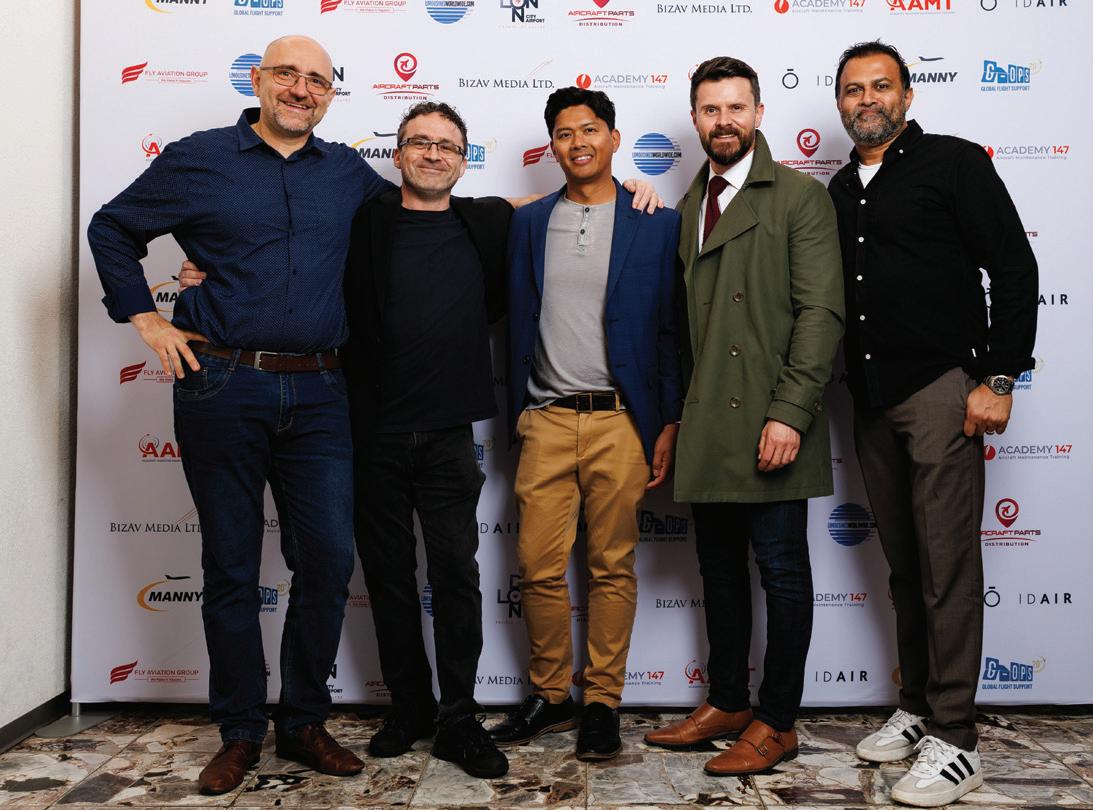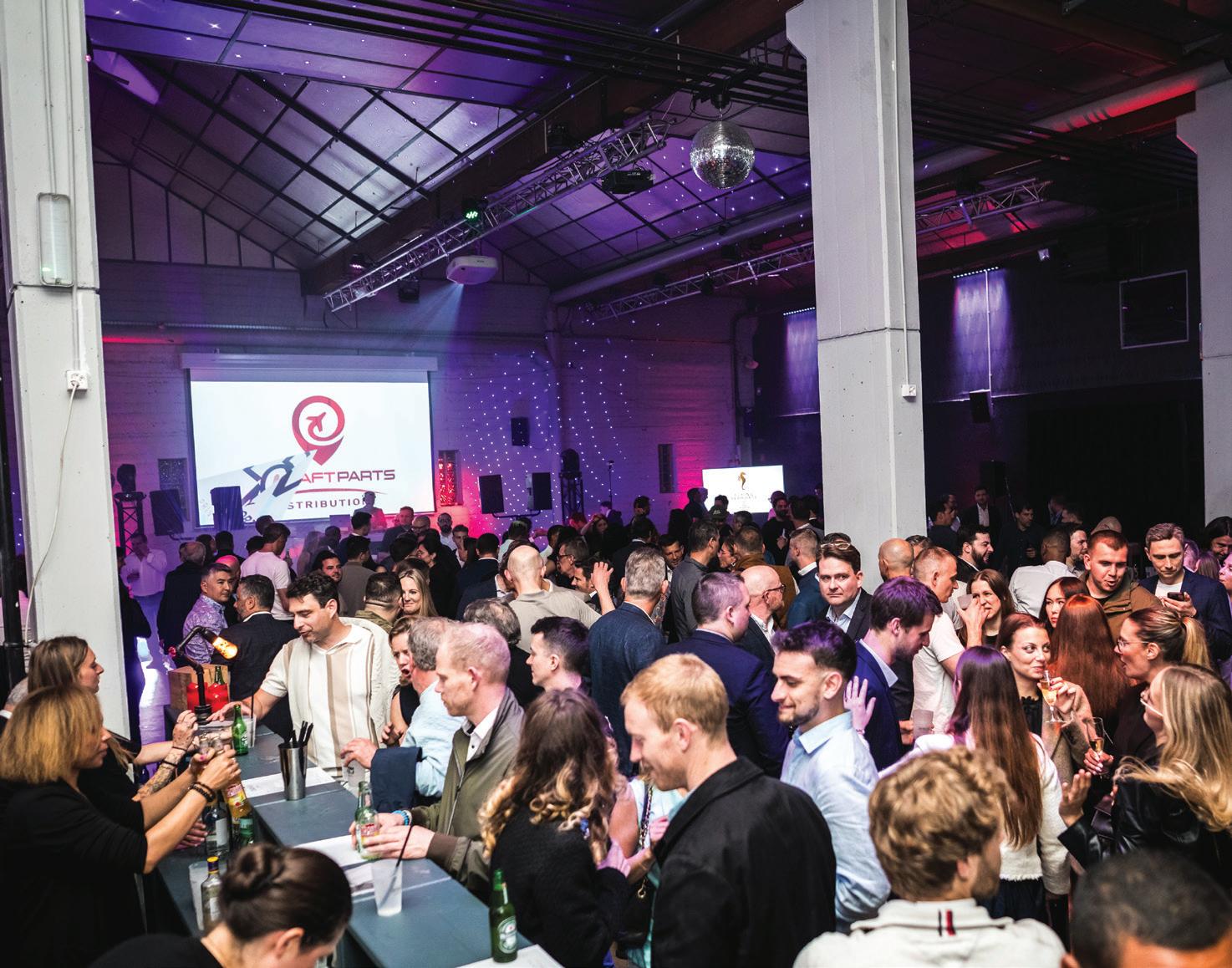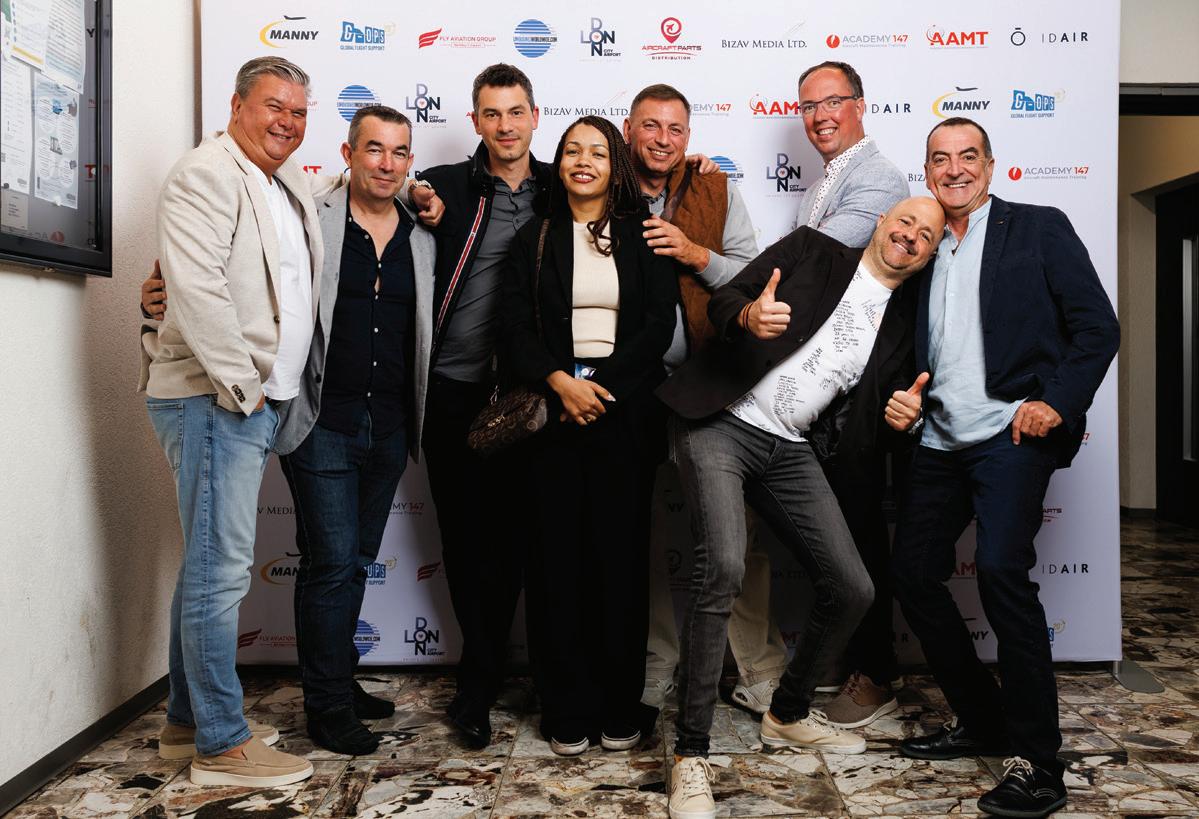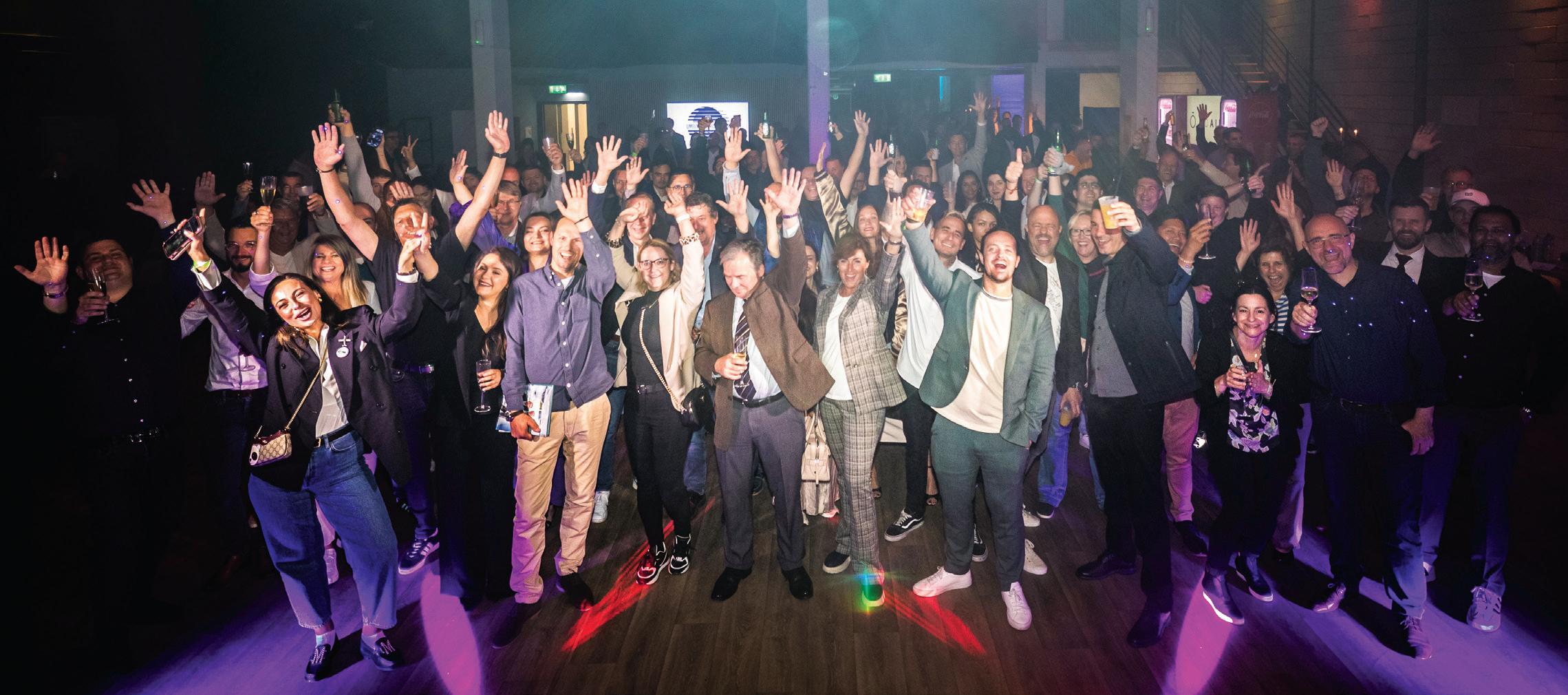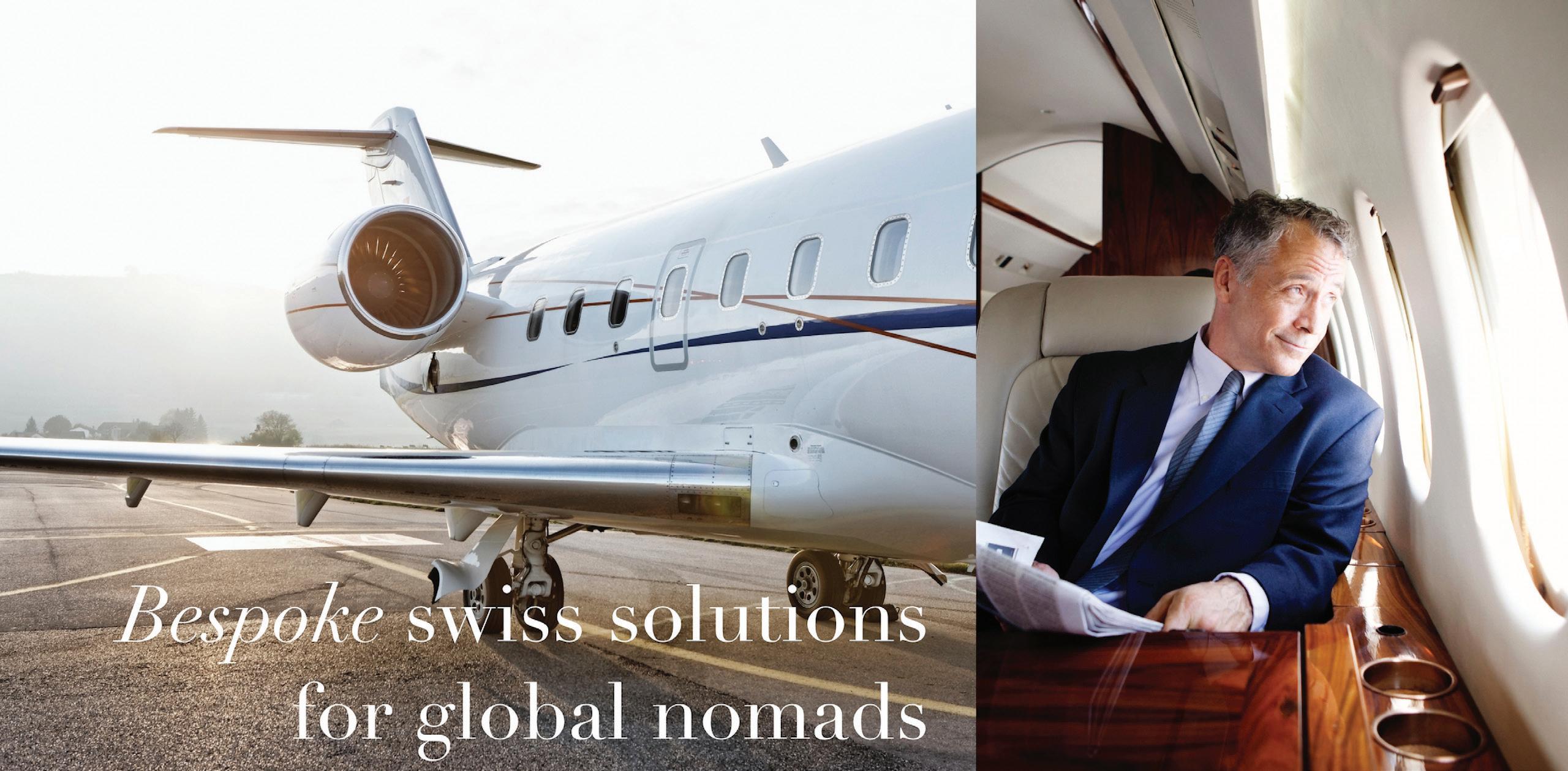
















AVIATION DESIGNER AND ENGINEER


















Business aviation stands to benefit significantly from provisions in President Trump’s Big Beautiful Tax Bill, particularly the restoration of bonus depreciation in federal tax law.
As Forbes notes, this offers a major incentive for businesses and individuals purchasing private jets. The rule allows the full value of an aircraft to be written off in the year of purchase — a sharp departure from the usual multi-year depreciation schedule.
This is expected to boost jet sales, especially among well-funded buyers. The larger the aircraft, the greater the tax saving, making this an attractive proposition and a likely growth driver for the sector.
Industry optimism is further supported by the recent EU–US trade deal that exempts aviation components from new tariffs. This ensures aircraft parts will continue to move tariff-free across the Atlantic, protecting supply chains, reducing costs, and encouraging cross-border cooperation.
At the same time, the business aviation sector continues investing in sustainability. Despite criticism over environmental impact, the industry is making strides through Sustainable Aviation Fuel (SAF) and other green innovations aimed at lowering emissions and improving efficiency.
We’re pleased to launch the BizAv Maintenance Conference 2025, taking place on September 4th at the Hilton Heathrow Terminal FIVE, Poyle Road, Colnbrook, SL3 0FF — a must-attend for anyone involved in business aviation maintenance.
The one-day event runs from 8:00 AM till late and is focused on the latest developments in BizAv maintenance. Attendees will include Technicians, Directors of Maintenance, Charter Operators, Part 145 Centres, CAMO, and Spare Parts Distributors.
Expert speakers will cover major topics including MRO trends, engine overhauls, training, safety, logistics, CAMO, connectivity, wide-body maintenance, and AI in aviation.
The conference is also a prime opportunity to network with industry leaders and stay ahead of emerging trends.
Sponsorship options range from Tabletop to full-feature packages covering Breakfast, Coffee Breaks, Lunch, Networking Drinks, and Delegate Bags.
Register now: www.bizavltd.com/bizav-conferences
For enquiries:
Max Raja – max@bizavltd.com
Roger Baker – roger@bizavltd.com
Zayn Raja – zayn@bizavltd.com
(0)203 865 3736
Join us this September for a high-impact day of insight, learning, and connection in the BizAv maintenance world.


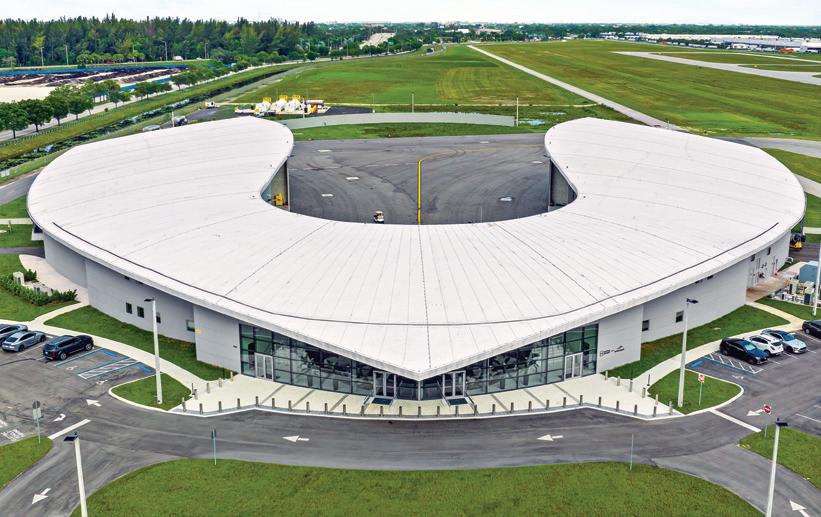
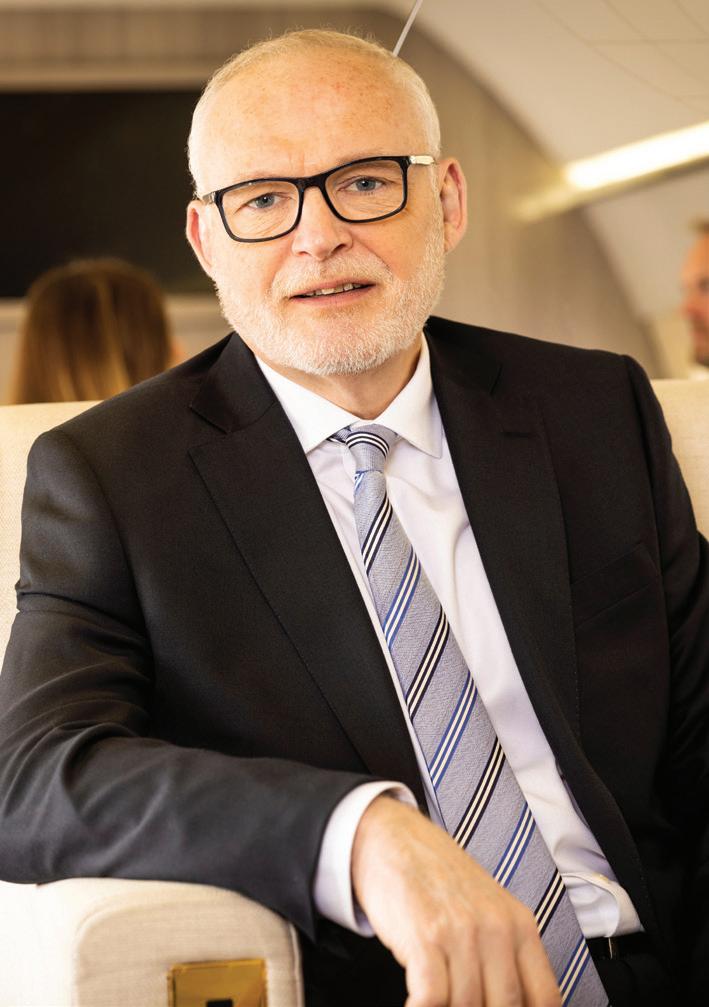
6
Designing a jet that’s hot
Sarah Mespelt Larranaga, a leading Aviation Designer and Engineer, on one of 2025’s most exciting aircraft design projects, the redesign of Paris Hilton’s G450
20 From the ground up
Embassair President Frank Devaux on bringing an iconic design to the Magic City
26 Global 8000 breaks the sound barrier
Matthew Nicholls, Senior Advisor, Public Relations and Communications, at Bombardier, on the pre-launch work on the Global 8000 business jet


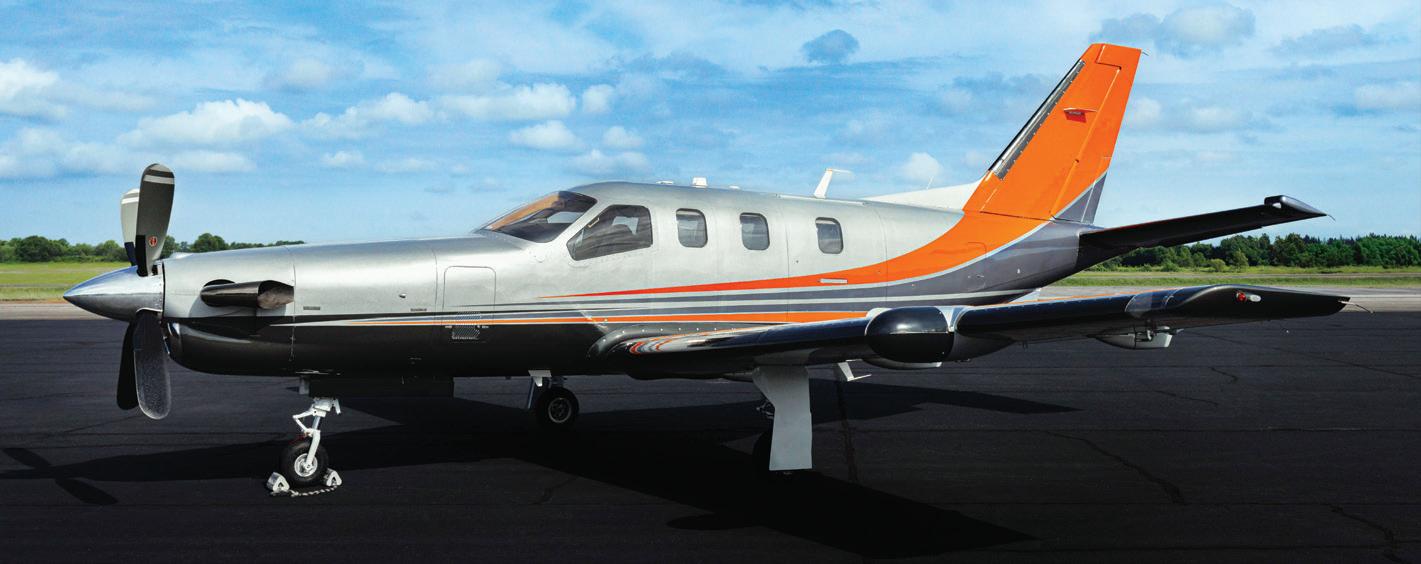
32 The brand of quality
Paul Norton, Managing Director at Harrods Aviation, on Harrods’ ambitions for 2025
38 A Premium boutique
Thomas Koehli, CEO of Nomad Aviation, and Thomas Gierlich, CEO of Nomad Technics, talk to Anthony Harrington about running their premium boutique aircraft management and MRO operations
44 Cessna Citation Gen3s: A new generation of travel
Lannie O’Bannion, senior vice president, Global Sales & Marketing, Textron Aviation, and Jimmy Beeson, vice president, Product Innovations, on the Cessna Citation Gen3s
50 For a special finish
Mark Glogouski, paint shop manager at Stevens Aerospace & Defense Systems, and Julie Voisin, Market Segment Manager at Sherwin-Williams Aerospace Coatings, on two of the paint shop’s latest successes
For a special finish
58 Protection matters
Christelle Labeyrie, Chief Operating Officer & Group Board Member, Aelia Assurances, on navigating the complexities of aircraft insurance
62 Room for all Aéroport Biarritz-Pays Basque’s iconic Hangar H8
68 Supporting the sector
Nick Copley, President of SherpaReport, on how the digital hub directly supports growth
72 Making referrals happen
Brian Gonzales, CoFounder & CEO of the UHNW referral platform, WealthQuotient
76 EBACE 2025 Networking Party
Photos from the event


Skylink Services Ltd is part of the Skylink Group of Companies. The company is well-established and provides ground handling services for General Aviation Aircraft in Cyprus. We began operations in 1992, filling the gap in the Executive Aircraft ground handling market, at both international airports of Cyprus, Larnaca and Pafos.

P.O.Box 43012, CY 6650 Larnaca - Cyprus
T: +(357) 24 84 09 00 • F: +(357) 24 66 58 05
E: flightops@skylink.com.cy




T: +(357) 24 64 33 34


F: +(357) 24 64 35 99




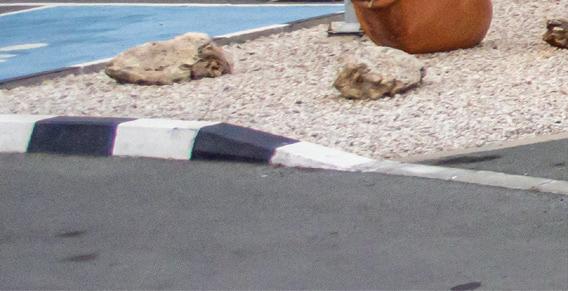
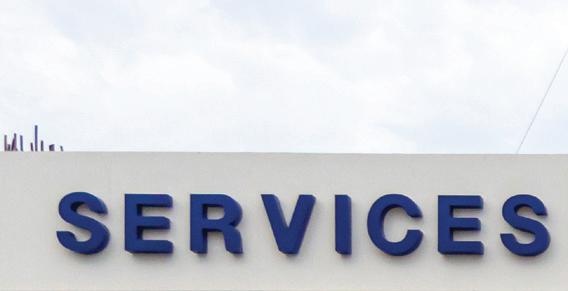


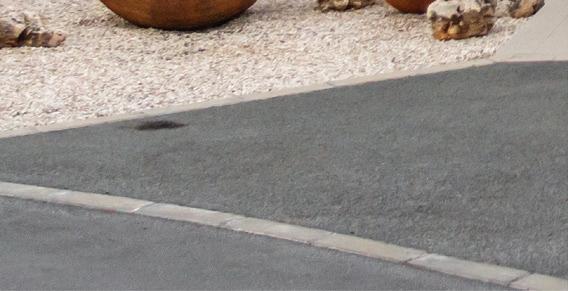

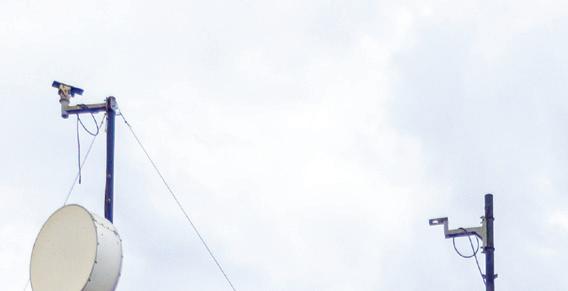







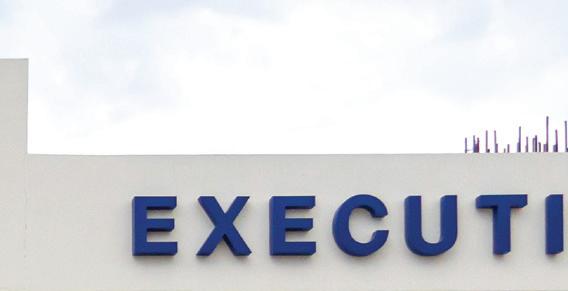





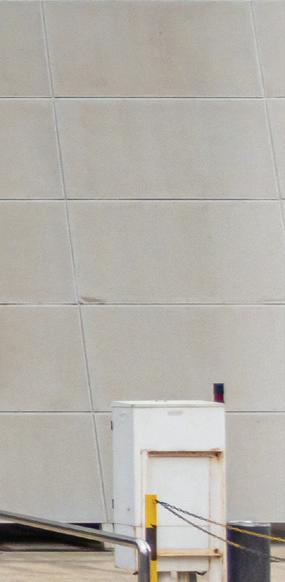






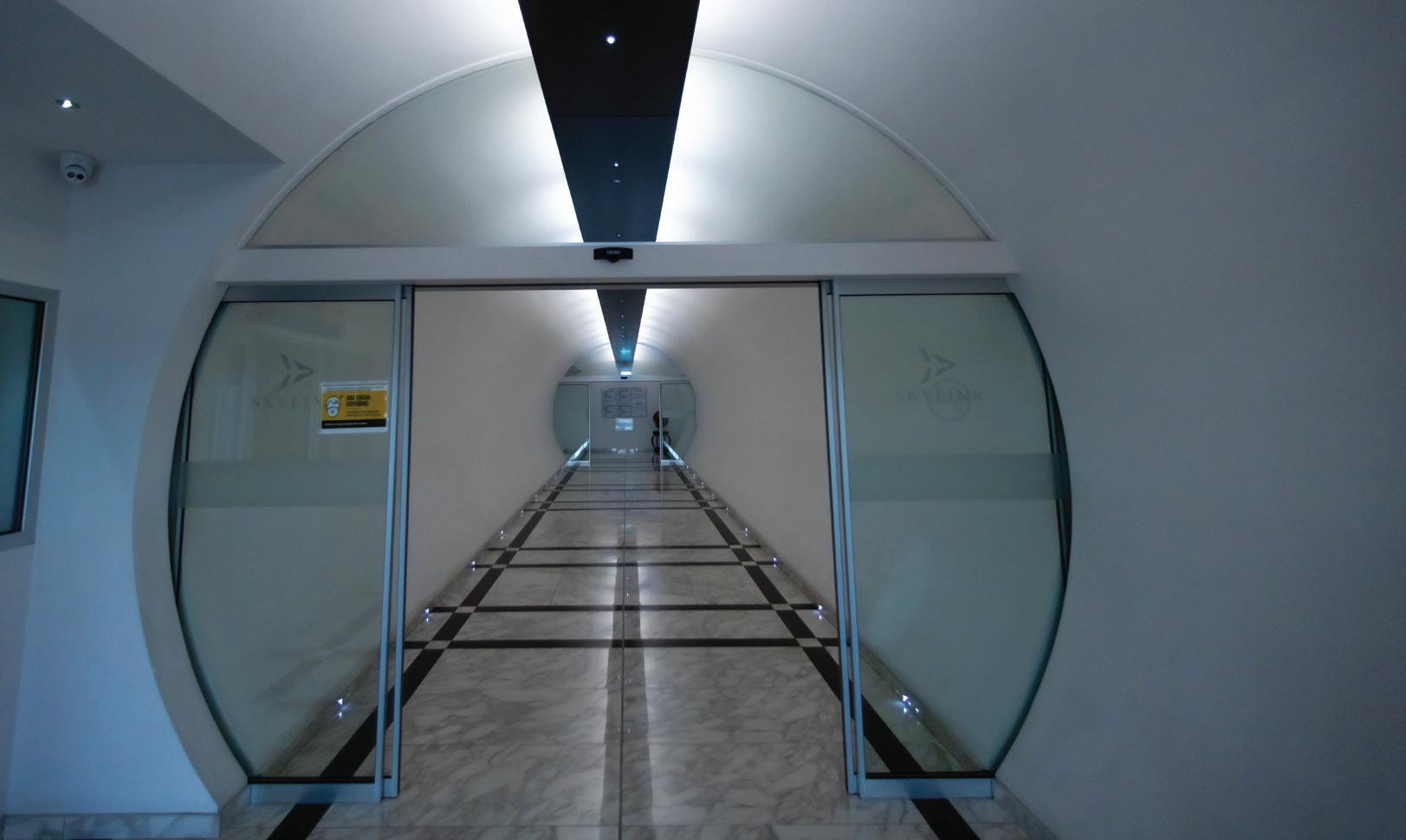
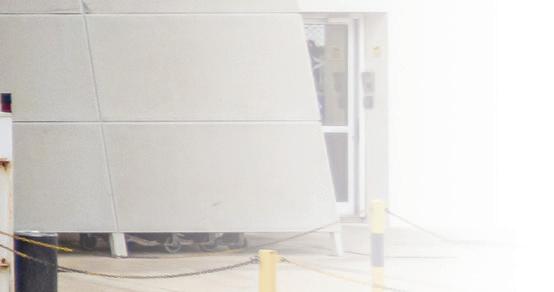












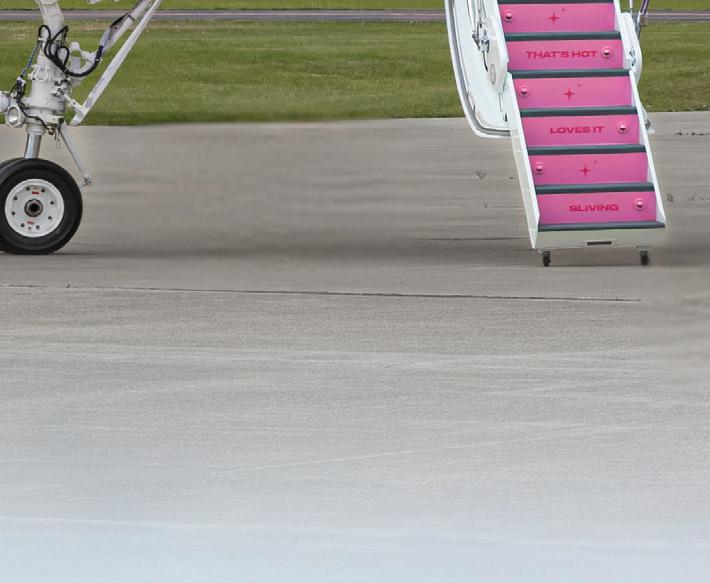
Sarah Mespelt Larranaga, a leading Aviation Designer and Engineer, talks to Anthony Harrington about one of 2025’s most exciting aircraft design projects, the redesign of Paris Hilton’s G450

AH: Sarah, before we talk about your amazing redesign of the G450, let’s quickly look at how you first got into aircraft design.

SML: By trade I began my aviation career path at Gulfstream aerospace in Savannah Georgia as my education and instruction in Interior Design and Civil Engineering had strongly led me toward a path of Aviation Design and project management. Those two strengths give me a unique advantage when working on the design for a new aircraft interior. The integration of the creative and analytical sides often leads to the best solutions.

“ I have been representing clients for over 18 years now in the fields of aviation design and project management.”
Sarah Mespelt Larranaga










My interests took me into working on bespoke business jet interiors. In this, I focused on innovative avionics, interior and exterior tailored designs, schedule management and quality assurance. I have been representing clients for over 18 years now in the fields of aviation design and project management.
In the process, I have collaborated with many high-end design houses and worked with clients all over the world, on aircraft ranging from Gulfstreams, Bombardier Globals and Dassault Falcons, to Boeing and Airbus.


AH: What are your goals when you take on a new project?
SML: I am very focused on ensuring that the investment that owners make in their aircraft will bring them tremendous satisfaction while extending the useful life of the aircraft. In the process, I and the build facility I choose ensure that the core values of premier quality, innovation and customer satisfaction are followed. I pay meticulous attention to detail to achieve the highest quality on my interior and exterior design completions.


“ Sarah didn’t just design a jet—she told a story. Every touch, every texture, every color in Sliv Air has her signature creativity stamped on it.”

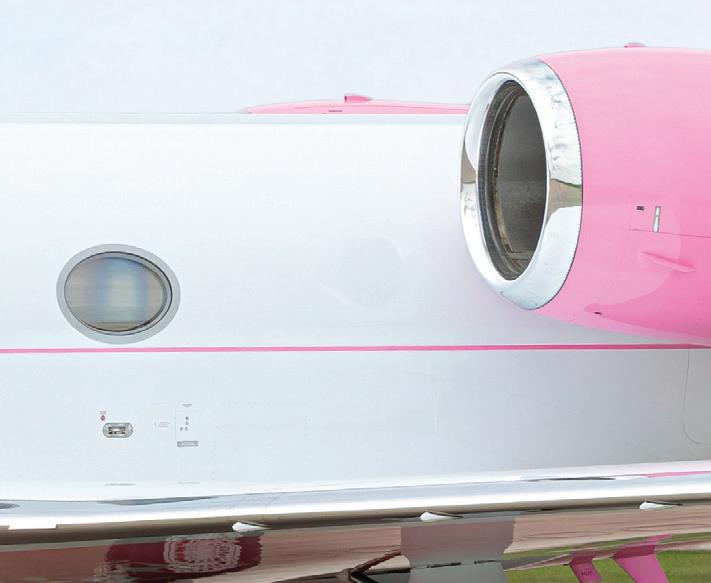
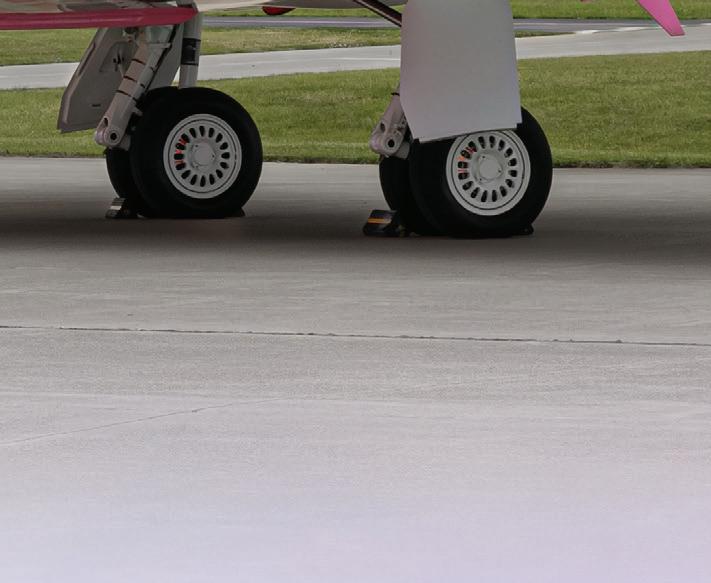


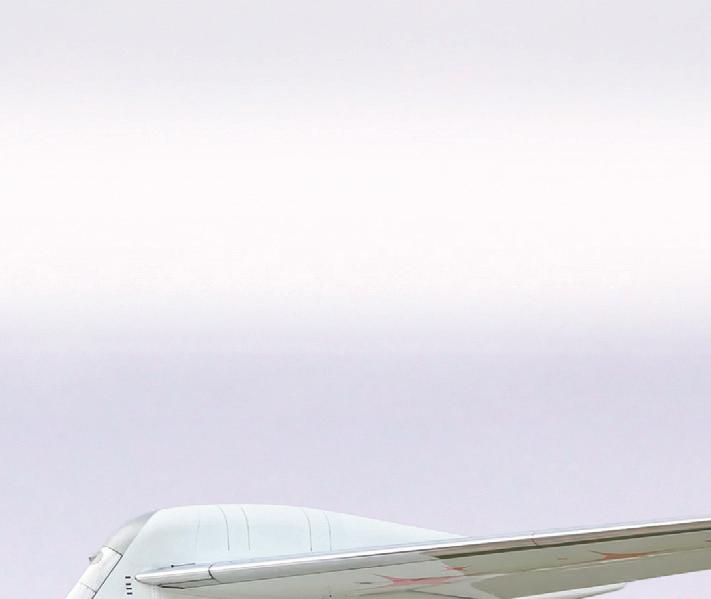


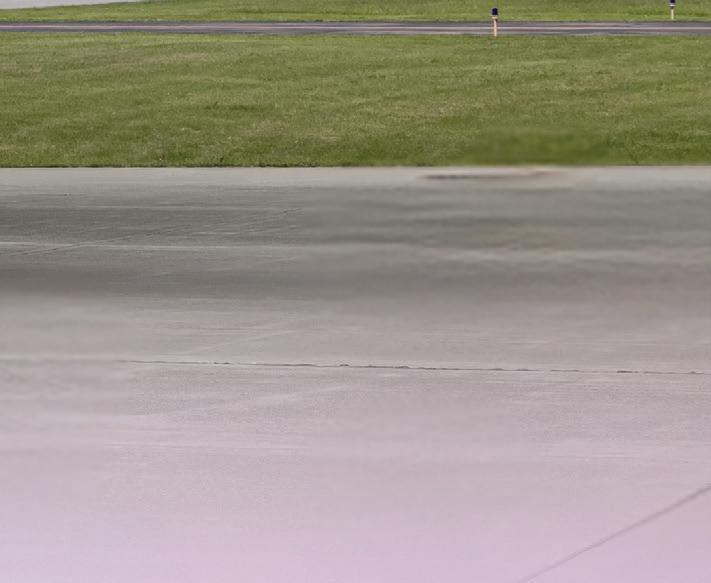





When you see a top-quality, bespoke aircraft interior that has been meticulously achieved, it is the ultimate in luxury. What we do is tailored and designed to fit each client’s unique taste and usage. I want clients to benefit from my expertise while reducing costs.


AH: How did you become involved in the redesign of Paris Hilton’s G450 and how much of a free hand did you have in imagining the design?
SML: The client was referred to me, and I was elated





to take on the project as a fun and imaginative challenge. The project began in June 2024 and was completed within a year.
I worked closely with the team, as Mr Reum purchased this aircraft as a gift for Paris, and we wanted to make it truly exceptional. There’s a sparkle in everything Paris does, and we wanted to ensure this aircraft was no exception. I took a unique direction—drawing inspiration from Paris’s iconic brand, signature colors and logos.















“ Mr Reum purchased this aircraft as a gift for Paris, and we wanted to make it truly exceptional. There’s a sparkle in everything Paris does, and we wanted to ensure this aircraft was no exception.”
Sarah Mespelt Larranaga
AH: What kind of partitioning or split of the G450 body did you look at?
SML: The aircraft is divided into a forward and aft cabin. With the G450, we are dealing with a cabin length of 40.4 feet and a width of 7 feet four inches. That gave us a very nice floor space to play with and customize to suit the clients travel needs. On the seating side, this aircraft has a Club4 configuration with two additional seats across from a Credenza followed by the aft cabin with two divans.
AH: Did you strip out the original design and fittings?
SML: Yes, we ripped the existing aircraft interior down completely, right down to the bare bones. Paris’s husband Carter wanted this gift to be as iconic as his wife and to be finished to the highest quality. We refined design and pre-










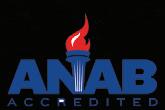


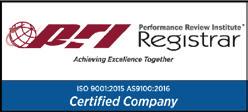
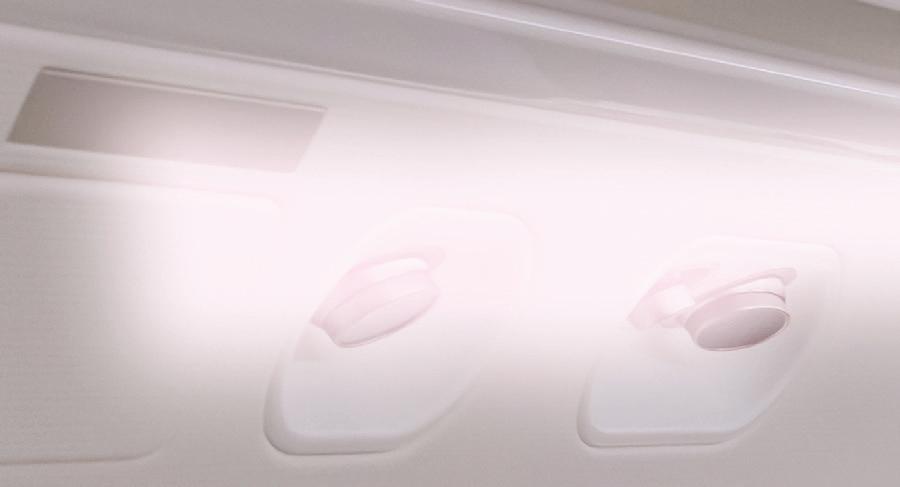
“ Her vision made Sliv Air a masterpiece. It’s bold, it’s luxe, it’s a vibe—and that’s all because of Sarah’s genius.”
Paris Hilton
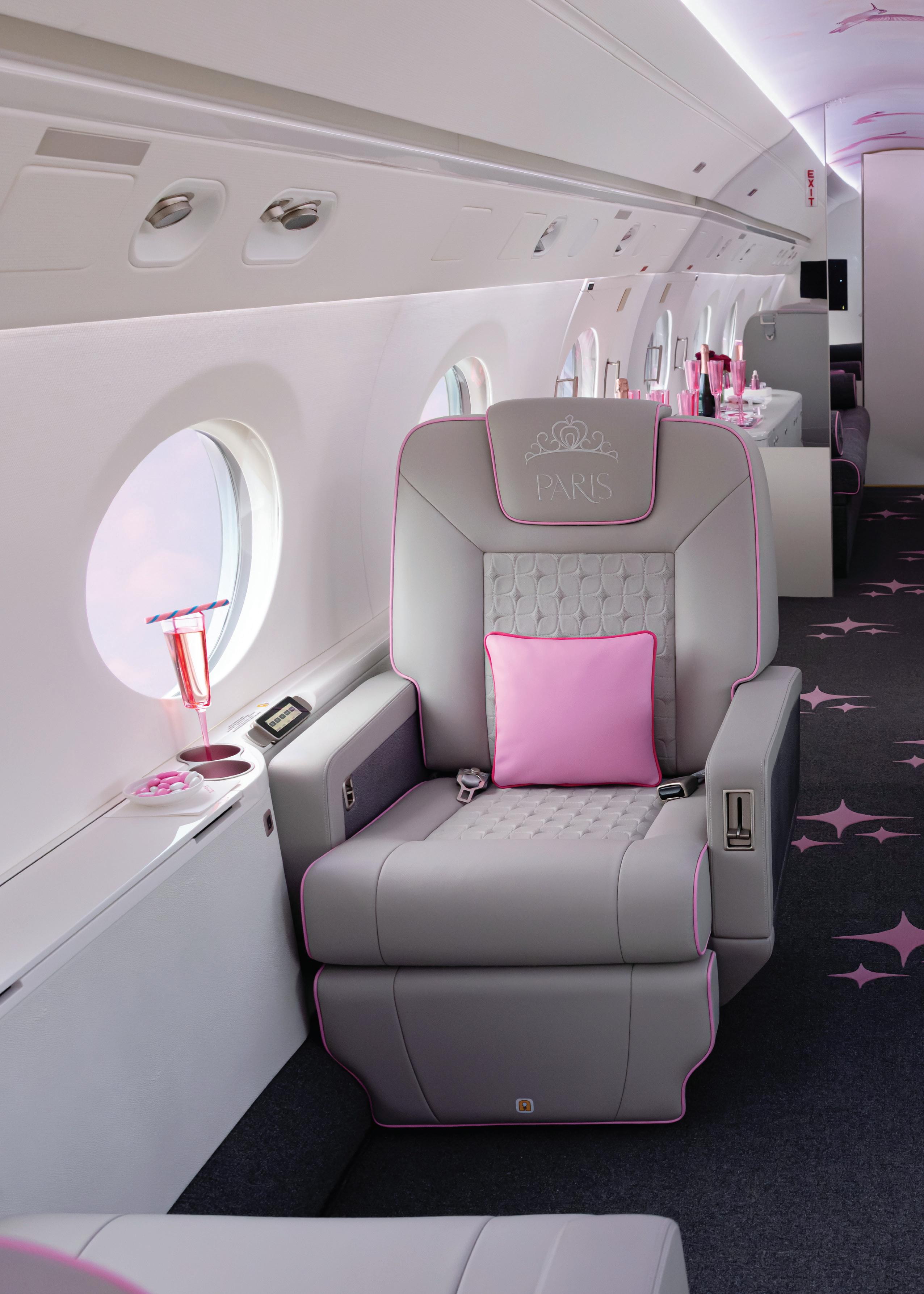



“ When you see a top-quality, bespoke aircraft interior that has been meticulously achieved, it is the ultimate in luxury. What we do is tailored and designed to fit each client’s unique taste and usage.”

Sarah Mespelt Larranaga





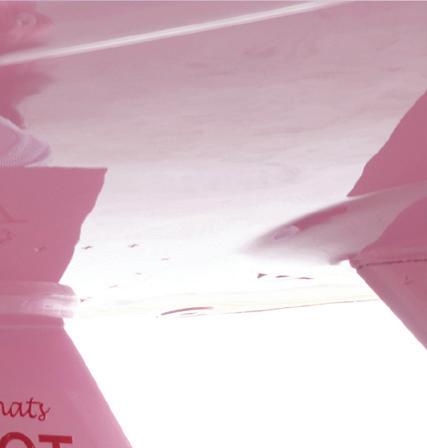
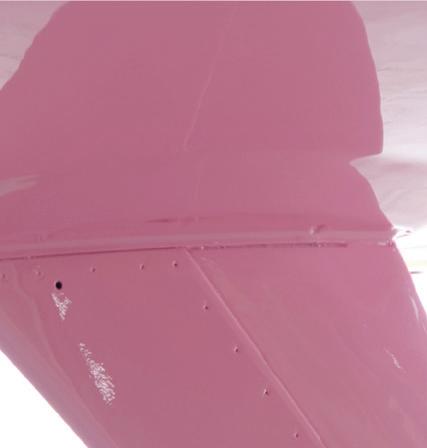


ordered equipment to minimize downtime for the first 7 months and did the refurbishment for 4.5 months at Standard Aero in Springfield Illinois.

This is a preferred location for me for over 15 years since I consider it to be the best cabinet shop in the market and also the best for exterior paint. When you design projects and manage completions then quality is everything. Standard Aero checks every box from upholstery, to finish, exterior paint, latest and greatest avionics, sales support and program management.



When the client acquired the aircraft, we knew we wanted the latest and greatest technology and materials, so we made sure to modernise the aircraft by equipping it with the top of the line cabin management and entertainment systems. We chose a highly elite system from Cabin Management Solutions out of San Antonio Texas.






“ For the best custom fit for lighting we selected PRIZM Aircraft Lighting with 8 shades of custom pink lighting.”


CMS’s next generation EMPIRE, EVOLVE, ELEVATE and EXPLORE entertainment













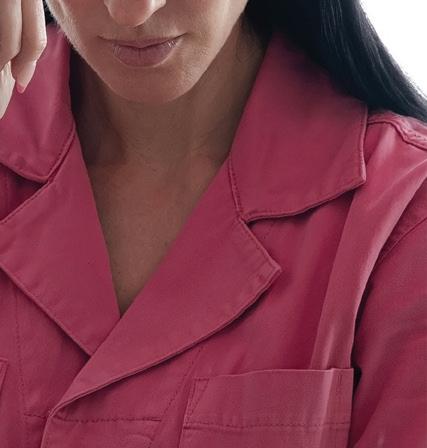
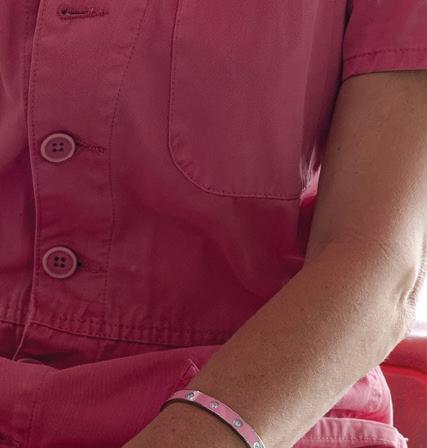






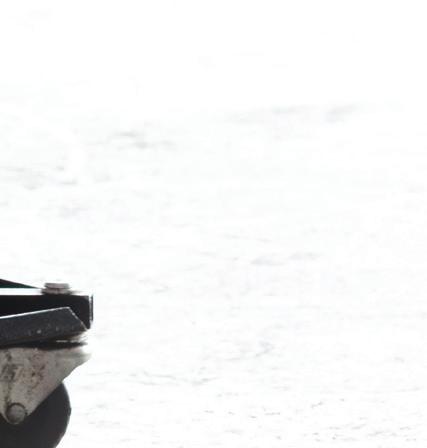






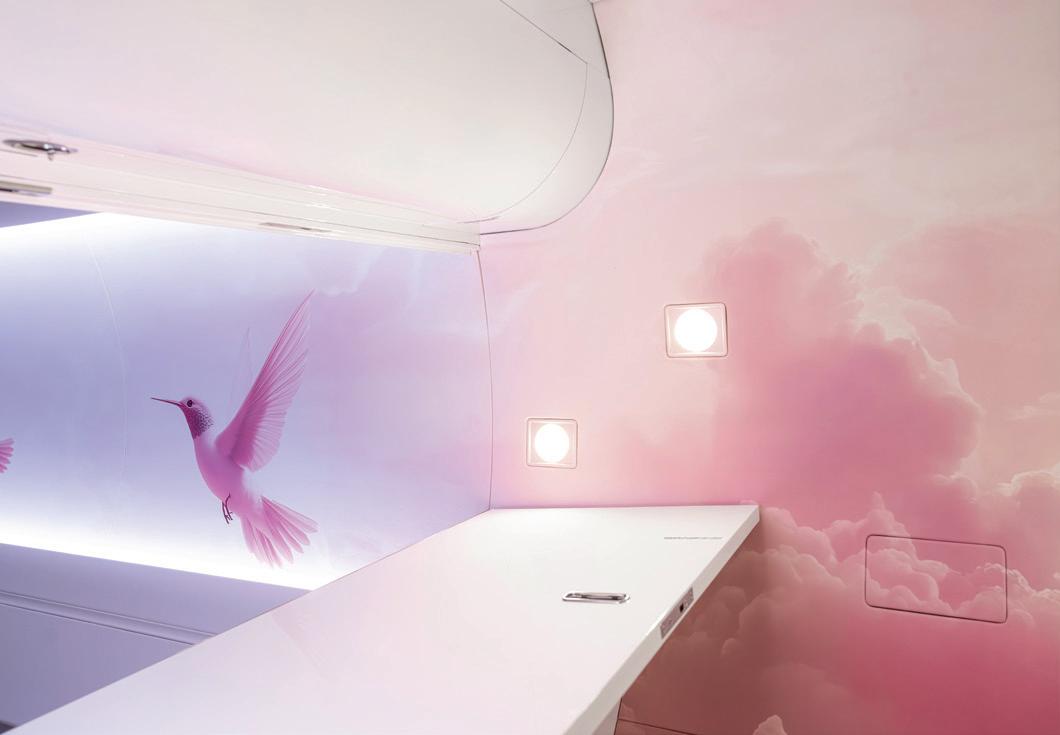
solutions change the client experience on not only lead time, but also on cost, software development and functionality.
For the best custom fit for lighting we selected PRIZM Aircraft Lighting with 8 shades of custom pink lighting. We chose the Alto sound system so that the party never stops and the Starlink High Speed Internet, the fastest system in the sky available both domestically in the USA and overseas.
So, all this was a big part of turning the pre-owned jet into a completely new jet for Paris and her family. We gave her exactly
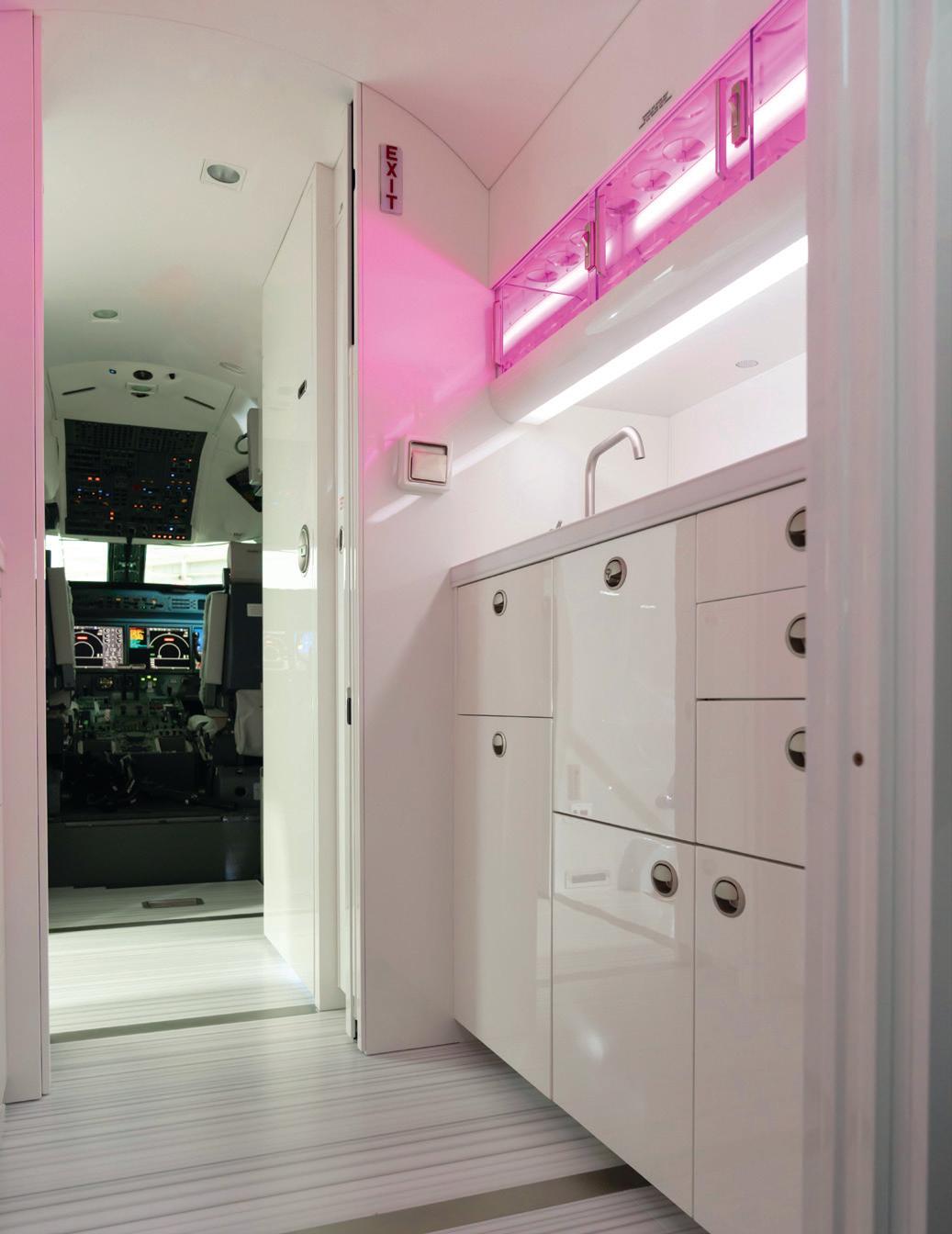
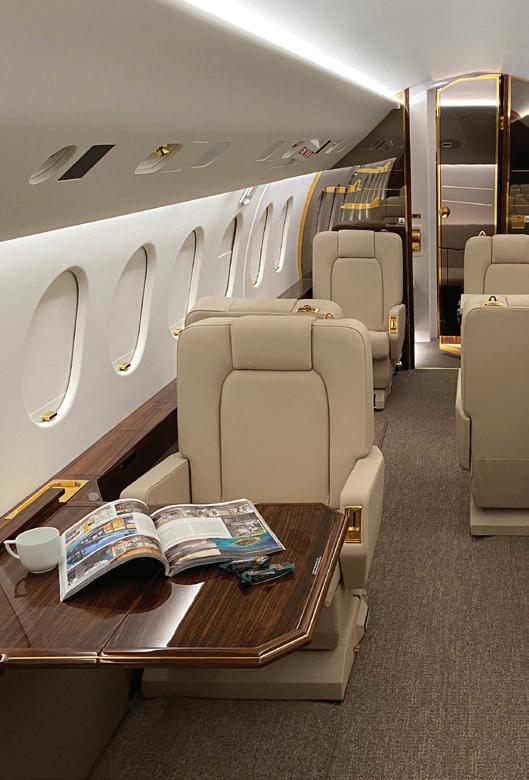

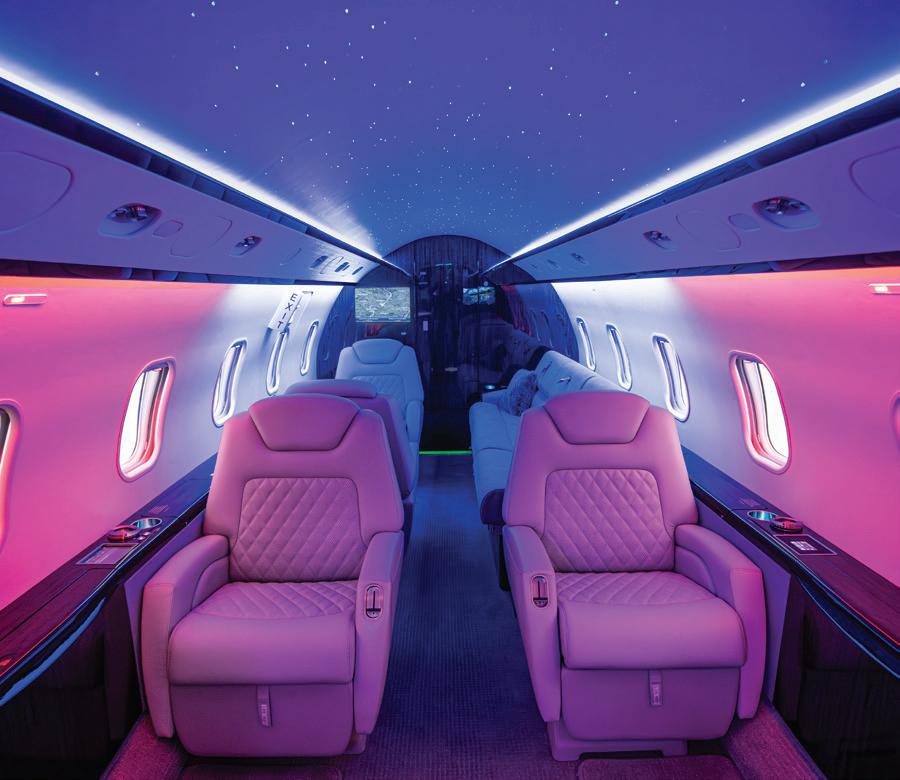




the materials, fabrics, systems and colors that she wanted, and it was a tremendous thrill for us to put it all together.
AH: I imagine you prefer projects where you can completely strip down an aircraft and redesign the interior from scratch?
SML: Absolutely. However, we often get clients who simply want to take advantage of their aircraft being grounded for MRO work, in order to refurbish the seats, for example, or change the carpets. That is always a challenge as to how best to integrate the new with the old. When you can start with the bare bones, you can really make the aircraft look and function like a brand new next generation jet vs a pre-owned.
AH: What attracted you to the CMS Cabin Management Solutions IFE system?
SML: When it comes to luxury travel, Paris Hilton knows the difference between standard and exceptional. The clear choice was to upgrade her aircraft with CMS’s fully integrated digital cabin platform. She was quick to praise the transformation.
From EMPIRE®’s uncompressed 4K video and EXPLORE®’s immersive moving map to the effortless control of EVOLVE®,

the system delivers a level of refinement and responsiveness that redefines what’s possible in the air. The video quality is unreal— It is like having a private 4K theater in the sky. The moving map is stunning and interactive, and the cabin controls are so intuitive it feels like the aircraft responds to you. It’s seamless, elegant, and exactly what you would expect from a truly modern jet.
AH: Did you choose new seating or keep the previous seat frames?
SML: We kept the original seat frames, but we were free to choose the upholstery style and manufacturer. One of the leading upholstery shop’s in the world is C & CT Ventures out of Dallas, Texas. We shipped the seats to their team and we came up with a very special and personalized seat design specifically for Paris with custom quilted inserts from Aeristo Leather which were completely top notch. The seats are delicately traced with the never before used custom color “Paris Sparkle Pink” leather from Garrett Leather which can also be seen through the aircraft on divans, pillows and cup inserts.
The carpet is also a huge feature. We incorporated Paris’ trademark sparkle and we had Tai ping carpets carve that signature sparkle pattern into the carpet from the front to the aft, to create a more playful yet artful effect.

“ I’ve flown with a lot of systems, but CMS Cabin Management is on another level. It’s not just luxury—it’s smart, seamless, and beautifully executed. The cabin controls are a game changer! Loves it!”
Paris Hilton



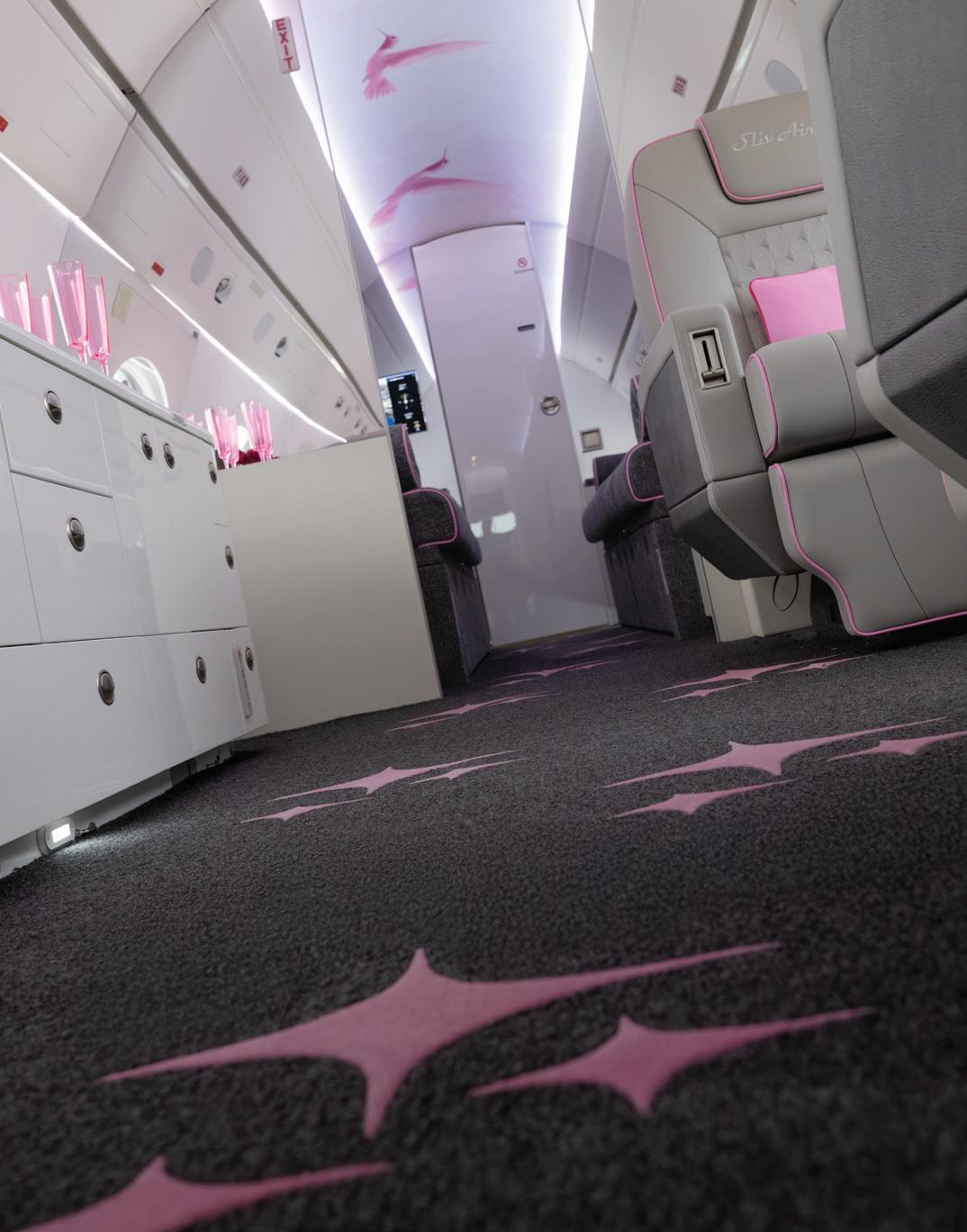
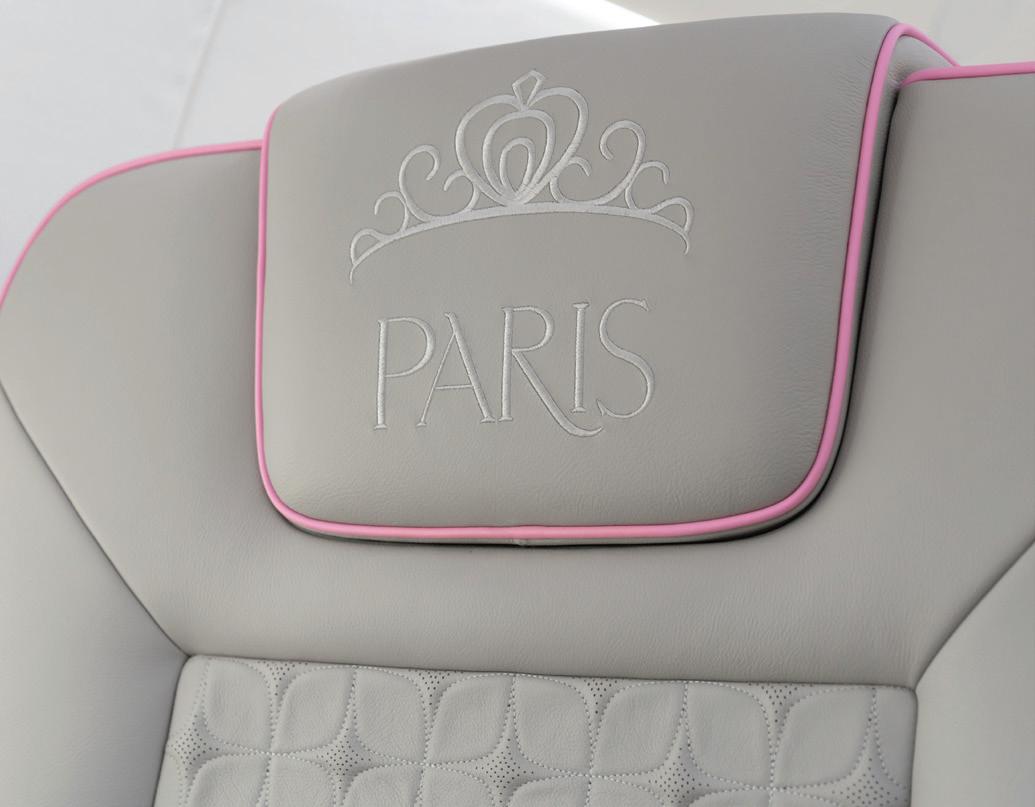
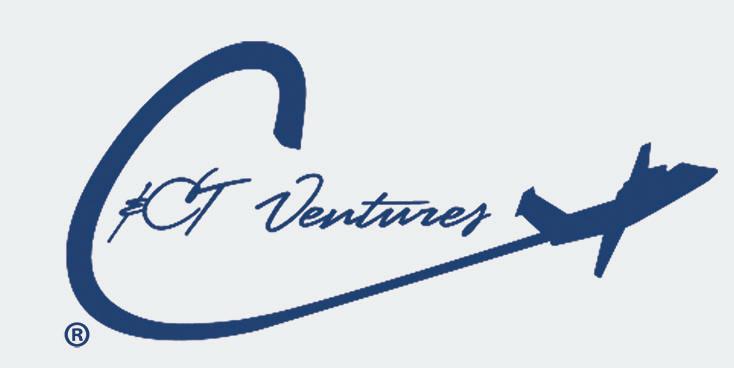


“ I’m so happy we trusted StandardAero. They brought their A-game…the quality, attention to detail and an elite team who had such passion and dedication to bringing SlivAir from vision to life. Absolutely iconic work.”
Paris Hilton





Introducing Cielo, the next generation of premium aviation leather. Crafted to meet the highest standards of sustainability, luxury and performance, Cielo redefines in-flight elegance for clients who demand both uncompromising quality and environmental responsibility.
Visit garrettleather.com to request samples.





AH: You said the project took a year. That is quite fast for a complete strip down, isn’t it?
SML: Absolutely. We spent 6-7 months on the design and planning stages followed by the actual rebuild and refitting. In a job like this you want to monetize your time by ordering equipment early, along with any long lead time materials. We were able to pre-plan every custom material, such as the humming bird headliner from Tapis Corporation who is a leader in high quality aviation products. This eccentric and tailor-made headliner is the perfect union of luxury and creativity.



AH: How did the project feel for you personally?

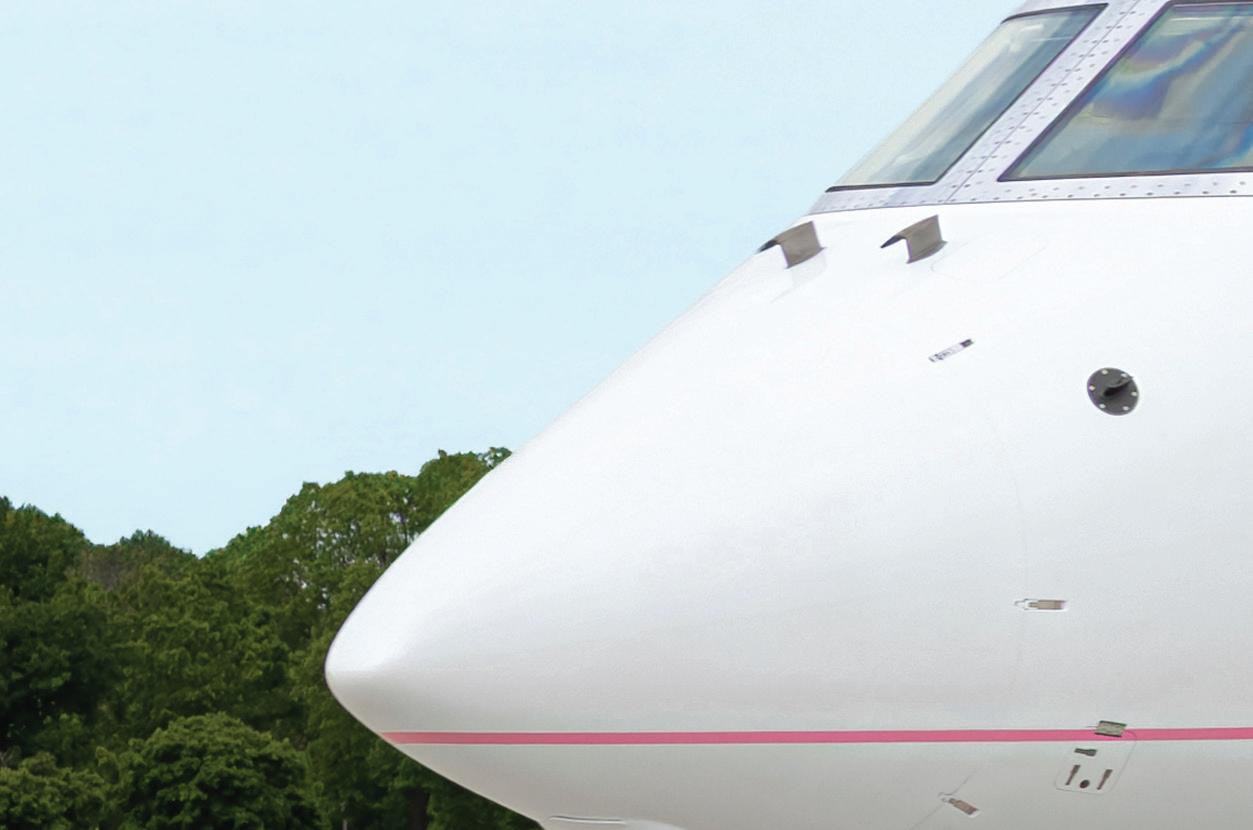
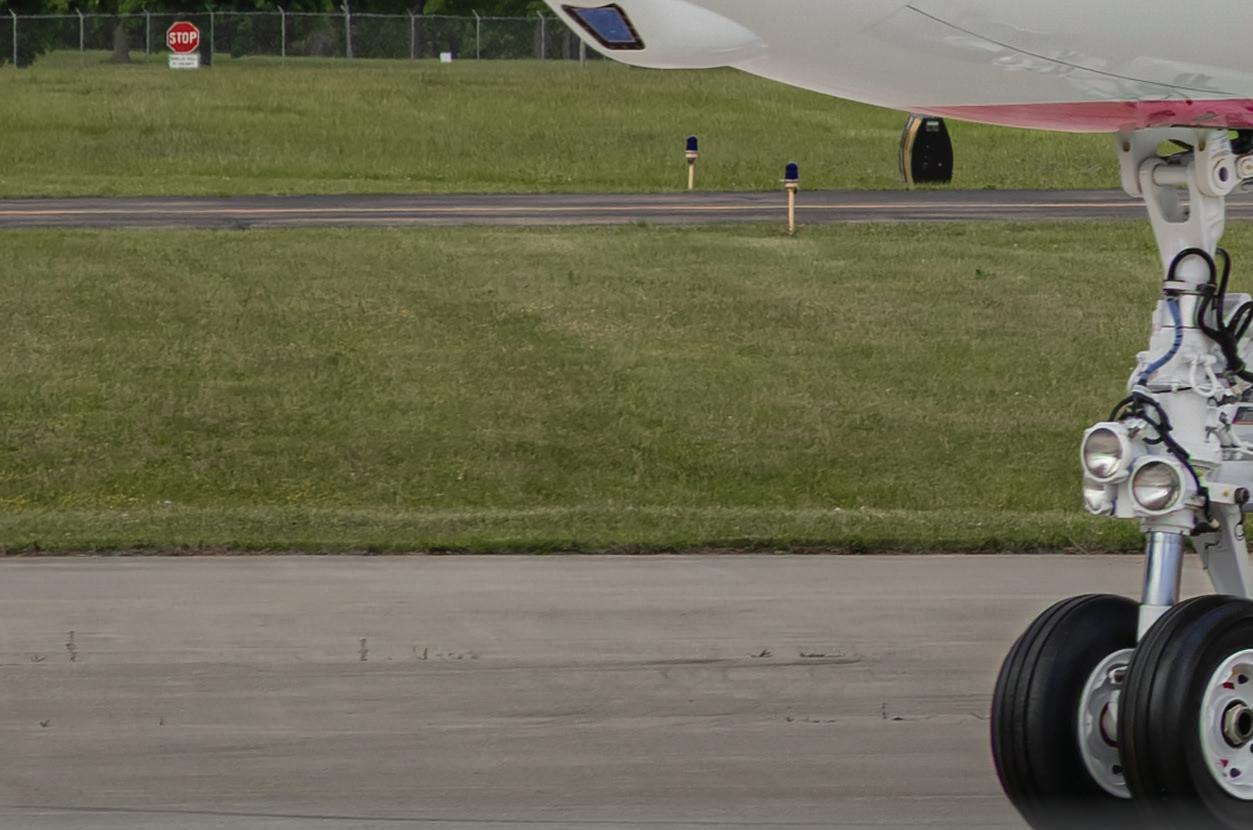



SML: It was an absolutely remarkable project from beginning to end. Whenever I do a project, I take a very hands-on approach to it. I am in constant communication with all the vendors involved in the project. As it nears completion, I am on-site every day. There are so many details to follow up on and ensure that everything is done to meet the client’s expectations.
The real key point that can’t be overlooked is that whatever design you and the client come up with, it has to result in










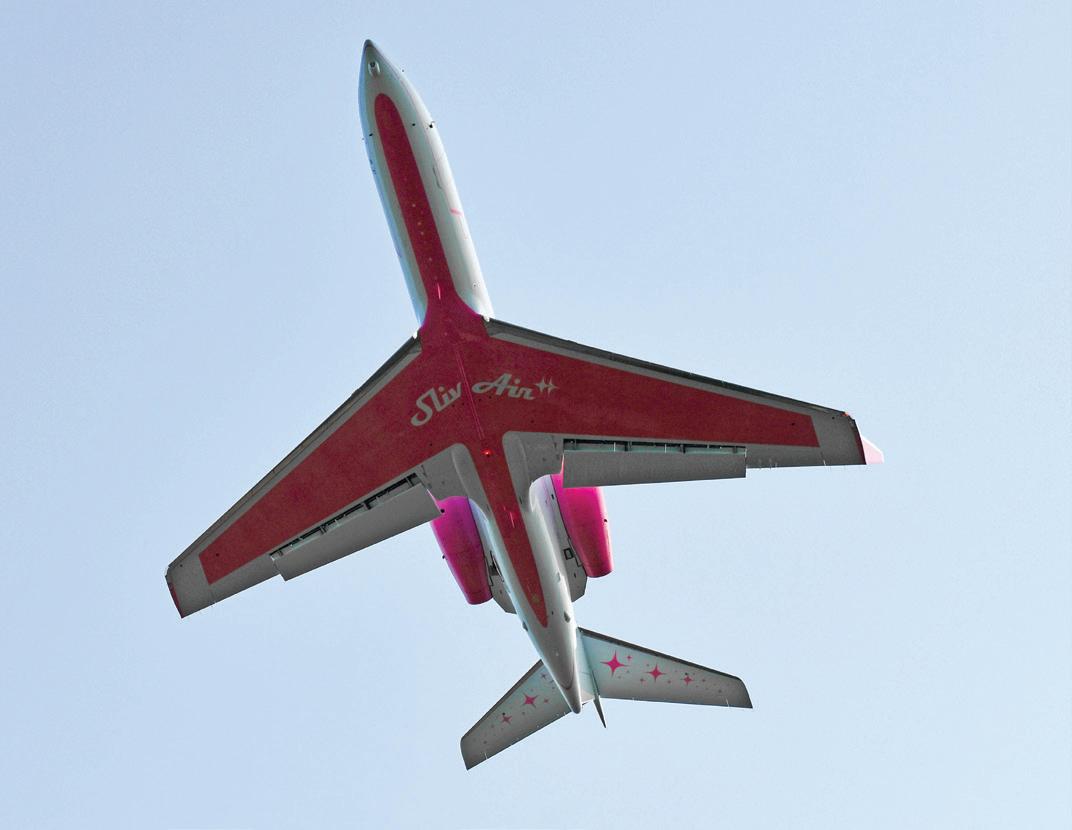
the jet being really user-friendly and finished to the highest quality. We had a truly amazing collection of vendors who helped to make this project a success.
Because each client is so important, I was determined to ensure that we called on the leading vendors available in private aviation. They did more than come up to expectations; they knocked it out of the park. What is important







is that the suppliers do not always get the attention or notice they deserve. It takes a full team effort to make a project like this possible. Without the vendor support, nothing would happen. |BAM

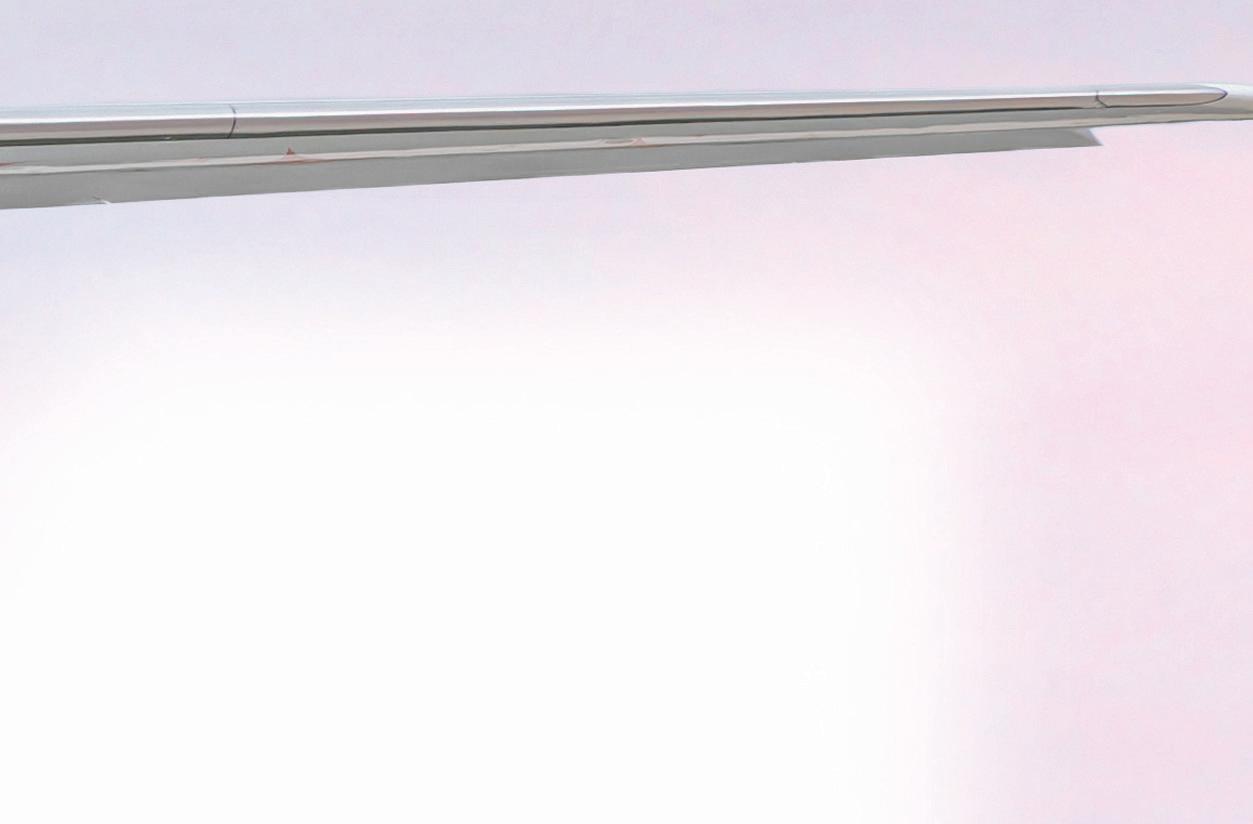
“ Because each client is so important, I was determined to ensure that we called on the leading vendors available in private aviation. They did more than come up to expectations; they knocked it out of the park.”






An interview with Frank Devaux, President of Embassair, on the new Miami
Q: Can you provide us with the background history to the present FBO, why here, why the current outstanding design and what led to the choice of the designer?
FD: The Devaux group originally specialized in developing high-tech security devices and processes, primarily for the banking sector. Notably, we pioneered the ink-dye cash transport case, designed
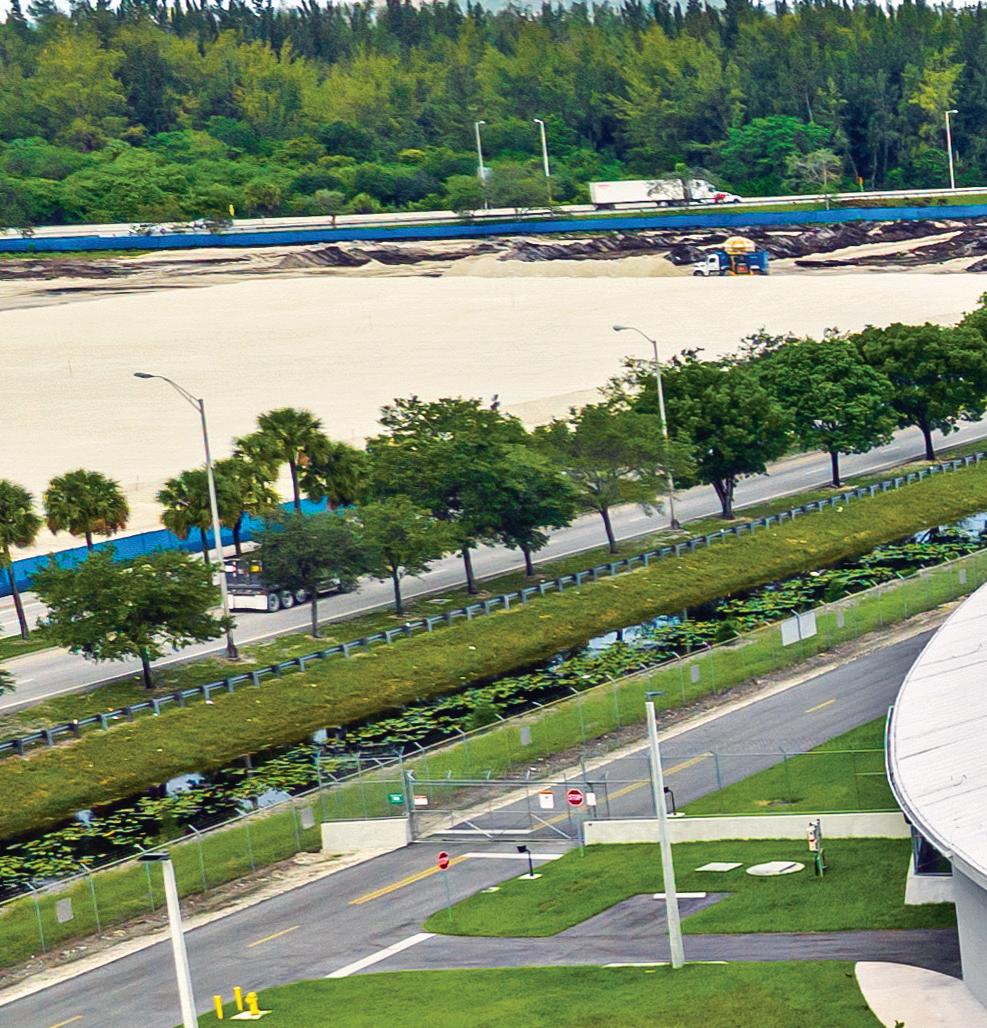


by my father, which stains banknotes in the event of a robbery attempt. This device is still in use today by approximately 70,000 bank branches worldwide. We later expanded our expertise into embedded chip technology and biometric systems.
More significantly, we founded and operated Proteus Airlines, one of the largest regional airlines in France, with a fleet of 40 aircraft and over 300 pilots. Partnering with Delta,
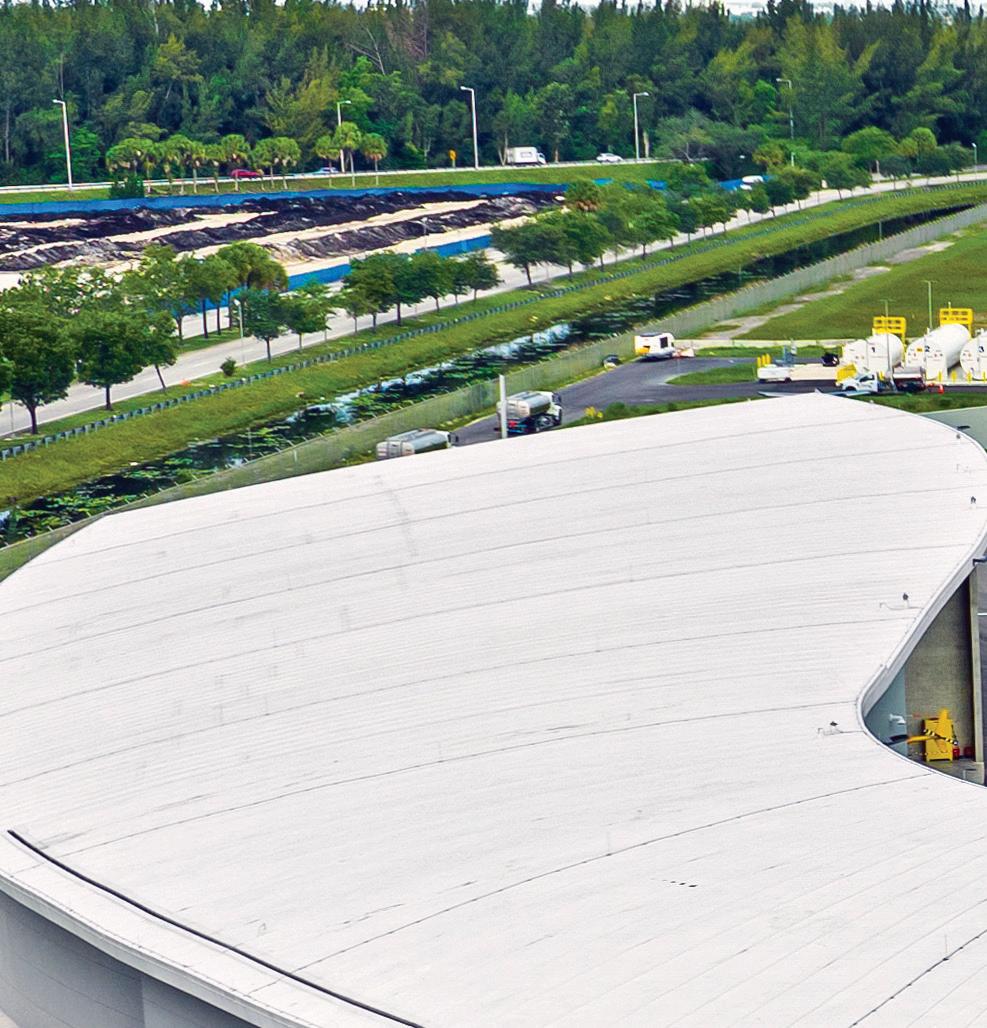
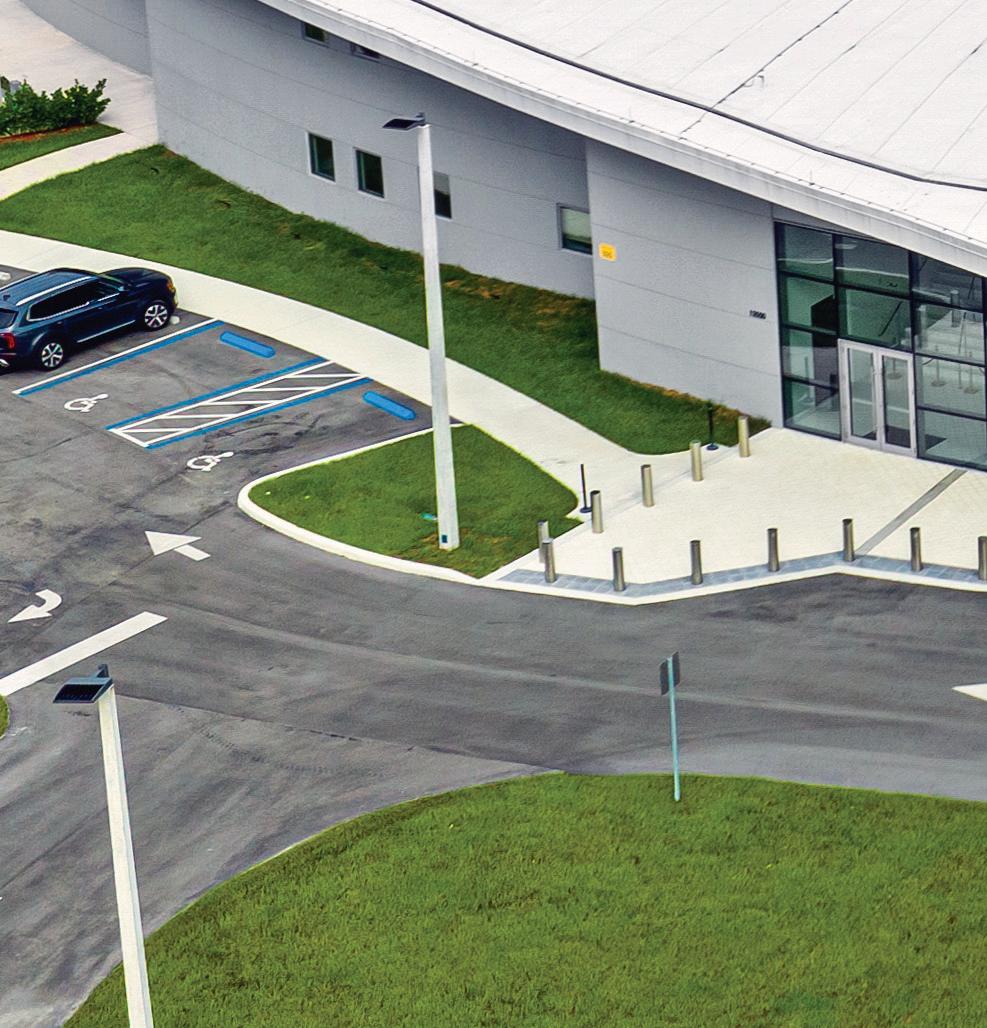



“ “We grounded our vision on several key pillars: most visibly, the state-of-the-art horseshoe-shaped terminal, designed by renowned architect Jacques Rougerie. This iconic design is paired with proprietary equipment, exclusive processes, and patented technologies. We believe this environment enables us to deliver the highest levels of service and hospitality our discerning clientele expects.”
Frank Devaux, President, Embassair
we were among the first airlines to launch an early codeshare initiative. The venture was eventually acquired by the Air France-KLM Group in the early 2000s.
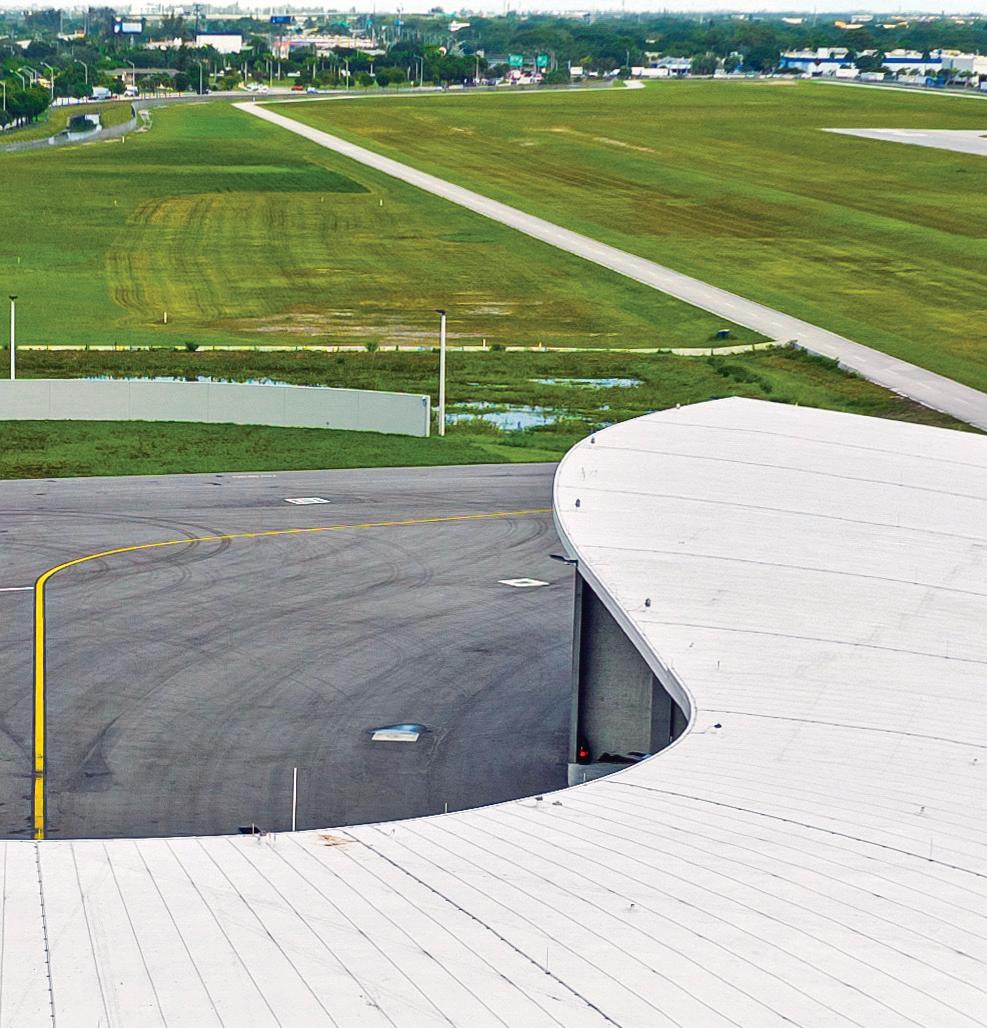
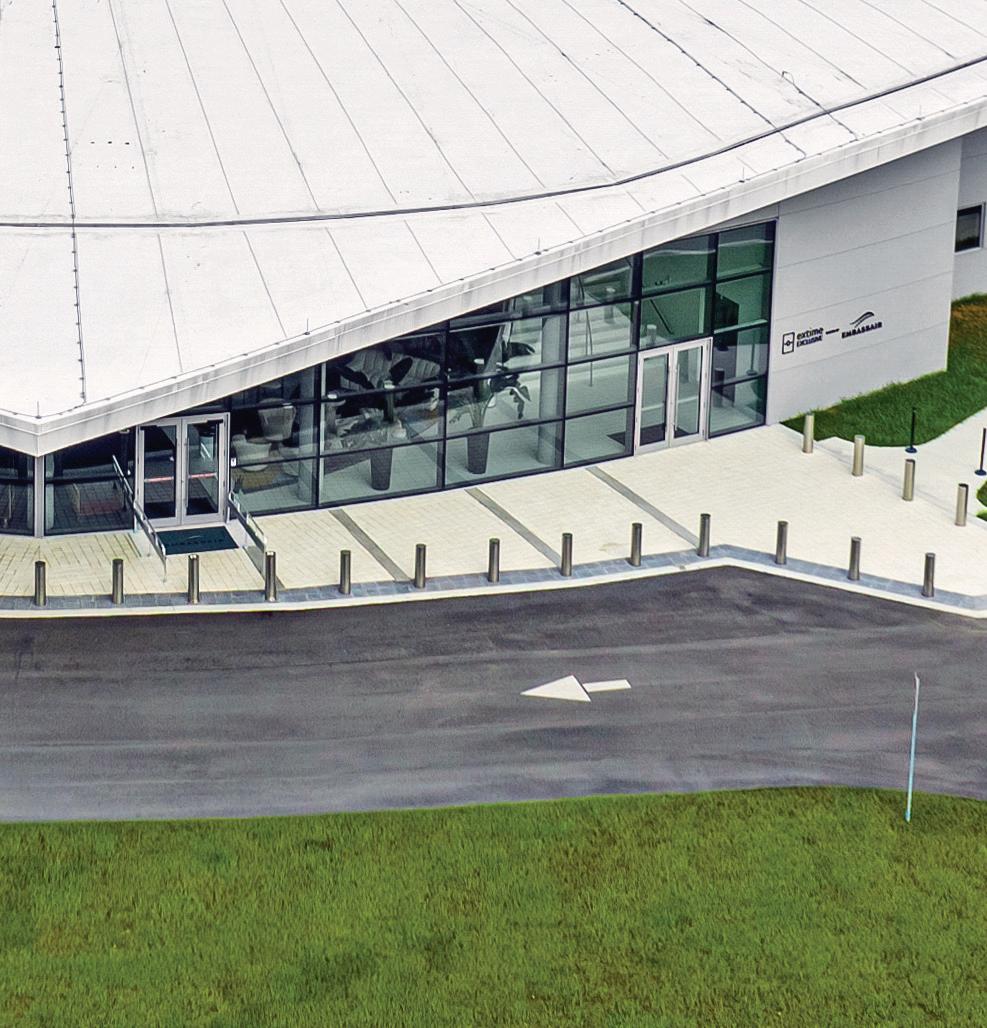


One of Embassair’s founding shareholders and a close partner of mine is Michel Reybier, founder and CEO of Groupe Reybier, an icon in the luxury sector. His portfolio
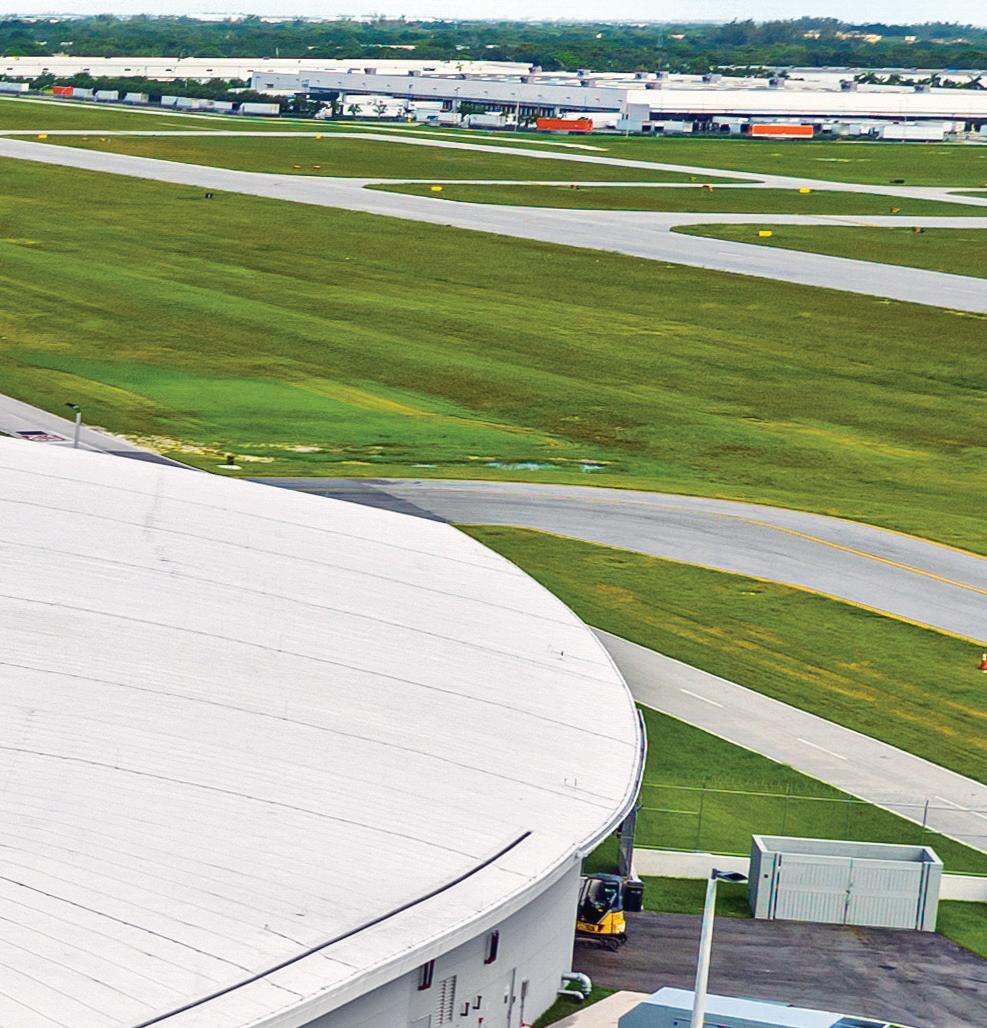


Address: 13550 NW 47th Ave Opa Locka, FL33054
ARINC: 131.800 – Open 24 hours
Contact: info@embassair.com +1.305.677.3696

includes the world-renowned La Réserve hotels, prestigious vineyards, and elite medical clinics.
This collective heritage forms the DNA of Embassair where innovation, luxury, and hospitality converge to redefine the FBO experience.
Unlike the “hermit crab” approach common in the industry, which adapts existing airport buildings and hangars into makeshift FBOs, we had the rare opportunity to build from the ground up. This allowed us to design a facility that not only meets but exceeds the evolving needs of business aviation. Our priorities include safety, efficiency, and above all, unwavering standards of security and privacy for both passengers, operators, and aircraft
We grounded our vision on several key pillars: most visibly, the state-of-the-art horseshoe-shaped terminal, designed by renowned architect Jacques Rougerie. This iconic design is paired with proprietary equipment, exclusive processes, and patented technologies. We believe this environment enables us to deliver the highest levels of service and hospitality our discerning clientele expects.
As for Miami, it was the natural choice. Alongside South Florida, it is one of the world’s most active hubs for business aviation. The Magic City is also the ideal stage to showcase a groundbreaking concept like Embassair to the world.

































Q: It sounds as if this FBO is going to be the first of several, can we talk about the medium term ambitions here?
FD: Embassair was never envisioned as a one-off location or a standalone venture. The core idea has always been to establish a network of Embassair FBOs in key locations where delivering the exceptional level of service already offered in Miami is both relevant and valued. Unsurprisingly, we are currently exploring opportunities and advancing pre-development efforts in the US Northeast and on the West Coast, to name just a few.
Q: The strong European partnership behind the FBO is very interesting, can you tell us more about that?
FD: As previously elaborated, Embassair is truly singular in its concept, distinguished by a specific DNA that sets it apart in the aviation landscape.
I co-founded Embassair alongside the Michel Reybier Group, which serves as the guarantor of our luxury and hospitality dimension. We also partnered with a renowned French family office: Holnest. Led by Jean-Michel Aulas, Holnest is a name synonymous with the soccer and entertainment business, having owned and presided over the Olympique Lyonnais (OL) football club in France. However, Holnest’s expertise goes well beyond sport. The group also developed and managed a 60,000-seat stadium as well as an integrated urban sports and entertainment complex. It’s safe to say that largescale facility development is firmly within their wheelhouse.





























“ “Unlike the “hermit crab” approach common in the industry, which adapts existing airport buildings and hangars into makeshift FBOs, we had the rare opportunity to build from the ground up.”





















And to bring our Miami facility to life, we welcomed Groupe ADP, also known as Paris Airports, into our partnership. As the world leading airport management company, Groupe ADP is not only a strategic shareholder but a subject-matter expert, running a global network of nearly 30 airports and employing more than 28,000 people worldwide. Their involvement adds significant operational insight and reinforces the credibility of our vision.
Q: There is a clear emphasis on both security and luxury, the latter is usual for top of the range FBOs, but the emphasis on security is novel. Why so?



FD: While privacy might seem self-evident, it’s unfortunately far from standard, particularly in the North American market. That’s precisely why we made it a cornerstone of our approach. Our emphasis on security is deeply rooted in our technological DNA but also shaped by a striking contrast we observed upon entering the U.S. market. It’s not uncommon to see jets worth over $60 million separated from public areas by nothing more than a chain-link fence. At Embassair, we took a fundamentally different approach to address these concerns. Our facility features a fully enclosed airside ramp, protected by a tenfoot-high perimeter wall. We call it “The Shield”, a name that does speak for itself.



























Q: What were the challenges and objectives in setting up the Part 145 operation.
FD: We had the opportunity to partner with one of the largest and most reputable maintenance companies in South Florida.
The intention was never to offer full scheduled maintenance services; this simply wouldn’t be practical within an FBO facility at a high-traffic airport like Miami Opa-locka. However, the ability to provide 24/7 AOG support to both based and transient clients is a significant advantage. This partnership aligns perfectly with our vision for the industry. At its core, this is a service business, and we believe it is our responsibility to anticipate and meet any potential demands of our clientele.
Q: How does the FBO cater for flight crews?
FD: This is one of the key distinctions between Embassair and conventional FBOs in North America: Embassair is, above all, a story of passion for aviation.







As a professional pilot myself, I understand first-hand the vital role crews play in this industry and the challenges they face day to day. I believe it is the FBO’s responsibility to support flight crews with everything they need to deliver a safe, seamless, and enjoyable experience for their passengers.























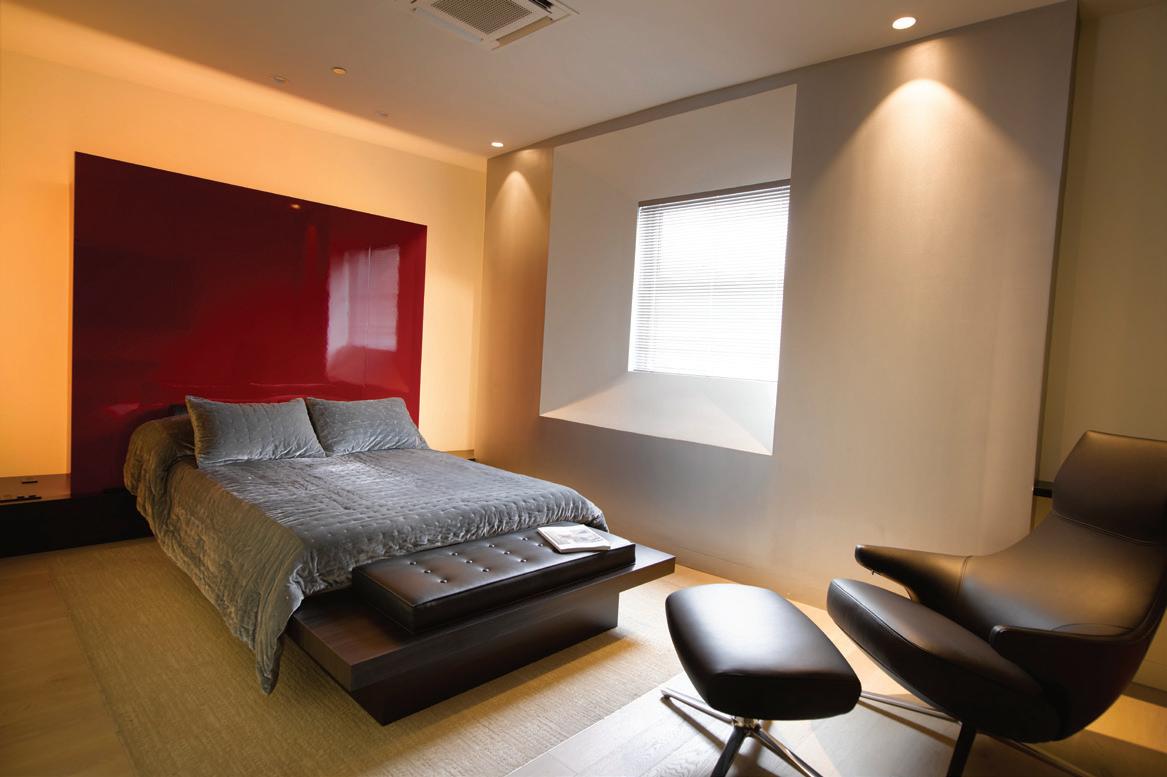

From the very beginning, I envisioned Embassair not simply as an FBO, but as a service and hospitality business. Naturally, this applies to the passengers, but equally to the crew who fly them.
To that end, we’ve dedicated an entire area within our facility exclusively to pilots and crew members. They can enjoy a buffet lounge with a panoramic view overlooking the passenger lobby, unwind in our private pilot lounges, or recharge with a restorative nap in one of our snooze room,
each equipped with a private bathroom and styled to match the comfort of a luxury hotel suite.
One thoughtful detail that speaks to our understanding of crew needs: even when pilots choose to relax in these spaces, they still have a direct line of sight to the ramp and to their aircraft. We know how operational stress can build, and we’ve made it a priority to eliminate the anxiety that often comes with stepping away from the plane. |BAM















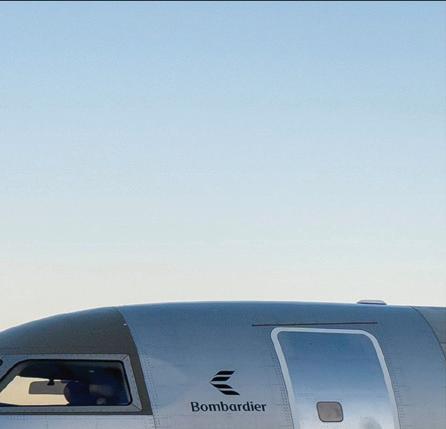

“ Our test aircraft was accompanied by a NASA F/A-18 chase airplane and broke the sound barrier.”
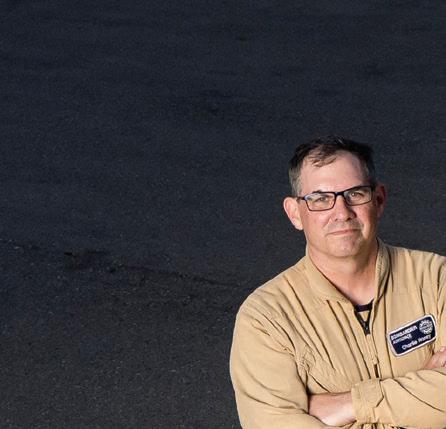




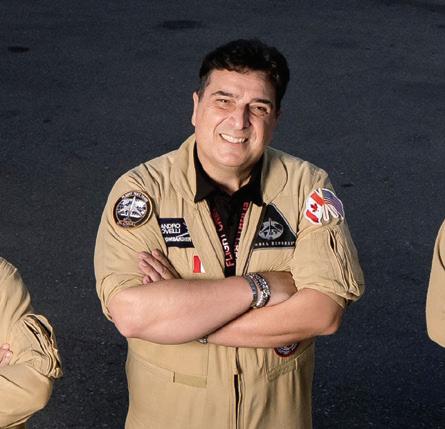
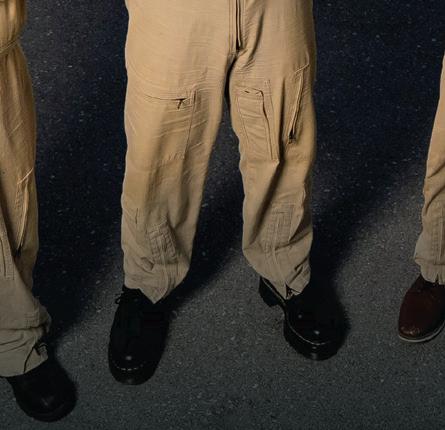
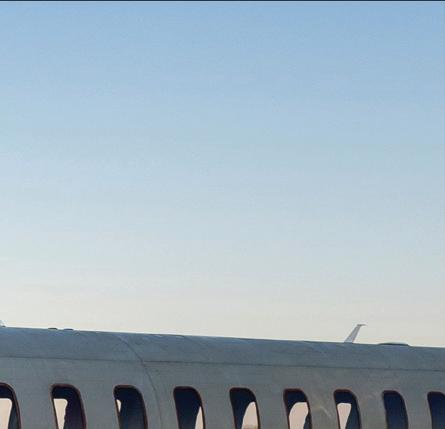

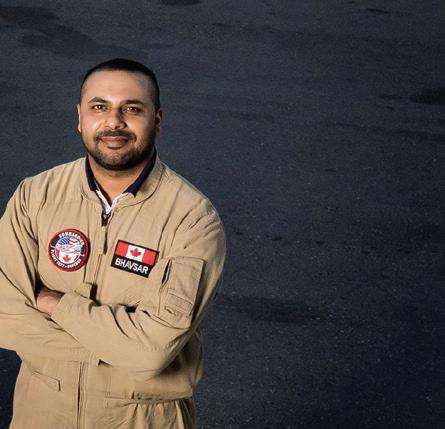

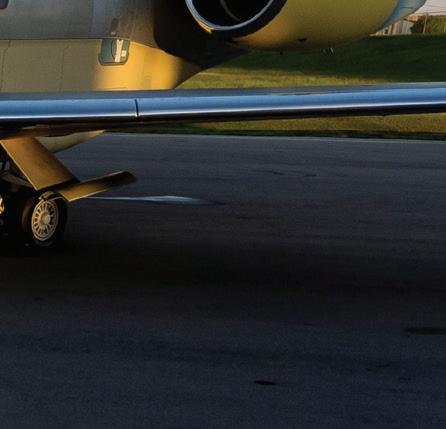





Matthew Nicholls, Senior Advisor, Public Relations and Communications, at Bombardier, on the pre-launch work on the Global 8000 business jet


Q: Let’s talk first about the original conception of the Global 8000, the rationale for the new model, and the timeline from inception to the maiden flight of the first production aircraft
MN: The Global 8000 is the next generation of our highly successful Global 7500 business jet. Our decision to introduce the Global 8000, our new flagship of a new era, in May 2022, was focused on what would provide the greatest benefit for our customers – centered around increased range, speed and the ultimate cabin experience.
Our pre-launch activity focused on extensive engineering work by both Bombardier teams to explore what was possible. This included extending the capabilities that existed on the Global 7500 platform. And to do so, intensive structural/ loads analysis, simulator and rig testing needed to occur to formalize new capabilities through flight testing.
One of the most interesting tests we performed was to validate the Max Operation speed of Mach 0.94. To do this, we planned a dedicated flight test campaign to demonstrate the aircraft’s handling and control at supersonic speeds. During this campaign, our test aircraft was accompanied by a NASA F/A-18 chase airplane and broke the sound barrier, achieving speeds beyond Mach 1 using sustainable aviation fuel (SAF).
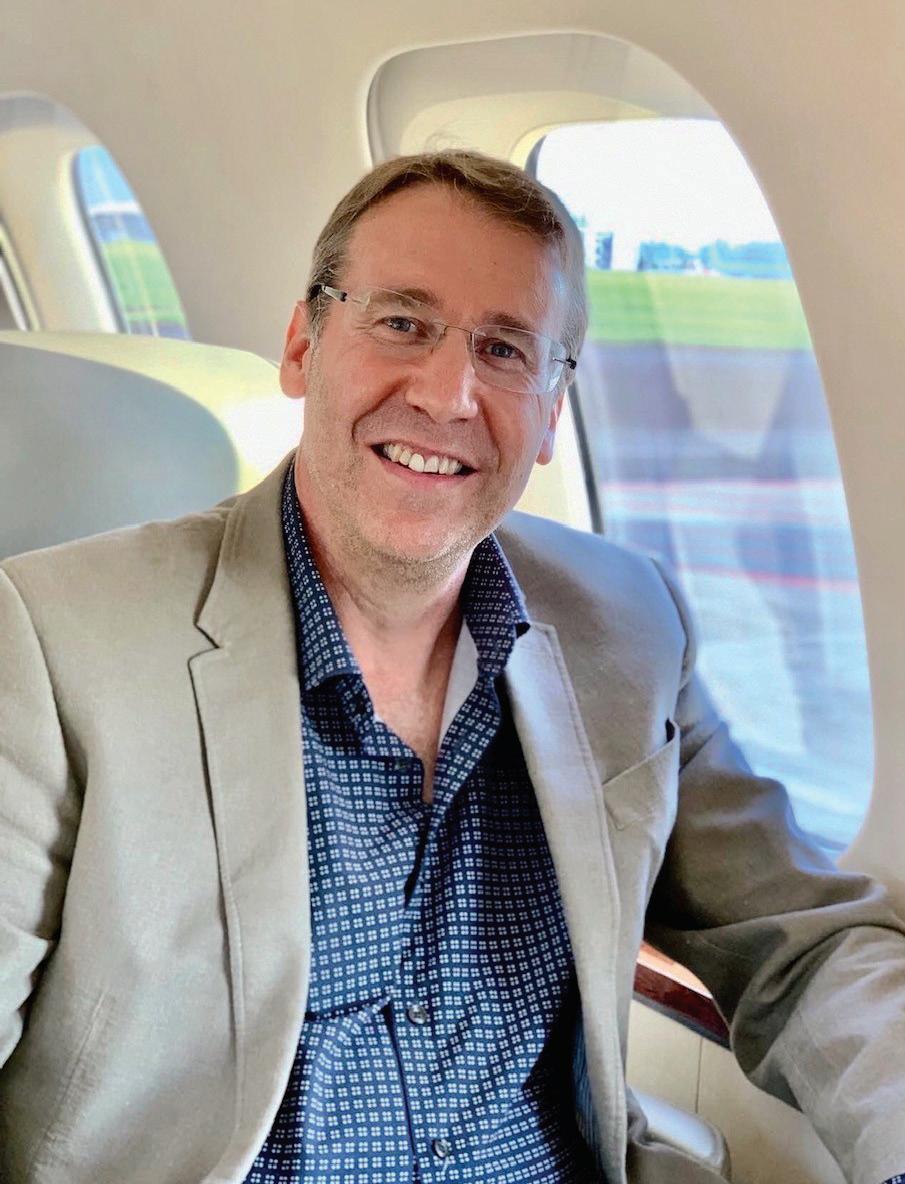

In addition to improved speed, the new Global 8000 also took advantage of the Global 7500’s exceptional design to reach an unprecedented maximum range of 8,000 nautical miles (NM). With more than 200 Global 7500 aircraft delivered already, we also confirmed our ability to push the boundaries of this already remarkable aircraft even further.
The first production aircraft of the Global 8000 had its inaugural flight on May 16, 2025 at Bombardier’s Aircraft
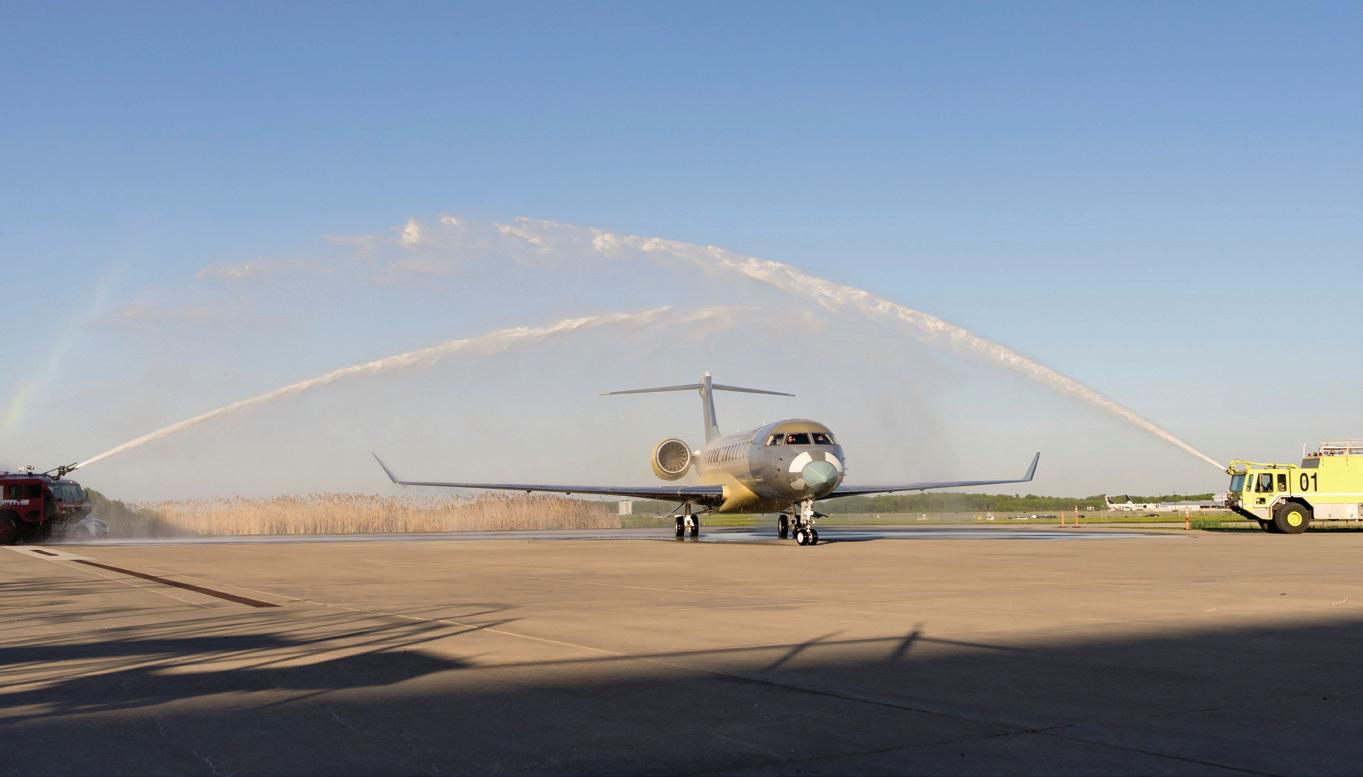
Assembly Centre in Mississauga, Ont., Canada. The aircraft executed a series of tests, part of the production flight test procedures during the flight and landed under the expert command of pilot Sandro Novelli, assisted by co-pilot Charlie Honey and flight engineer Bhargav Bhavsar. All flight controls were exercised on the aircraft, and the systems and aircraft performed as expected. Bombardier’s new ultralong range business jet continues to excel with the program on track and applicant flight tests complete. The aircraft has a planned entry into service for 2025.
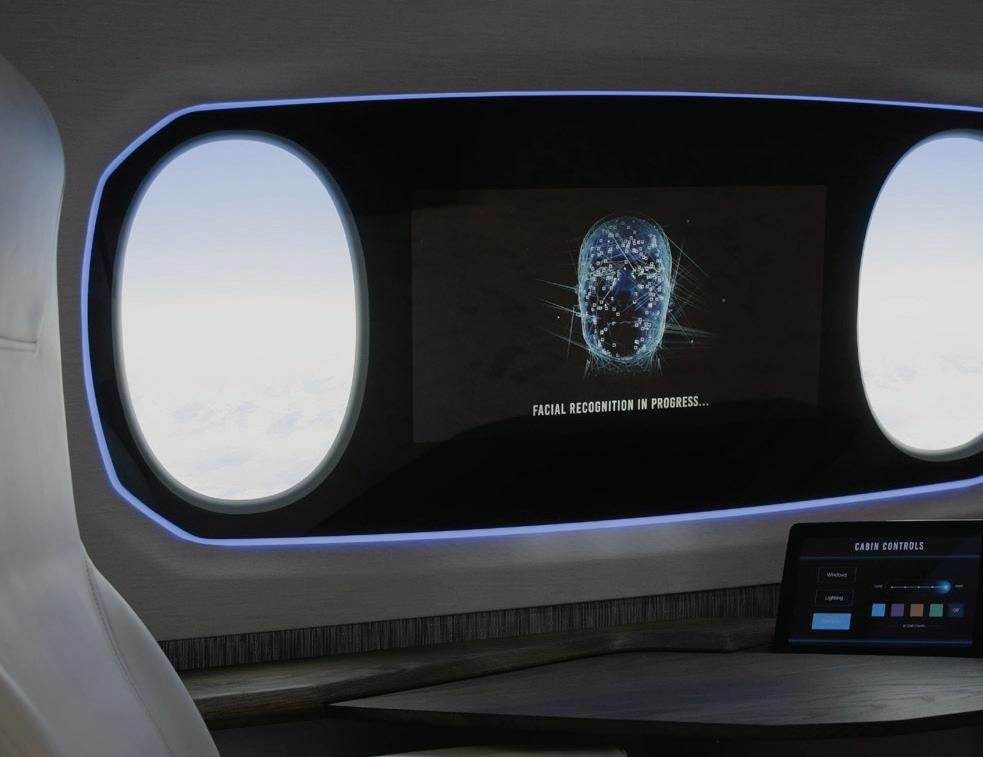
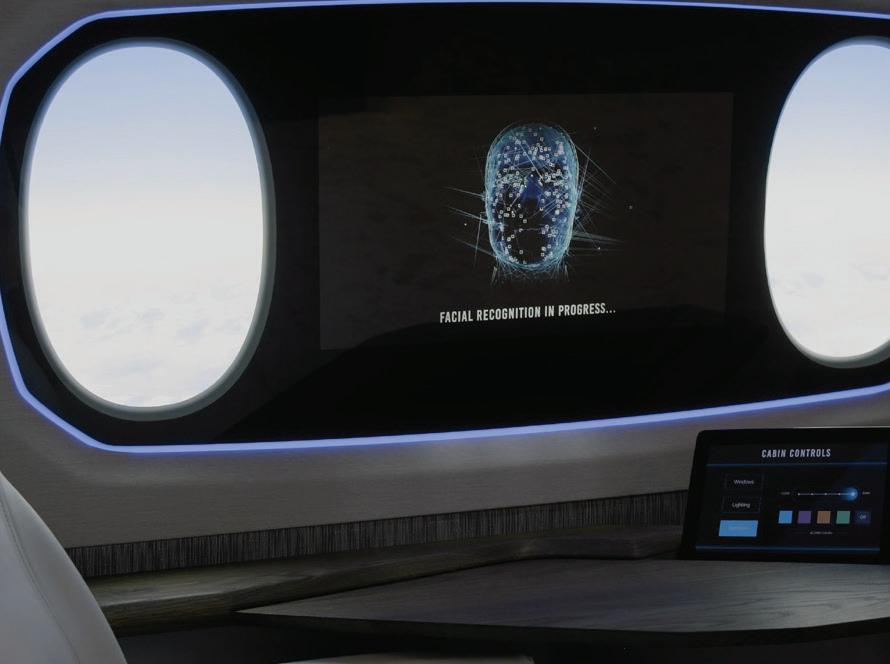

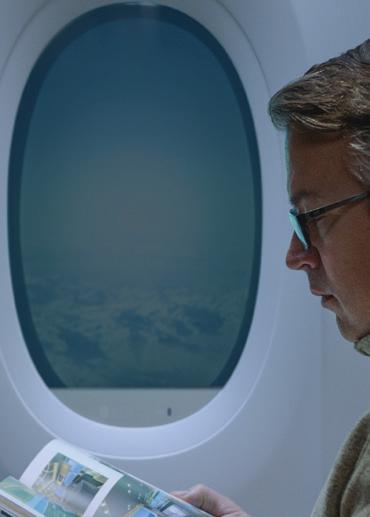


From dimmable windows to emerging features like smart glass, biometrics, cabin sensing and more, Gentex is engineering technologies for the next generation of commercial and business aircraft.
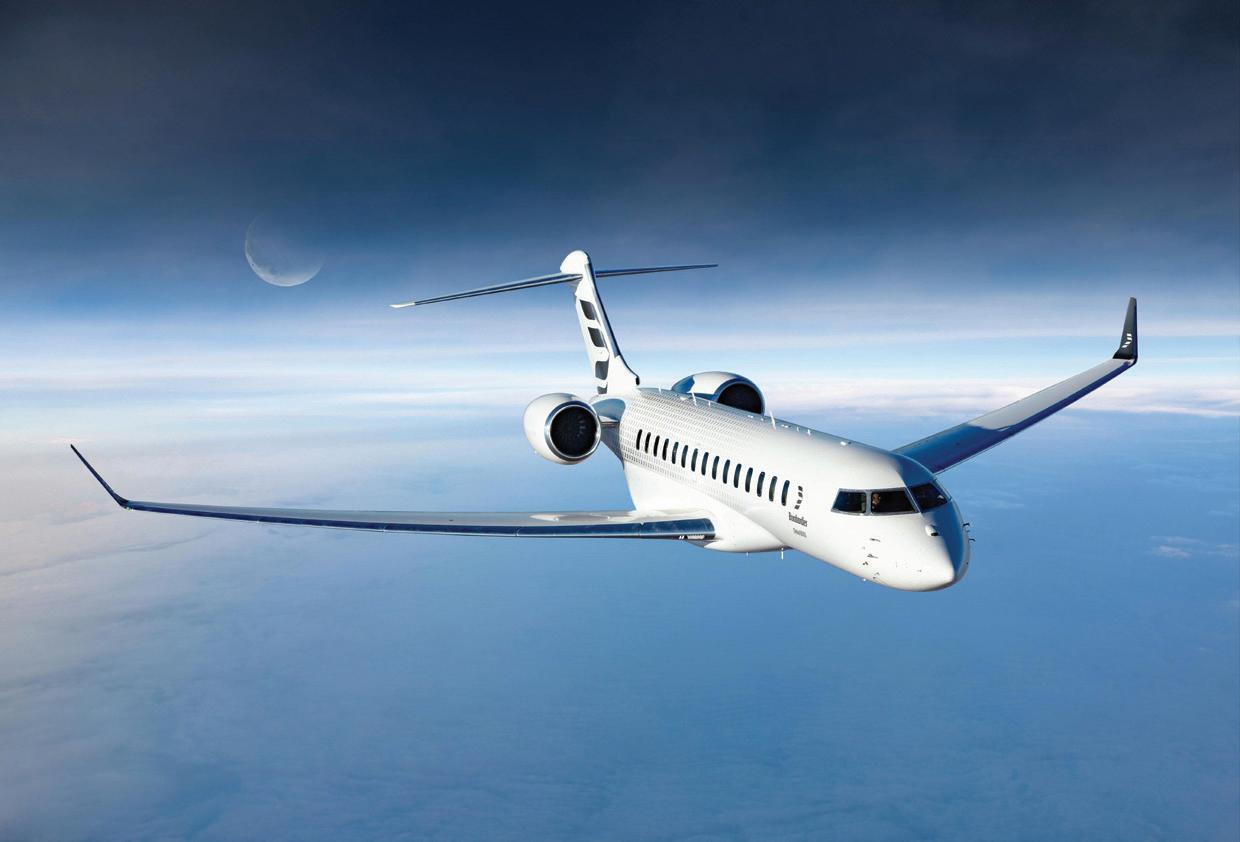
Q: What were the biggest challenges?
MN: Like all new aircraft programs, there are many steps required in bringing an aircraft to market. It’s a team effort and we are on track for our entry into service later this year.
Q: Let’s look at what is planned for the jet in the completions centre? What has the approach been, design wise, when it comes to options for buyers?
MN: Just for some background, the Global 8000 is manufactured at the Bombardier Aircraft Assembly Centre, based in the Greater Toronto Area. The interior installation of the Global 8000 occurs in Montreal at the Laurent Beaudoin Completion Centre (LBCC).
The first Global 8000 production aircraft will be delivered to one of our esteemed clients and is now on site at LBCC for final completion, and as always, the interior has been customized to our clients’ specific tastes and preferences. In terms of interior options, there are hundreds of customization options available to customers to suit their needs, tastes and preferences.
While we can’t comment on specific design elements of this aircraft’s interior, it will be immaculately customized with their preferences by Bombardier’s most skilled designers, engineers and artisans on site.
Q: Can you take us through the low altitude cabin in the 8000 and the benefits?
MN: One of the most significant enhancements in the Global 8000 is the introduction of an amazingly low cabin altitude. The Global 8000 offers one of the lowest cabin altitudes in the industry of just 2,900 ft when the aircraft is flying at 41,000 ft. From the passenger perspective, when flying in the Global 8000, it will feel like sitting at the base of your favorite ski resort, offering unparalleled comfort. This lower cabin altitude helps ensure passengers arrive at their destinations refreshed, alert and ready to carry out the objectives of their missions.
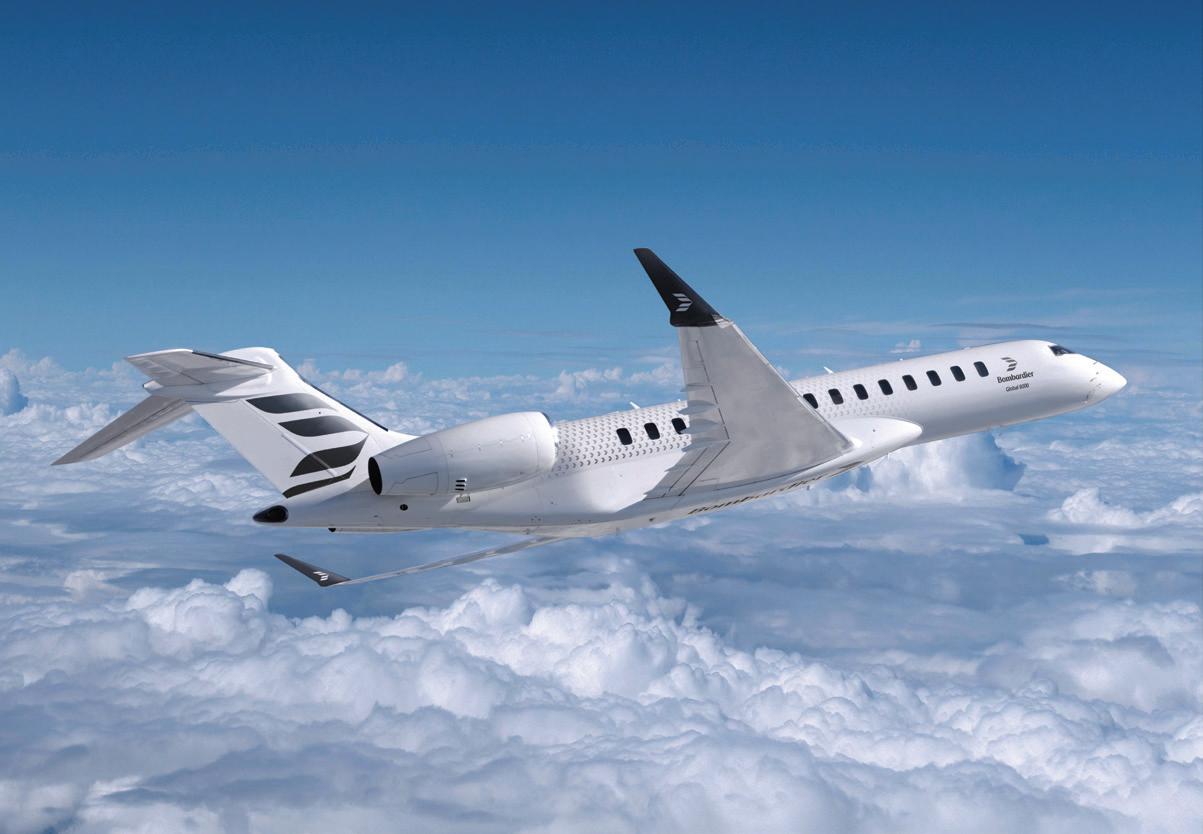
Q: Can we provide some specificity as to how the 8000 improves on the Global 7500?
MN: When we decided to bring the Global 8000 to market, we wanted to focus on the direct benefits to our customers: range, speed and an enhanced cabin altitude.
In terms of speed, the Global 8000 is the fastest civil aircraft since the Concorde, with an industry-leading top speed of Mach 0.94, and offers the first-ever ultra-high-speed cruise of Mach 0.92.
In addition to improved speed, the Global 8000 took advantage of its predecessor’s exceptional design to reach an unprecedented maximum range of 8,000 NM. With hundreds of aircraft delivered already, we confirmed our ability to push the boundaries of this already remarkable aircraft even further.
And with its 8,000 NM range, the Global 8000 unlocks more routes than ever before including Dubai to Houston, Singapore to Los Angeles, London to Perth and many others. And as mentioned earlier, the Global 8000 offers an exceptionally low cabin altitude of just 2,900 ft. when the aircraft is at 41,000 ft.
As was the case with the award-winning Global 7500 aircraft, the cabin of the Global 8000 business jet is unlike anything else in the industry. It was conceived to maximize passenger comfort, health and productivity, and features four true living spaces, including the Principal Suite and its available full-size bed.
The Global 8000 aircraft will also carry forward several industry first and exclusive features of the Global 7500, including the patented zero-gravity Nuage seat; the L’Opéra sound system, the Industry’s most advanced audio system; the Soleil lighting system, the first circadian rhythm-based cabin lighting system fully integrated with the Flight Management System; an available 55-inch 4K OLED TV– the largest in

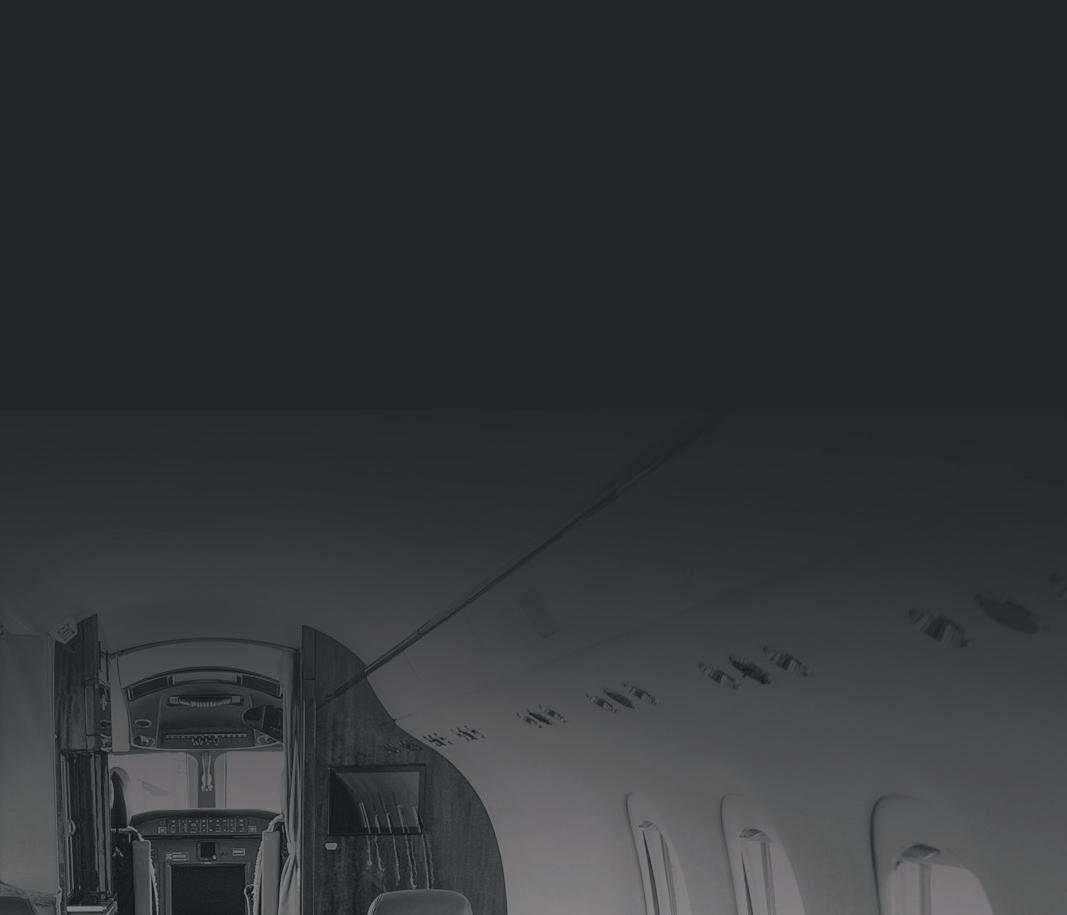









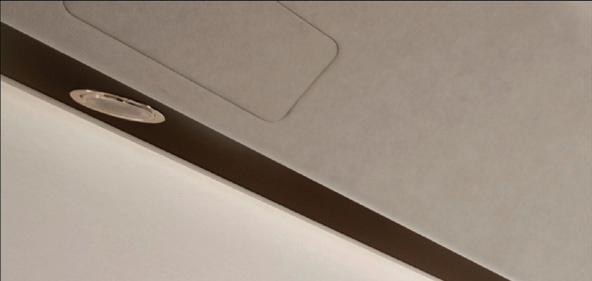
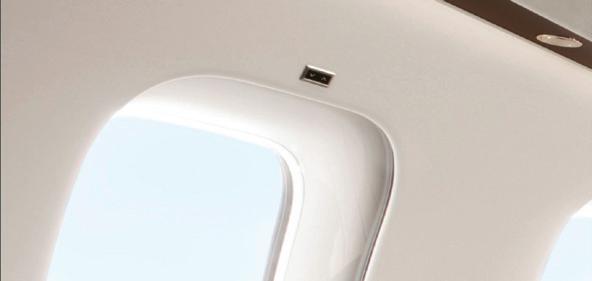
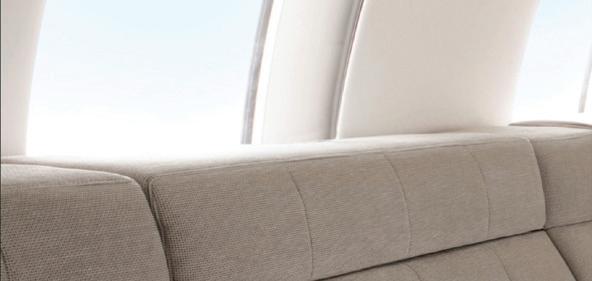










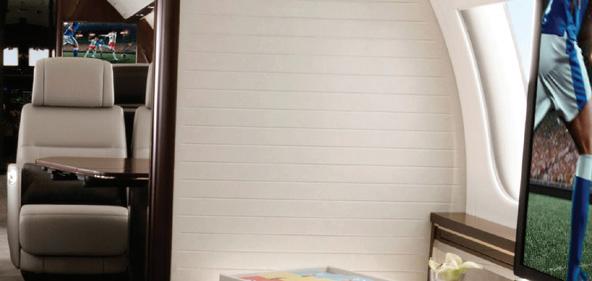
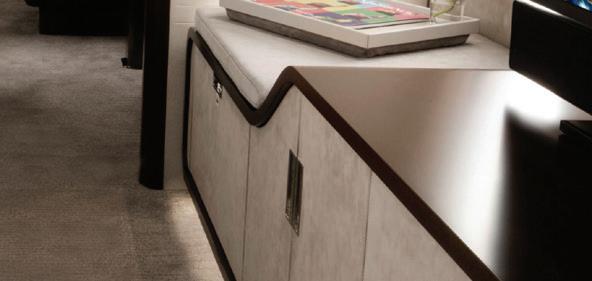

“ The cabin of the Global 8000 business jet is unlike anything else in the industry. It was conceived to maximize passenger comfort, health and productivity, and features four true living spaces.”





the industry; and Pũr Air, industry leading environmental control system featuring High Efficiency Particulate Air filtration with efficiencies up to 99.99%, capturing airborne particles including allergens, bacteria and viruses.
Global 8000 passengers aren’t the only lucky ones when it comes to experiencing the outstanding attributes of this aircraft. Pilots continue to be thrilled with the cleverly designed Bombardier Vision flight deck, which features stateof-the-art avionics and fly-by-wire technology, including an available dual Head-Up Display (HUD), Enhanced Vision System (EVS) and Synthetic Vision System (SVS), combining powerful automation and the latest safety technologies.
Q: Let’s look at the development in speed (Mach 0.94) and what that brings to owners in terms of practical benefits.
MN: As mentioned previously, a dedicated supersonic flight test campaign was carried out to demonstrate the aircraft’s handling and control. This was the key to achieving certification of the Max Operation speed of Mach 0.94. The increased speed and range enable our customers to reach their destinations quickly and efficiently. The new Global 8000 business jet is the ultimate time machine – a highly productive office or home in the sky.
The aircraft is designed and built with a ‘no compromise’ mindset, leveraging more than eight decades of company innovation and expertise to deliver near-supersonic speed, exceptional range and supreme comfort. The Global 8000




is the clear choice for discerning owners and operators who prioritize convenience and flexibility. The aircraft’s increased speed and range also complements the aircraft’s leading smooth ride and unprecedented ability to access short runways.
Q: What do you anticipate owners’ expectations being for top of the range business jets in the context of what the 8000 offers?
MN: When it comes technological enhancements, the Global 8000 is a true aviation marvel, leading the way in redefining business aviation. The aircraft’s wing –Bombardier’s iconic Smooth Flĕx Wing – ensures passengers enjoy a smooth, fast, efficient flight, and arrive at their destinations quickly and efficiently. With an impressive range of 8,000 nautical miles for a four-zone ultra-longrange business jet, the Global 8000 business jet unlocks more popular city pair possibilities – bringing the world closer and closer. It offers a combination of innovation, performance and luxury that will allow our customers to reach new heights in their business aviation experience.”
The Global 8000 performs like no other business jet when it comes to challenging airports, performing like a lighter jet. The aircraft’s unique design and unmatched performance provides customers with the ability to access hundreds of smaller airports other aircraft in its category can’t access, opening up countless new destinations and city pair opportunities. |BAM



Step1:
Placethecarryingbagonthe floorbetweentheseats,after ensuringfloorisclearofall objects.Unzipthebagand foldcoverbacktotheside walloftheaircraft.Leavethe JetBedcarrybaginplace wheninuseforeasystowage whennotinuse.

Step4:
Afterinflation,re-attachthe JetBedredfillerportcover, andyou'redone!TheJetBed airbladderisalsoequipped withacomfortbuttonto adjustcomfortlevelsinflight bytappingthebuttonto releaseair
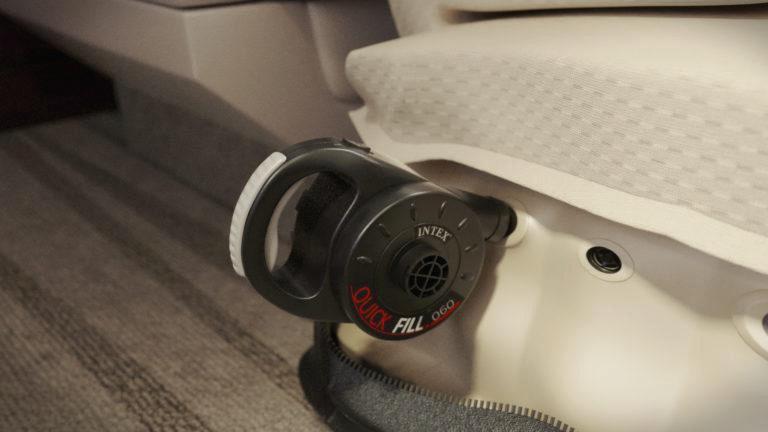
Step2:
LocateandremovetheJetBed redfillerportcoverandsetit asideforlater.Locatetheair pumpinsidetheJetBedcarry bag.Attachthefillerport nozzletotheinflationsideof thepump.Inserttheairpump intotheJetBedfillerportand turnontoinflate.

Step3:
TheJetBedairbladderwill takeabout45secondsto1 minutetoinflate.Asinflation occursfoldtheendsofthe JetBedMattressinplace overtheaircraftseats.

Step5:
Enjoythemostcomfortableinflightsleepsolutionfor privateandcorporateaircraft.TheJetBedisjustaseasyto deflateandstow.Youcanviewavideotutorialofboththe inflationanddeflationprocessesonourwebsite.
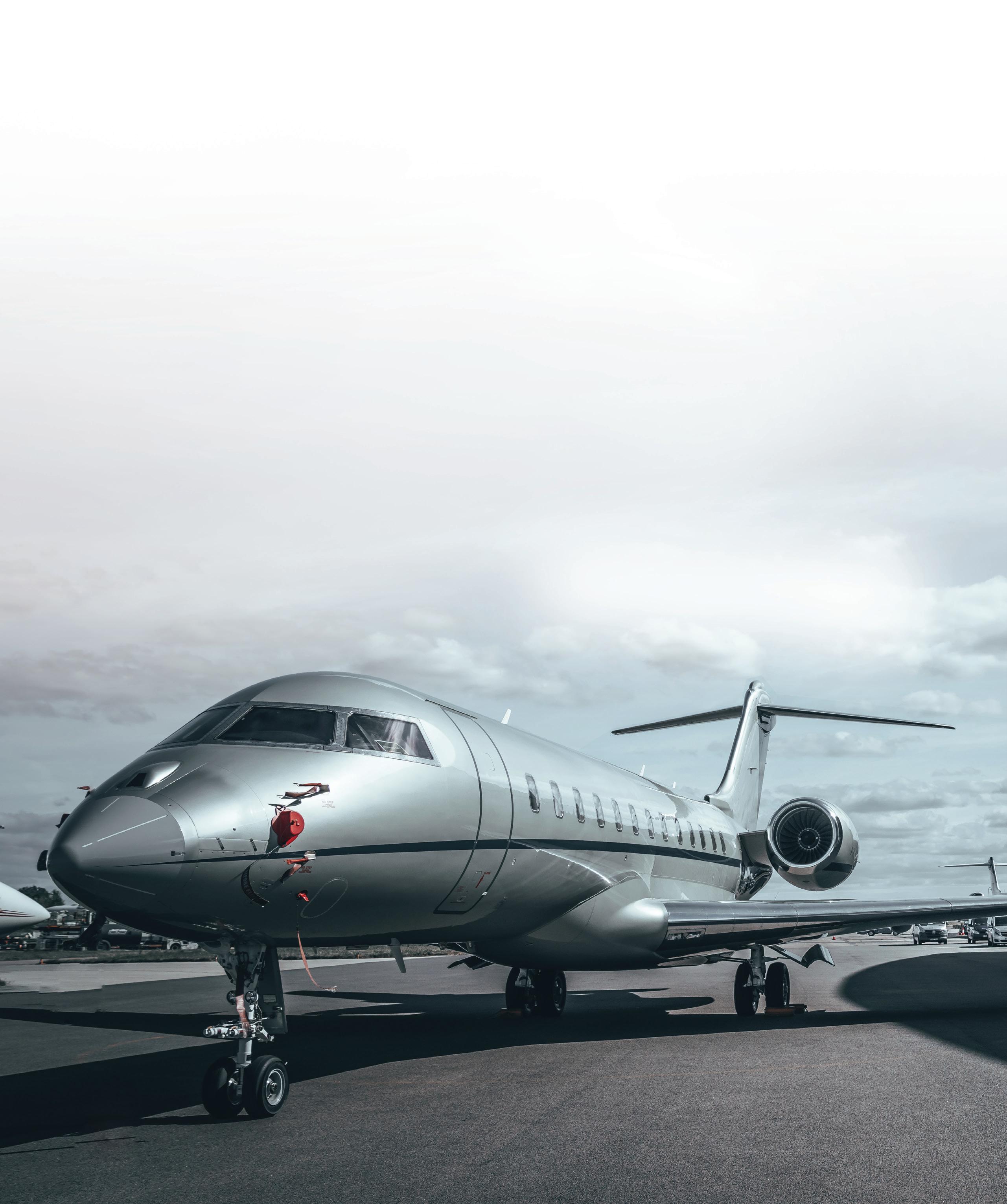
Paul Norton, Managing Director at Harrods Aviation, talks to Anthony Harrington about Harrods’ ambitions for 2025
AH: How have things been since Harrods acquired the Brompton two and a half years ago?
PN: That has been amazing for us. Having both the Brompton and the Knightsbridge on the same airfield gives us a great deal of flexibility, particularly with large jets.
The big jets owned by our Midd le East family customers use the Knightsbridge, as usual, and our business jet customers tend to use the Brompton. Of course, we respect client preferences, so this is not a firm rule, but that’s the way it tends to go.
AH: How would you characterise your services?
PN: Our way of summarising this is to say that we always want to play at the top. We focus on quality over quantity, which does not mean, of course, that we are not at the same time interested in growing the business. For us, it is always about the quality of service that we deliver and the quality of our facilities.

“ Having both the Brompton and the Knightsbridge on the same airfield gives us a great deal of flexibility, particularly with large jets.”
AH: Many of the top people in the sector that we talk to are saying that demand across business aviation is settling back after the post-COVID boom. What are you seeing?
PN: I would agree that business is settling down after the boom period in 2022 and 2023. However, if you compare the level of activity now, halfway through 2025, to what we were experiencing in 2019, just before COVID hit, we are now way ahead of that. So, if you look at an adjusted trend curve, we are now back to the normal upward curve after the spike from post-COVID.
AH: What impact, if any, are you seeing from the kerfuffle over tariffs?
PN: I’d say that we are not seeing any impact at all. I have heard anecdotally that some clients who were in the process of looking to buy jets from the US have pulled back and are waiting to see what happens. So, this may delay completions by a couple of months, but that is not relevant to the way people are using their jets.
Other things, geopolitical tensions, for example, affect us a lot more. However, we have never had a massive Russian client base here at Harrods. If you go back 10 years to the 2014 invasion of Crimea, the Russian clients we had back then, who were mostly domiciled in London,
sold their aircraft. That brought the Russian business, such as it was, to an end. It wasn’t that much of a hardship for us.
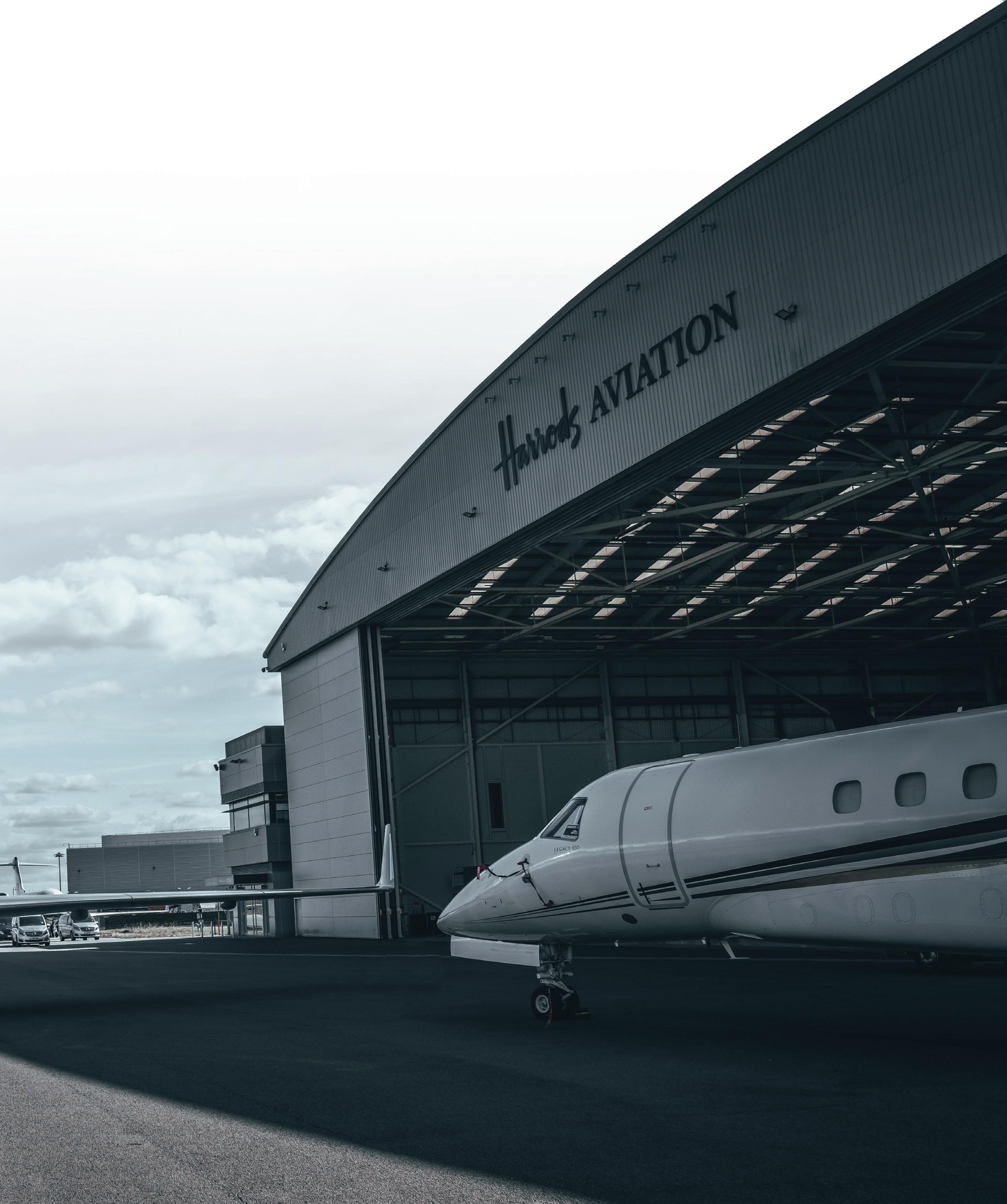
Our major growth has always come from the US and the Middle East, and latterly, from say 2018 onwards, from India, China and Brazil.
AH: What drove that growth?
PN: Unlike many of our major competitors, we have always been very proactive








AH: Have you grown the staff base much in the last few years?
PN: Unfortunately, we had to shed staff, mostly through natural wastage, during COVID, so I would say that today we are just about back to our pre-COVID number of around 300 staff. That includes our engineering businesses as well as our FBOs.
AH: You have a very strong engineering, MRO and refurbishment capability. How is that going?

and have gone out to countries to meet potential and existing clients. We like to get out and meet people, as opposed to just working from the office, and this has really paid dividends for us.





“ We have just recently completed a full refurbishment on two helicopters, some five years after we did their previous refurbishment.”





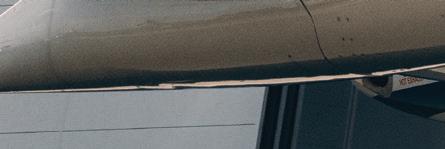







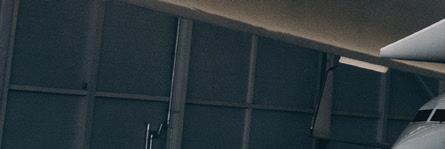


PN: It is going exceptionally well. We have just recently completed a full refurbishment on two helicopters, some five years after we did their previous refurbishment. We did a full strip out of the interiors as well as maintenance work and the required work on the engines, landing gear and avionics.




Our maintenance side is a very good and steady revenue stream for us. Luton is really somewhere that people like to take their business jets when the time comes around to carry out maintenance.













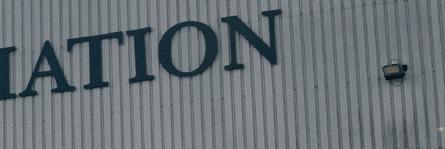














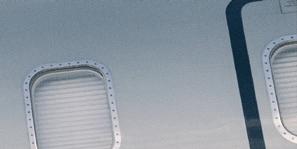






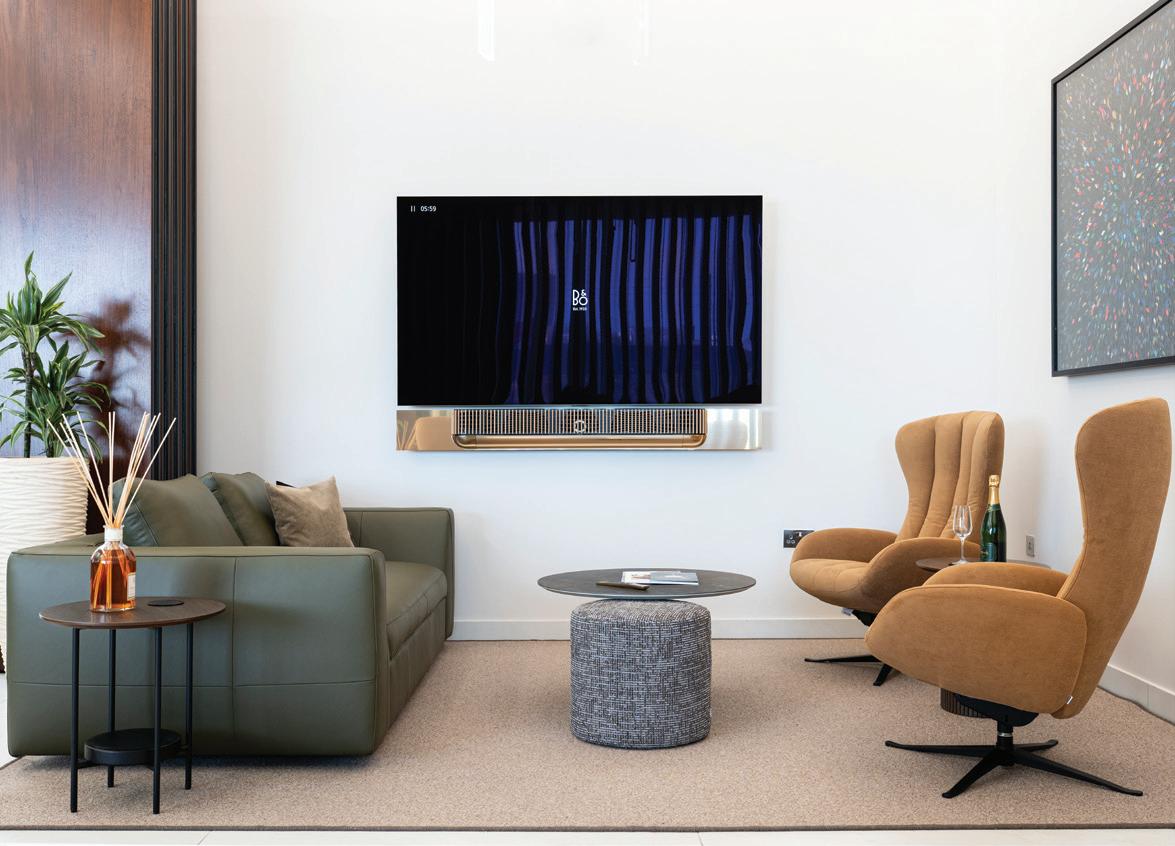
AH: You like playing at the top. How do you keep your corporate culture and your staff up to that high mark?
PN: We spend a lot of time and money on our facilities, ensuring that they are refurbished to the highest standards. Our Luton lounge and facility, for example, has just been extensively remodelled, and it now looks like the best fivestar hotel lobbies. The Brompton, for its part, is done in a very modern style, and we have bespoke art on show from a couple of different artists through the Grove Gallery. These works are all available for sale and attract a lot of client attention.
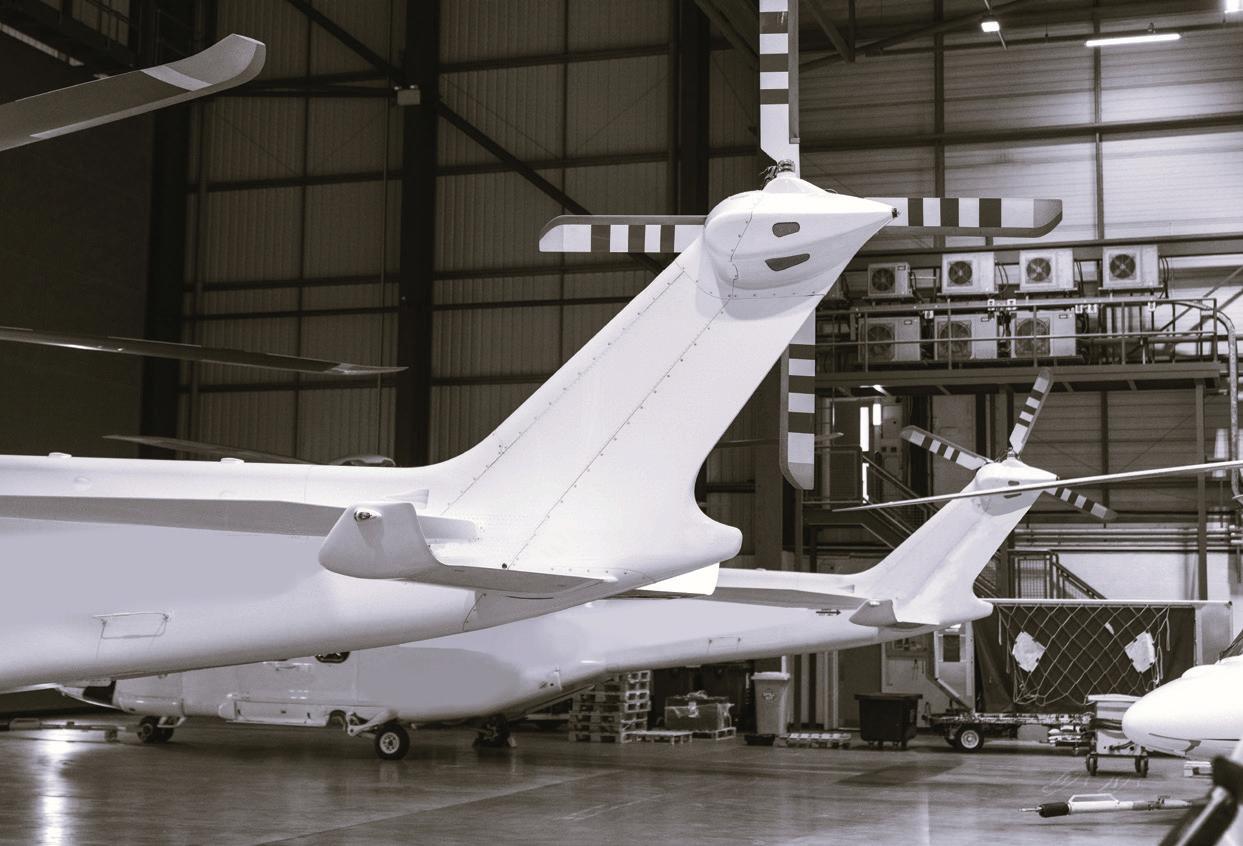
Apart from the facilities, we ensure that the staff are trained to the highest standards. One of the unique things we do is that when an aircraft or a passenger arrives, they are met by their designated customer service representative. This ensures continuity and that the client is always meeting a familiar face. It is very well received by our customers.
AH: You are just going into the summer season. How is that playing for you?
PN: This is true not just for us but for every FBO across
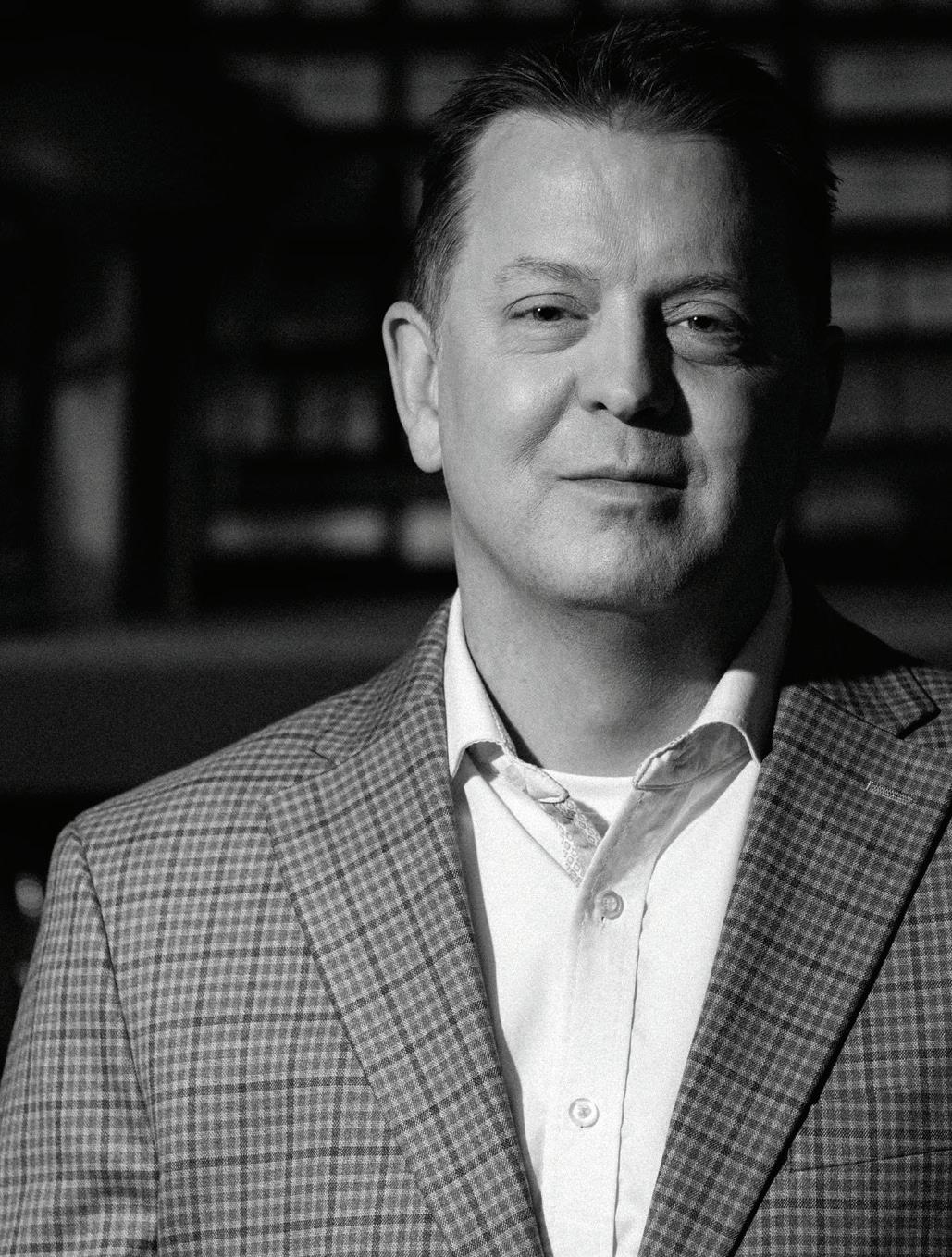

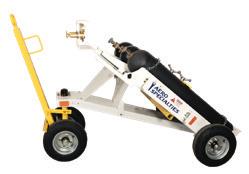
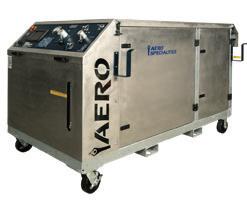
For more than 30 years, AERO Specialties has remained dedicated to industryleading quality and impeccable service.

More importantly, we are hyper-focused on our customers. Their success is our success. If it matters to our customers, then it matters to us.


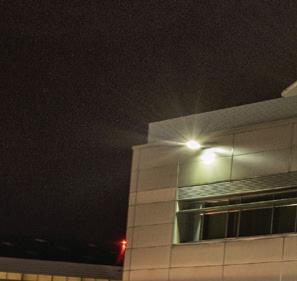




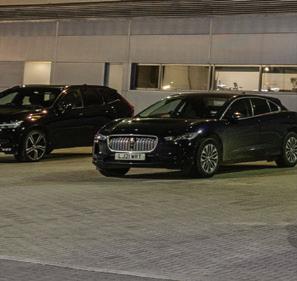





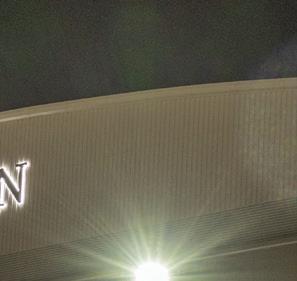
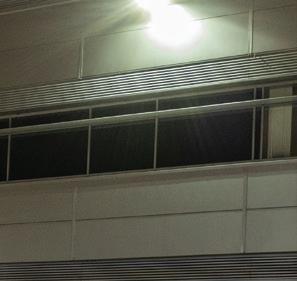
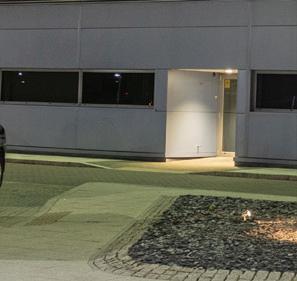


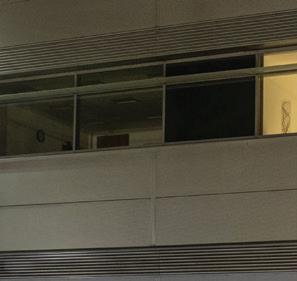



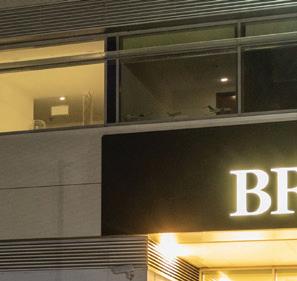






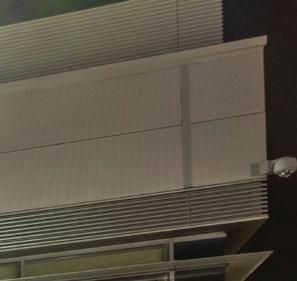
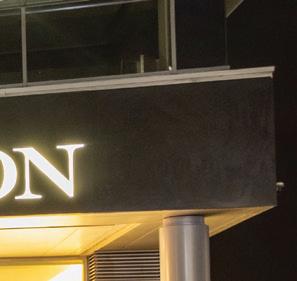











“ The demands on their time are huge, so you want to make their experience in the FBO as friction-free as possible, and this is what we focus on.”



Europe right now. The period from late May to the end of July is a very busy period for all of us. Right now, we are slap bang in the middle of the London season. Over the last week or so, we have had a good amount of clients arriving from the Middle East. They will be enjoying the London scene for the next ten weeks, then most will be returning.



AH: How do you deal with the perennial FBO dilemma that stems from the fact that for all the money that you invest in your facilities, clients are always in a hurry to just roll through either to the jet on the ramp or to the limousine in the carpark?
PN: It is true that the dwell time is very brief, but this is why I compare us to a top hotel lobby. No one wants to stay in the lobby for a protracted period, but everyone appreciates a lobby that is well-designed and looks fantastic. It helps to create and shape the ambience and the experience.
The people we deal with are not money poor, they are time poor. The demands on their time are huge, so you want to make their experience in the FBO as friction-free as possible, and this is what we focus on.
AH: What is your growth strategy for Harrods?
PN: We have two main strategies. The first is to attract more clients to our present FBOs, and particularly to Stansted, which has far more capacity than Luton, which is a smaller airport. Our other growth strategy is to keep our eyes open for opportunities beyond our normal base of operations. Of course, we only want to go to the right places, and when we do, we will be looking to operate just as we do here, playing at the top with highly trained staff and great facilities. |BAM















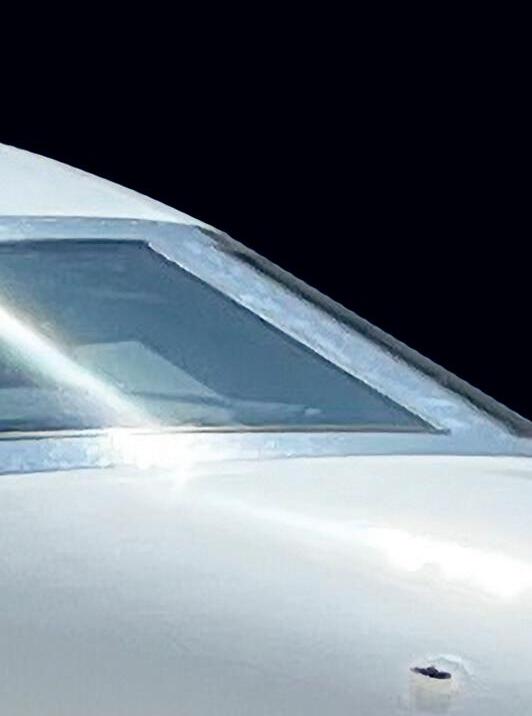
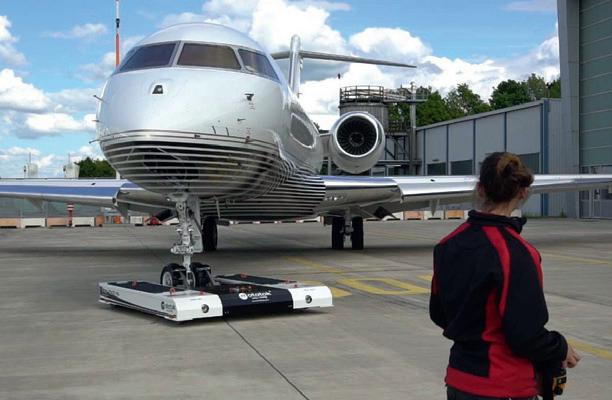



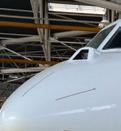


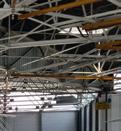
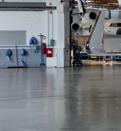

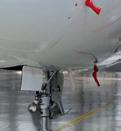





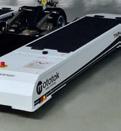



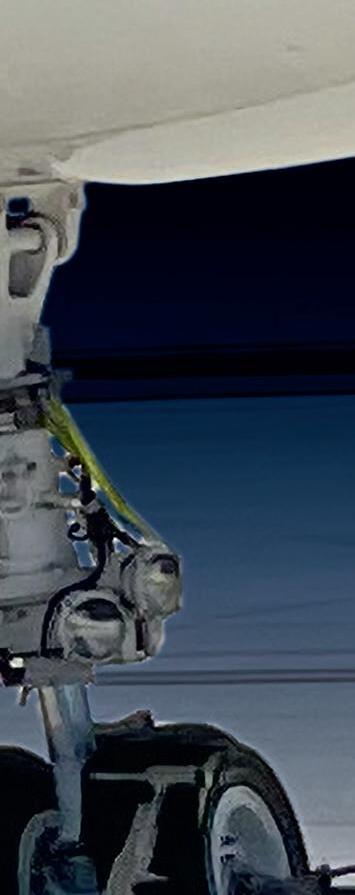


Engineered MadeGermany and in Passion. with



Experience the power of electric drive, engineered


From BBJs to all Gulfstreams and Globals to smaller aircraft such as Dassault Falcons, Pilatus and Learjets, this state-of-the-art electric tug is suitable for all. With a capacity of up to 75 tons, it offers powerful performance in a very compact form. The fully automatic nose wheel pick-up and radio remote control streamline your ground handling. The robust hydraulic lifting platform ensures a firm and secure hold of the nose wheel at all times. Designed for maximum maneuverability and efficiency, each Mototok is agile, energy efficient and perfect for tight hangar spaces. This next generation tug is revolutionizing the way you move your fleet of aircraft on the ground. Get ready to elevate your operations!




















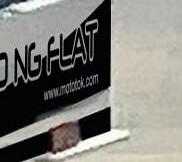




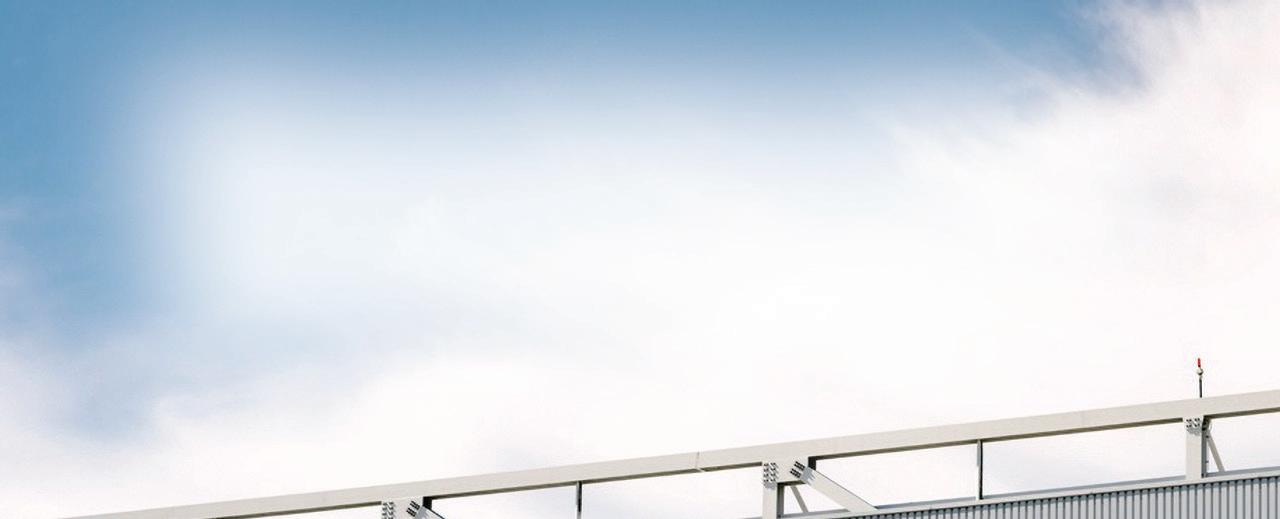
“ There are no shareholders outside the family, so we can react really quickly and can focus all our attention on providing the best possible service to our clients.”


Thomas Koehli, CEO of Nomad Aviation, and Thomas Gierlich, CEO of Nomad Technics, talk to Anthony Harrington about running their premium boutique aircraft management and MRO operations
AH: Thomas, what led to the founding of Nomad Aviation, and later, to the launch of its sister company, Nomad Technics?
TK: The company Nomad Aviation was originally formed by two gentlemen in Switzerland in 2008. It started as a charter operation. Heinz Koehli, my father, acquired 100% of the shares in 2015 and transformed the company into an aircraft management and charter company. Three years later, in 2018, we added Nomad Technics in Basel, providing MRO services.



Nomad Technics Management Team (left to right): Christophe Haeffelin, Director of Operations, Thomas Gierlich, CEO, Christian
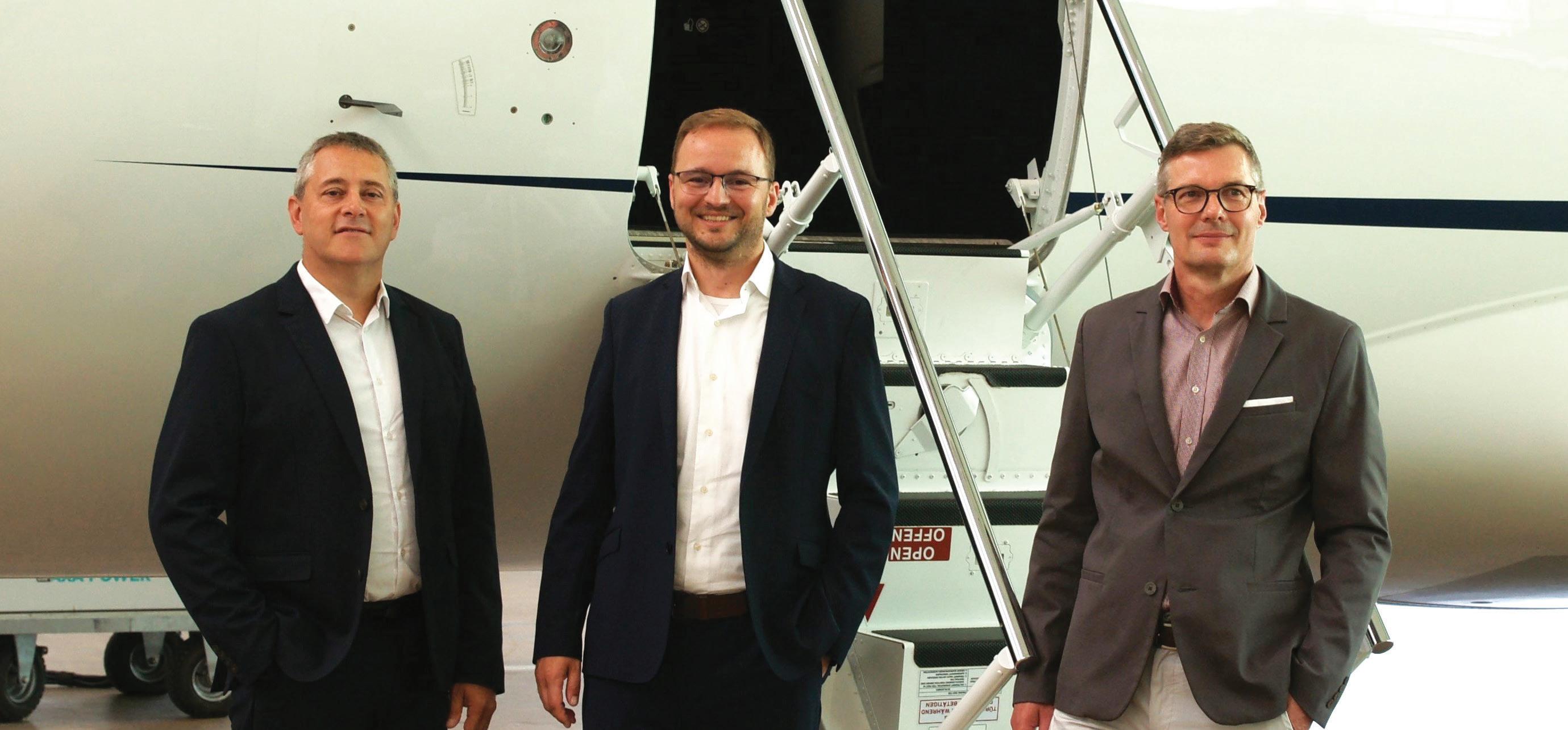
I should perhaps add that my father had been the CEO of Jet Aviation and was one of the co-founders of AMAC Aerospace in Basel. After stepping back from AMAC in 2013, he was keen to
launch a new top-of-the-range business aviation operation. That was the motivation behind his acquiring Nomad. The idea, from the outset, was to build the company into a premium brand.

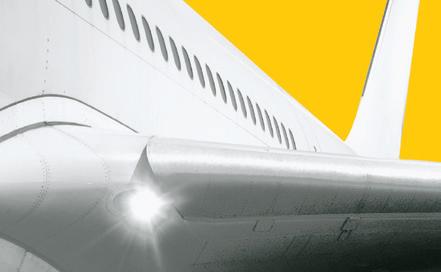







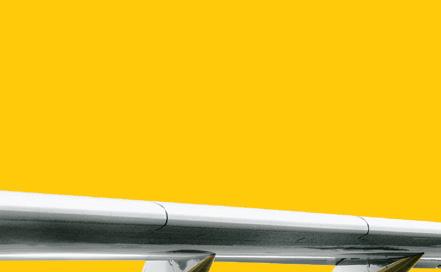









I joined the company in 2016. Before that, I had a 20-year career in the airline sector. We set out to make Nomad something really special as a top Swiss boutique company. Everything we do is carried out right here in Switzerland in the best Swiss tradition. Our clients appreciate the fact that this is a privately owned family business with just one Swiss owner. That makes us unique. There are no shareholders outside the family, so we can react really quickly and can focus all our attention on providing the best possible service to our clients. It’s a “bespoke Swiss solutions for global nomads” way of business style we live and act every day.

Jonathan Maehr, Cabin Engineer, Nomad Technics



AH: When you set out to offer a really premium service, that makes it a real challenge to create and sustain the right culture. How do you achieve this?
TG: We pay a lot of attention to finding and training the right people. Having the appropriate skillset is just part of what we look for. There has to be the right fit. We are a small organisation compared to some of the big aircraft management and MRO companies, but we pride ourselves on providing the best customer service.
Having staff with the right attitude is absolutely key. The MRO market is a pretty saturated market, with more companies



“ We pay a lot of attention to finding and training the right people. Having the appropriate skillset is just part of what we look for. There has to be the right fit.”


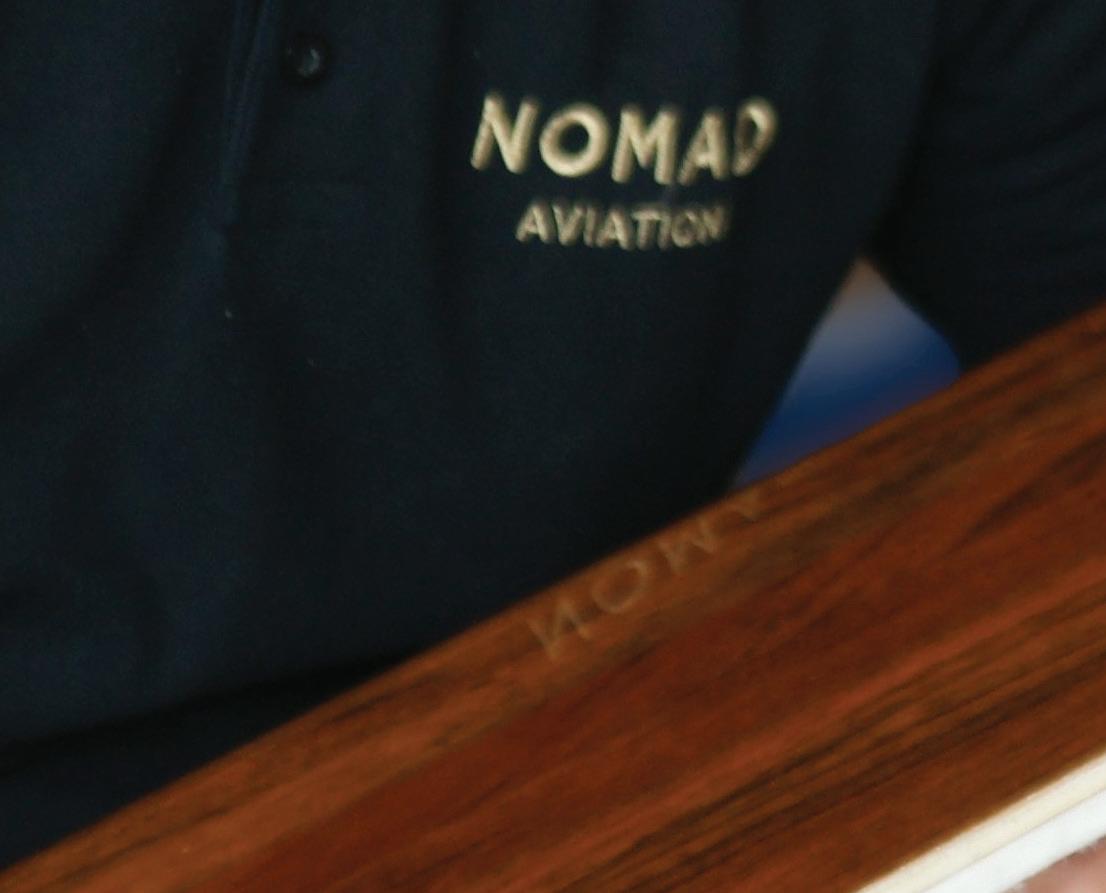

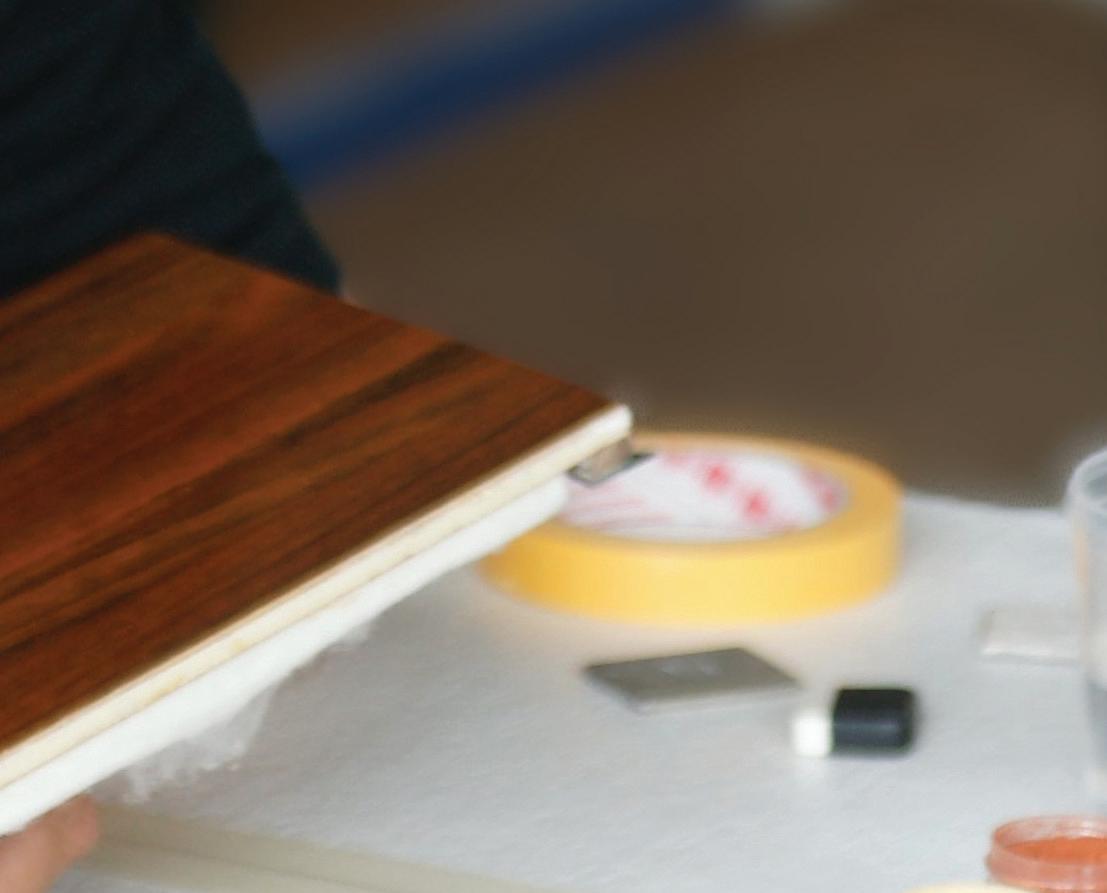



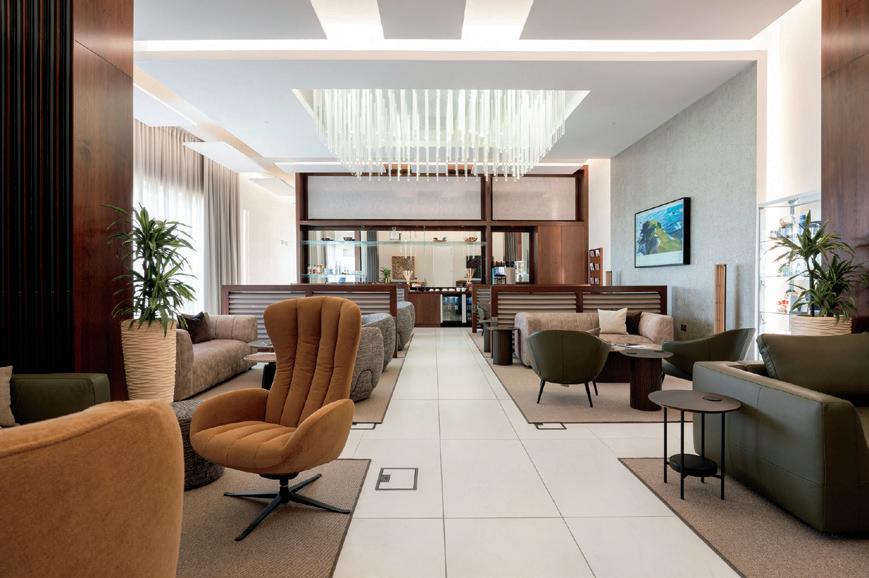



HarrodsAviationhasunveiledtheirlatestcollaborationwithBoConcept,areimaginingof “Togetherwe’veredefinedtheprivateaviationexperiencewithaspacethatblendsunderstatedluxury,comfort, andtimelessdesign,”says ,CommercialDirector,BoConceptUK.“Everydetailreflectsthe HarrodsStandardofexcellence.”
Fromprecisionhandlingtocuratedcomfort,HarrodsAviationdeliversaserviceasexceptionalasthejourney itself.

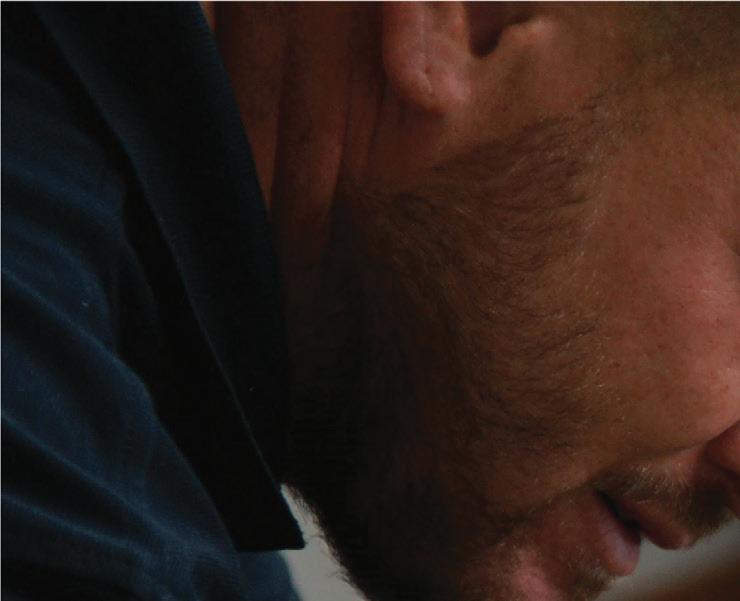







joining all the time. So you need to have something special to offer clients, something that makes you stand out from the pack.

For us, this is the combination of extremely high-quality customer service and excellent technical support. Focusing on these two elements has enabled us to establish ourselves as a serious contender in the MRO space, and it is fair to say that we have really found our niche as a premium boutique operation.
AH: Are your clients primarily Europe-based or do they come from all over?
TK: Our geographic focus in Europe and the Middle East. We have also clients from US, Africa and Far East, but our main clientele are from Europe.
“ It is fair to say that we have really found our niche as a premium boutique operation.”

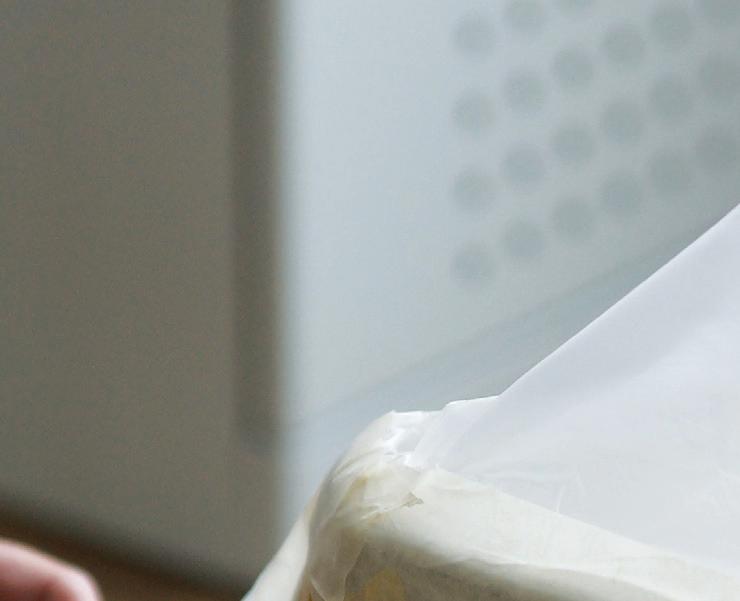

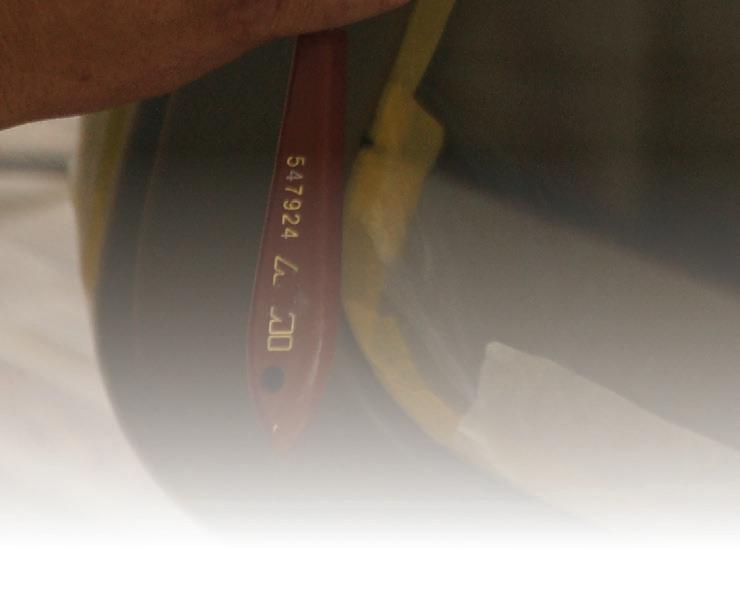
AH: On the MRO side, do you do the full range of jets, from Airbus and Boeing on down to business jets like Bombardier? And how important is the refurbishment side of things for you?
TG: We do the full range of jets, from large jets to light jets. We are very good on the refurbishment side too. This is where owners see the direct benefits of their investment. Maintenance costs are something they have to bear, but the results tend to be invisible to the owner. This is also not really where you can distinguish yourself, apart from being very transparent and open, so that owners understand what they are paying for.
Obviously, since many owners will be flying with their families, safety is absolutely key with them, and it is certainly
the top priority with us. But to make MRO attractive to a client, you need to be very customer-oriented, very flexible and straightforward in your approach and very aware of the client’s needs. This is where we really stand out as a family business. Our customers are not just one among dozens. We provide a very personal service tailored to their needs, which means getting the job done with the minimum amount of downtime and no hidden costs.
TK: The whole industry is still having supply chain problems. That can impact ground time for the aircraft, so you need to have a very strong parts business. This, again, is where we do very well. We can customise solutions very quickly, and that makes us very attractive.
AH: What can you tell me about the aircraft management side?
TK: At the moment, we have eleven aircraft under management, and four of these are available for charter. We have our own charter sales team, and they do an excellent job.
We are working hard right now to grow the managed fleet side, but we want to do this in a very measured way. The focus, always, is on ensuring that we continue to provide the very high standard of service that characterises our brand.
The sweet spot that we are aiming for is to have around 15 to 18 aircraft in our managed fleet. With that level, we will still be in a great position to provide a very client-oriented service.
AH: How do you find the charter market at present? We hear that it has settled somewhat from its post-COVID high.
TK: It is definitely back to what I would call a normal growth curve. So, if you compare demand today to preCOVID, in 2019, say, we are a good bit ahead of that in 2025, but we are down on 2023 and 2024.
AH: What is happening as far as growth generally is concerned?
TG: At Nomad Technics, we have been expanding our teams and tools, with the aim of staying focused on the aircraft types we already service. We have a cabin shop, a sheet metal shop and a furnishings shop, so we can respond very quickly to customer requirements. We feel very comfortable right now with the aircraft types that we service. These include Bombardier Globals and Challengers, Airbus ACJs and Boeing BBJs.
TK: Our aim is to grow both the client portfolio here in Switzerland and also in Europe. In fact, we are looking at possibly opening another AOC or acquiring a business elsewhere in Europe when the moment and the opportunity arise. |BAM
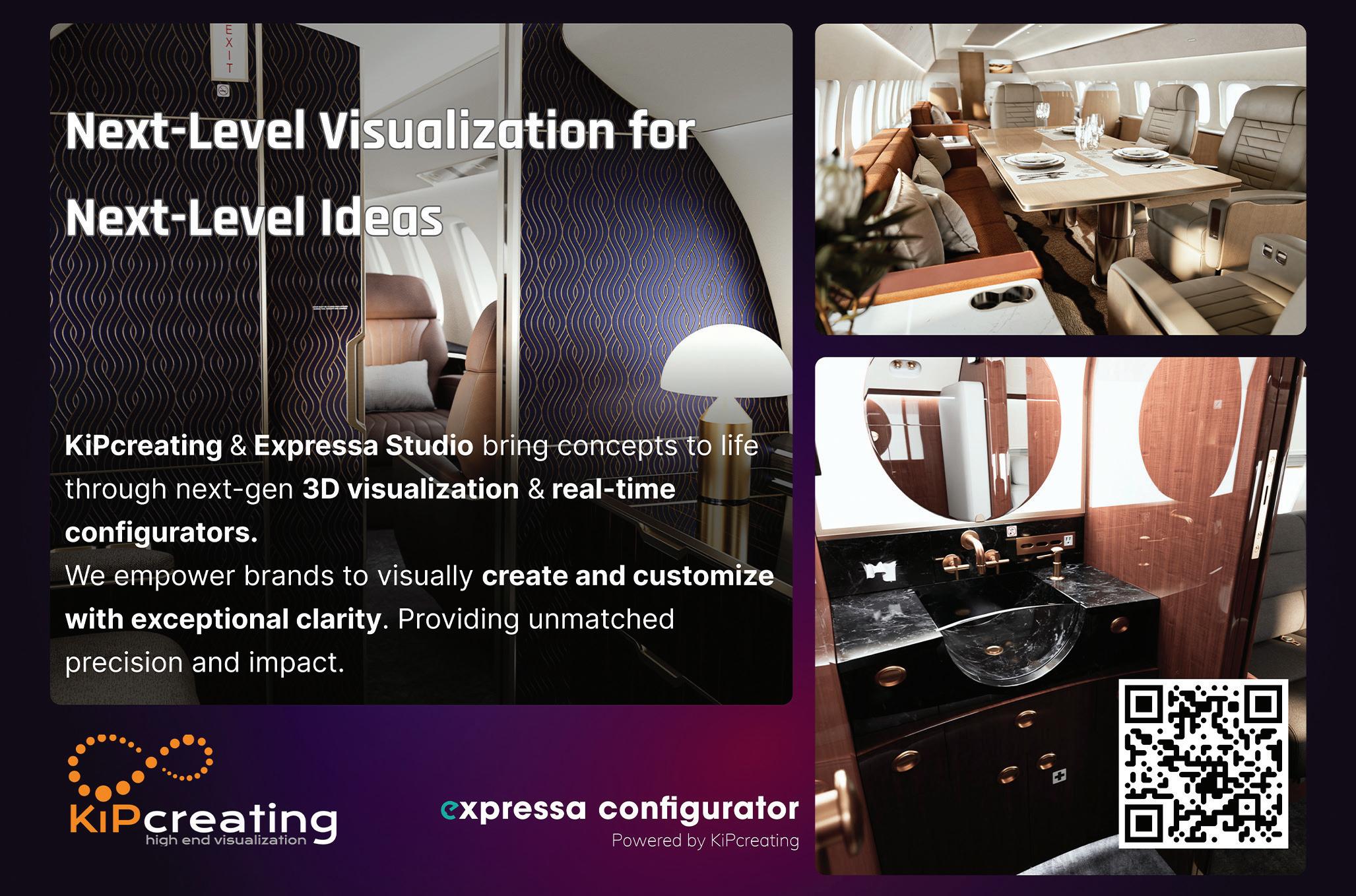
Lannie O’Bannion


Jimmy Beeson
Lannie O’Bannion, senior vice president, Global Sales & Marketing, Textron Aviation, and Jimmy Beeson, vice president, Product Innovations, on the Cessna Citation Gen3s








Textron Aviation leads the way in aircraft innovation, exemplified by its new Cessna Citation Gen3 business jets. We spoke to Lannie O’Bannion and Jimmy Beeson about the new models and the features the manufacturer is bringing to the legendary Citation lineup.


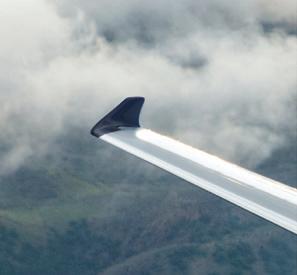

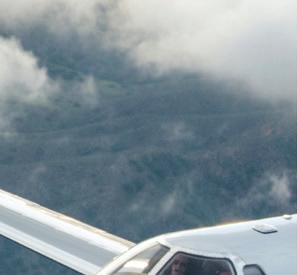




Q: Can you give us an overview of the new Citation Gen3 models?

LB: We continually invest in our extensive product lineup based on customer feedback, and at 2024 NBAA-BACE, Textron Aviation shared exciting news about the future of the legendary Cessna Citation light jets — the CJ4 Gen3,

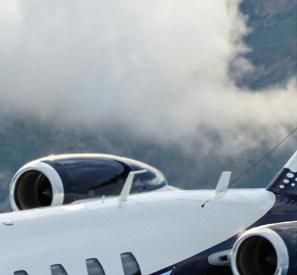
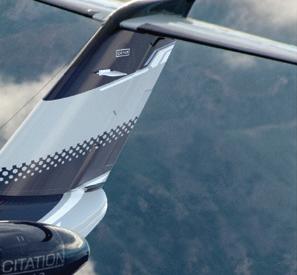





Cessna Citation
M2 Gen3





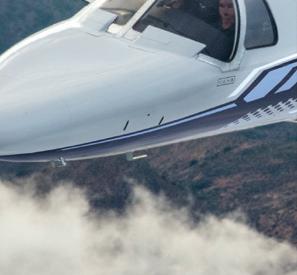



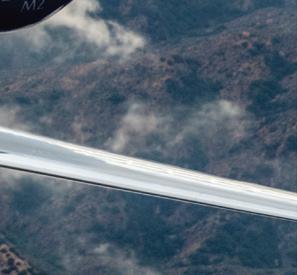

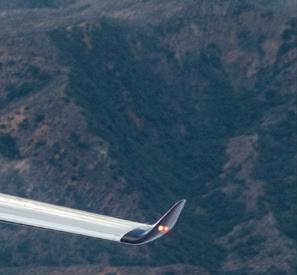












Cessna Citation

M2 Gen3





















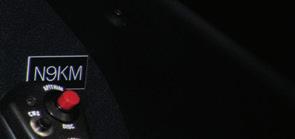










CJ3 Gen3 and M2 Gen3. These Gen3 aircraft are designed to elevate the flying experience and integrate revolutionary Garmin Emergency Autoland technology into the cockpit — something that’s important to our customers and provides even greater peace of mind for everyone on board.
JB: In addition, Textron Aviation was the first original equipment manufacturer to announce the incorporation
Learn









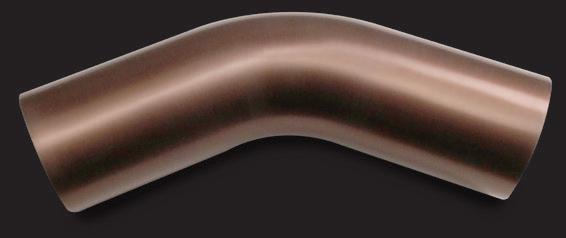
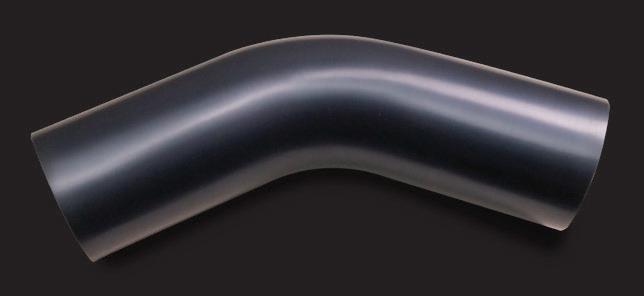
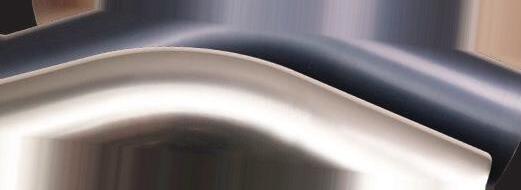
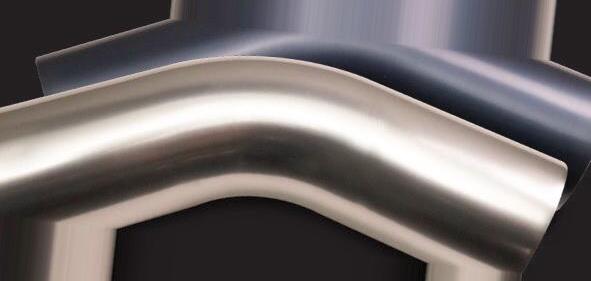



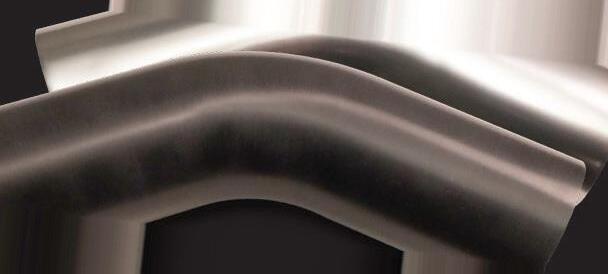
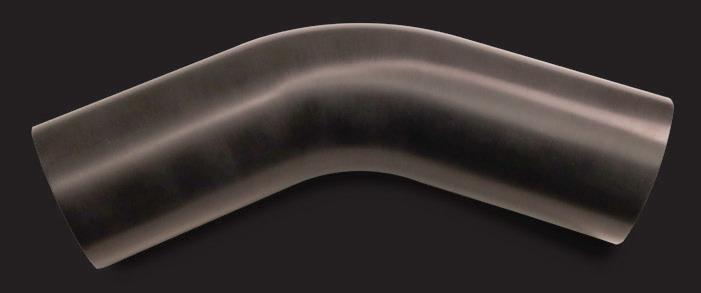



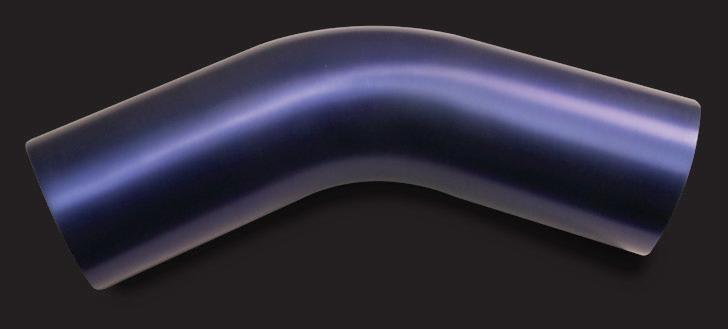









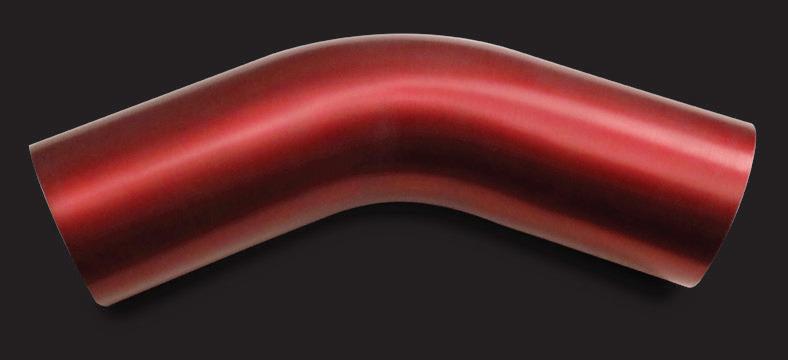








Cessna Citation
CJ4 Gen3

of the advanced Garmin G3000 PRIME avionics, which will be featured in the CJ4 Gen3 aircraft. This cutting-edge technology is designed to provide pilots with intuitive control and enhanced functionality through interactive multi-touch technology and a streamlined flight deck.

which include pilots, owners, passengers and maintenance technicians, helps us identify and implement the innovations customers value most. This collaboration ensures our aircraft meet evolving needs and provides an exceptional experience for pilots and passengers.

Q: How do you decide how and when to innovate and introduce new features to your aircraft?
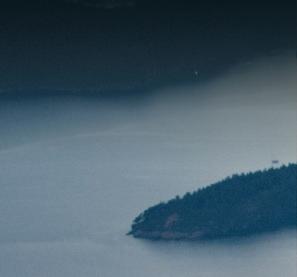
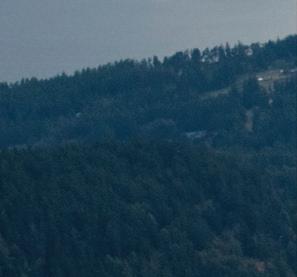


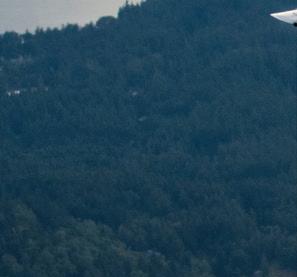

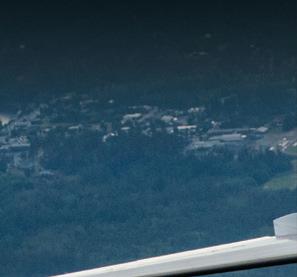


LB: Customer feedback drives our innovation. Engaging closely with our Customer Advisory Boards (CABs),
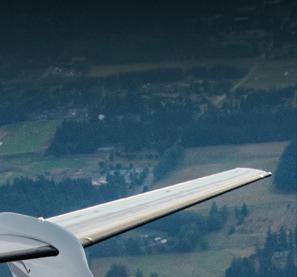
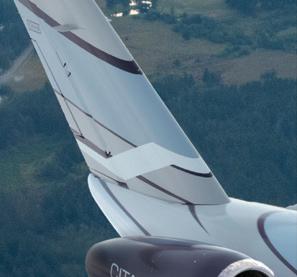


Cessna Citation
CJ4 Gen3


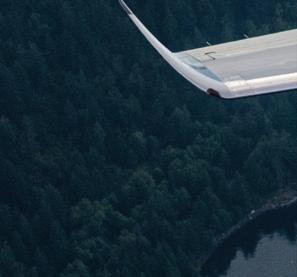


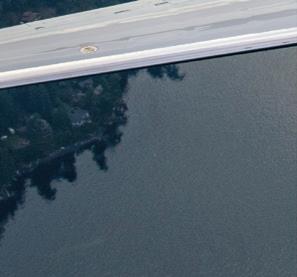






Q: How does Textron Aviation balance elevating the customer experience in the Gen3 light jets while maintaining the features that customers already love?
JB: Our customers love flying, and it’s their ideas






“ “Textron Aviation was the first original equipment manufacturer to announce the incorporation of the advanced Garmin G3000 PRIME avionics, which will be featured in the CJ4 Gen3 aircraft.”









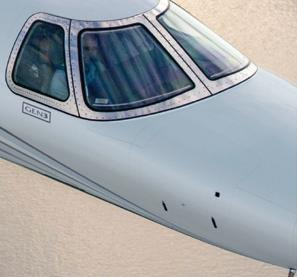

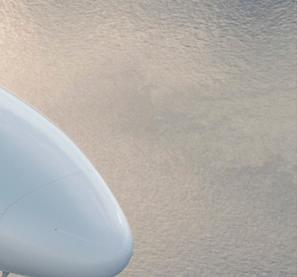







We are shaping the future of cabin experience for VIP aircraft with in-flight entertainment, connectivity solutions and cabin management systems. Our highly customized solutions give VIP and Head of State passengers the freedom to relax and be productive above the clouds.
that drive innovation in our products — from cockpit to cabin. The Gen3 aircraft incorporate the new technology customers desire but also features the comfort, productivity, performance and luxury they’re accustomed to in Citation business jets.
Q: What demand does Textron Aviation see for the personalization of aircraft, and how can you offer this personal touch to customers?
JB: Our team of professional designers work with each customer to help them select fabrics, flooring, cabin features and paint schemes to personalize their new aircraft. Some customers want an aircraft that matches the design aesthetic

of their home or car, others want a special area for their pet and there are customers who want the cabin to reflect something meaningful for their family.
Q: How can innovation in products like the Gen3 models elevate the next generation of the travel experience, ensuring they meets passenger needs without compromise?
LB: Customers help lead our innovation. That’s why our CABs are such an integral part of every new or upgraded product we bring to market. Listening to our customers and incorporating their feedback is part of what makes Cessna and Beechcraft products so legendary. |BAM

“ “The Gen3 aircraft incorporate the new technology customers desire but also features the comfort, productivity, performance and luxury they’re accustomed to in Citation business jets.”


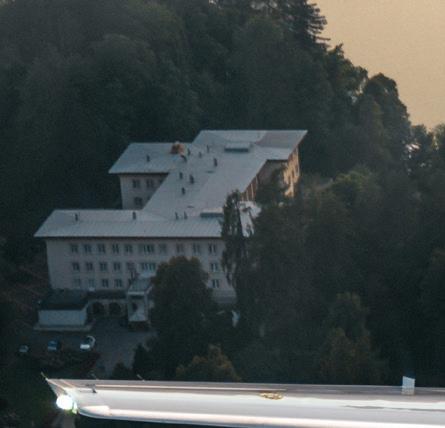




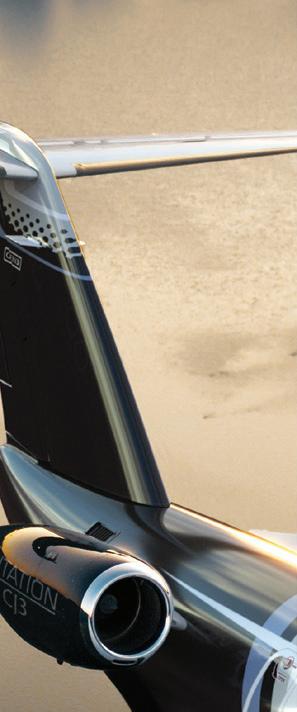


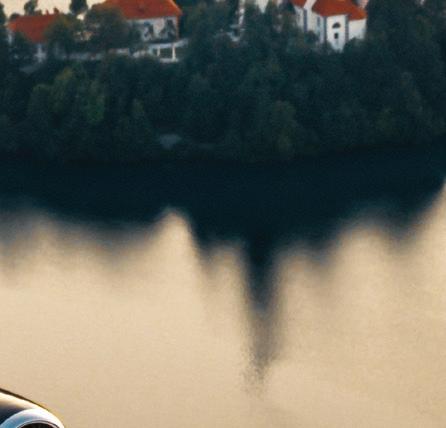



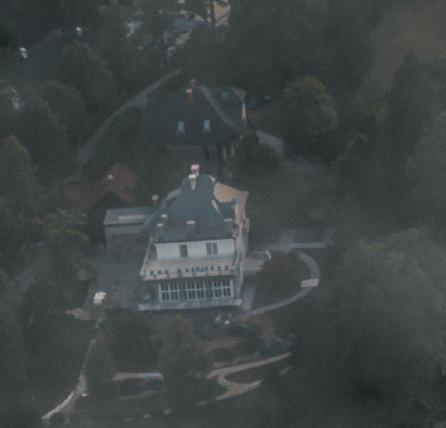
Cessna Citation
CJ3 Gen3
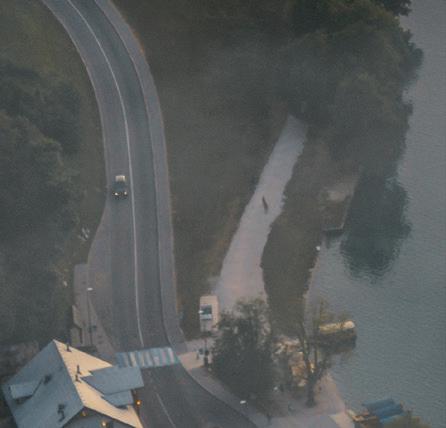








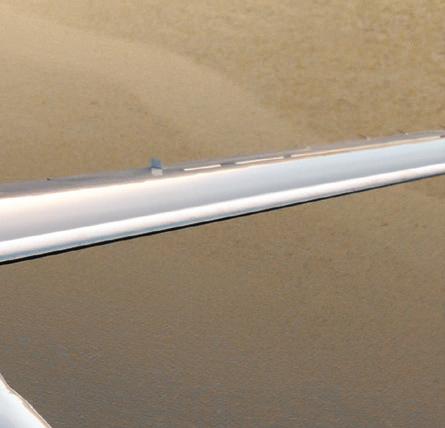



Gogo leads the way in aviation cybersecurity with monitoring and protections built into every layer of our connectivity infrastructure










Mark Glogouski, paint shop manager at Stevens Aerospace & Defense Systems, and Julie Voisin, Market Segment Manager at Sherwin-Williams Aerospace Coatings, talk to Anthony Harrington about two of the paint shop’s latest successes
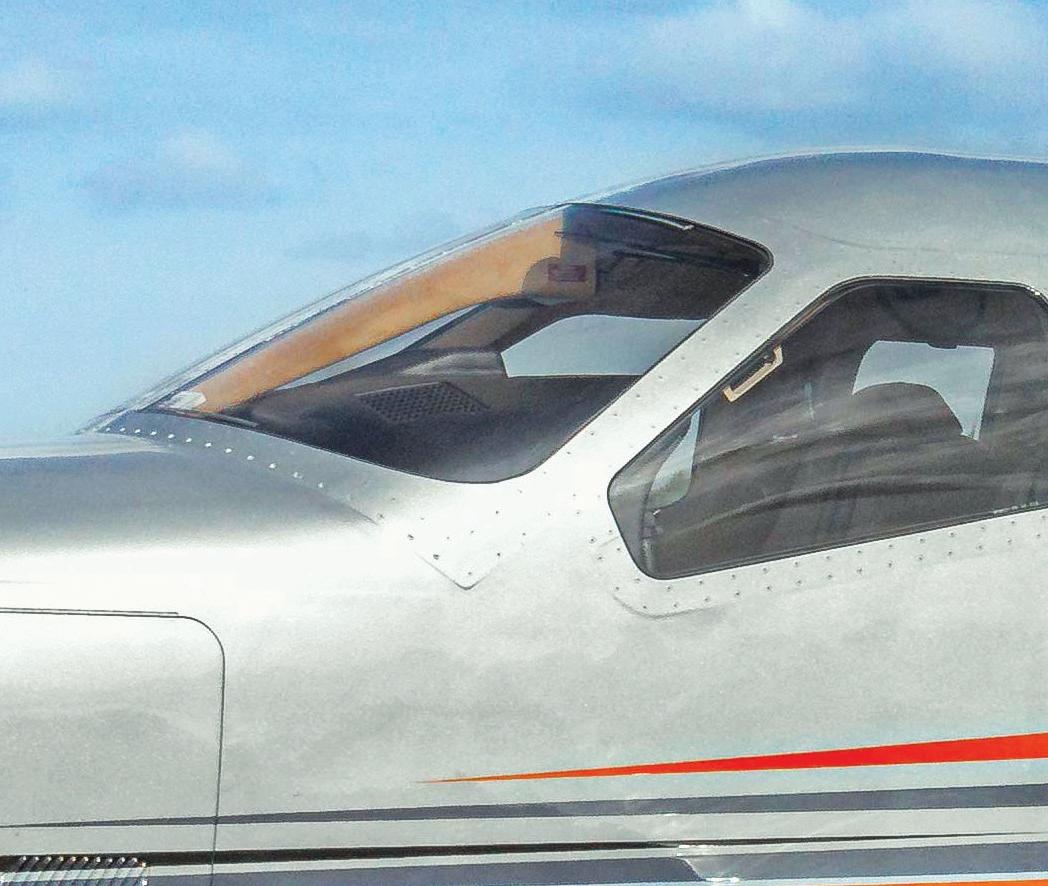
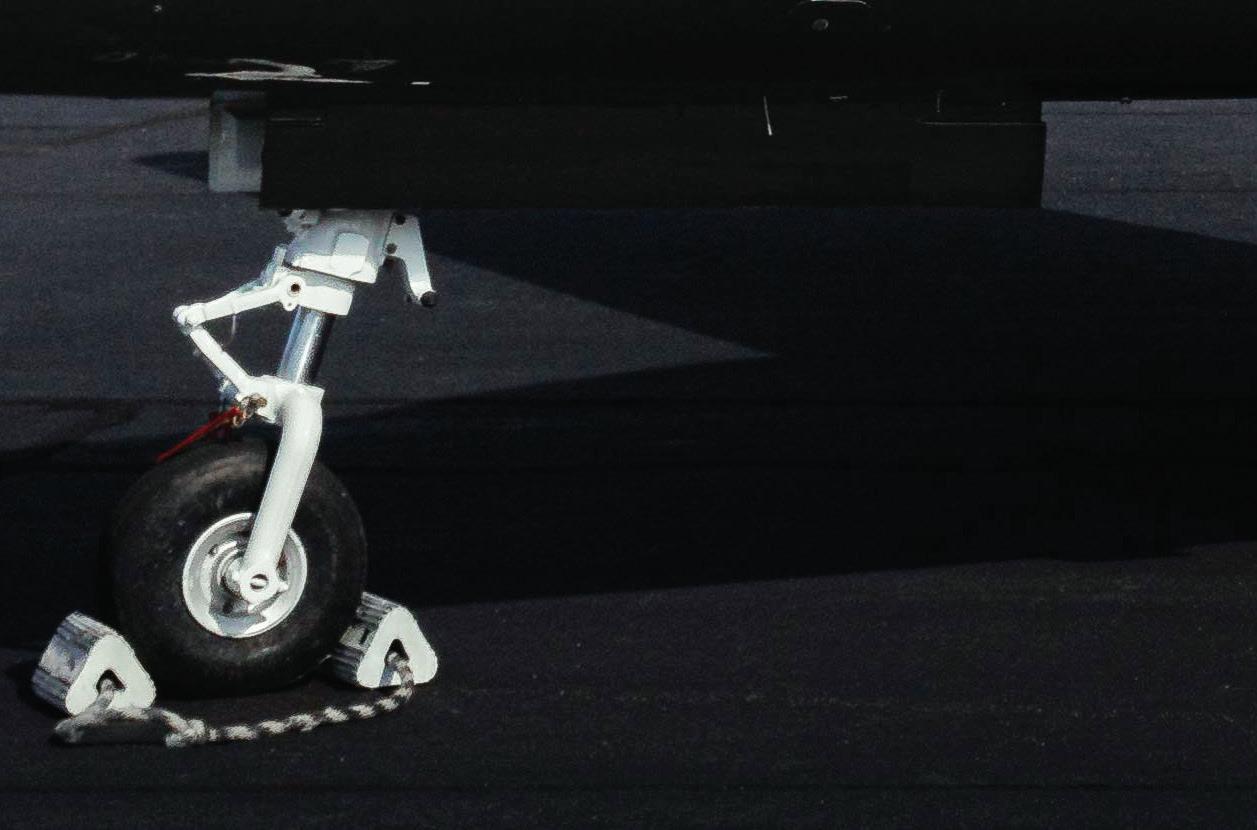
The Stevens Aerospace story began in the 1940s when J.P. Stevens and Company — one of the era’s largest textile makers — recruited a team of aviation experts to maintain their small fleet. Their reputation for precision and service spread quickly, and it wasn’t long before other owner-operators brought their airplanes to Greenville, South Carolina, to receive that same quality of care. By 1950, Stevens Aviation was born.

The Stevens Aerospace expert team has been setting the standard for excellence in the world of aircraft maintenance, repair, and refurbishment for more than 75 years. During that time, the company has rebranded several times, from Stevens Beechcraft to Stevens Aviation, and, since 2018, to Stevens Aerospace & Defense Systems, reflecting the company’s present scale and reach.


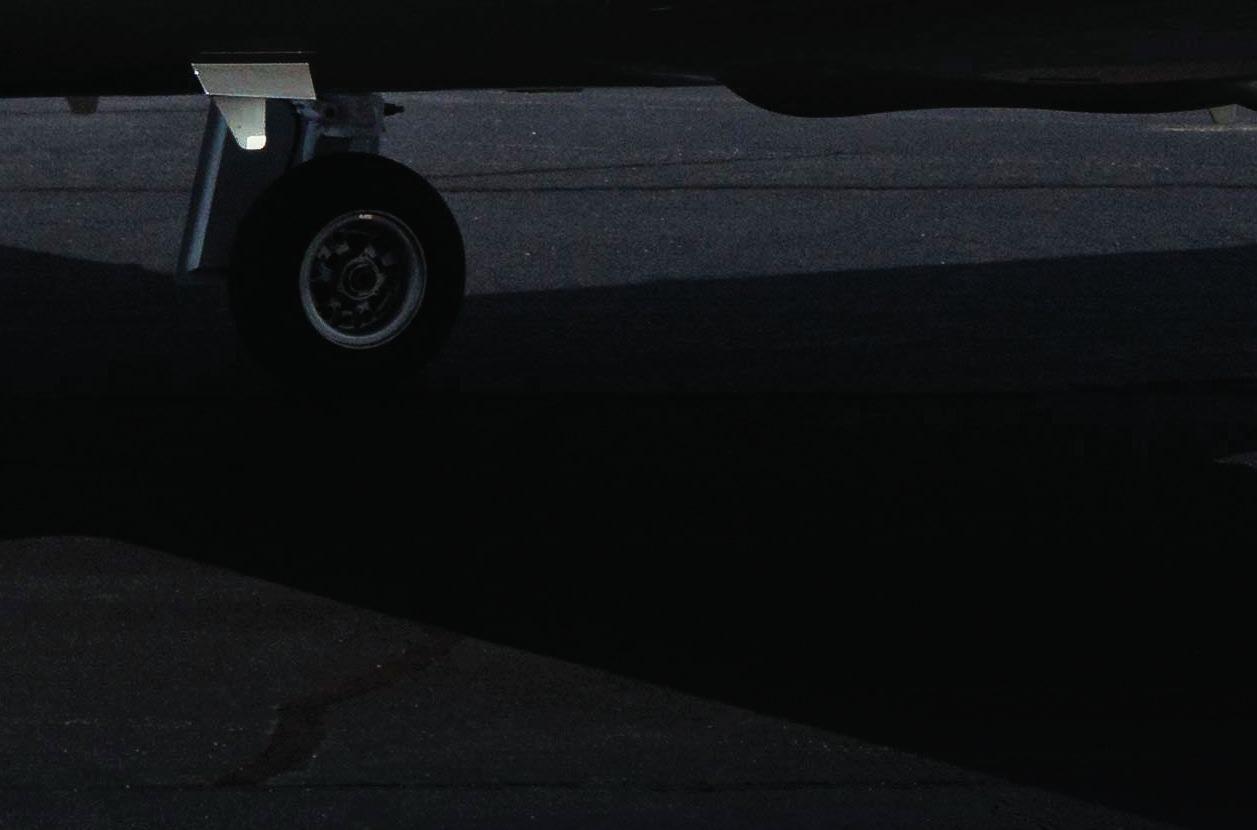
The Sherwin-Williams Company manufactures and distributes a complete line of advanced technology paint and coating systems for automotive, aerospace and fleet refinishing industries, including a complete line of advanced technology paint and coating systems for a variety of commercial, general aviation and military aircraft.

Sherwin-Williams Aerospace Coatings is a part of the Sherwin-Williams Performance Coatings Group, which supplies a broad range of highly engineered solutions in more than 120 countries around the world. Founded in 1866, The Sherwin-Williams Company is a global leader in the manufacture, development, distribution, and sale of paints, coatings, and related products to professional, industrial, commercial, and retail customers.



“ “A major portion of our business is painting aircraft fully integrated in our full-service MRO shop.”
Mark Glogouski
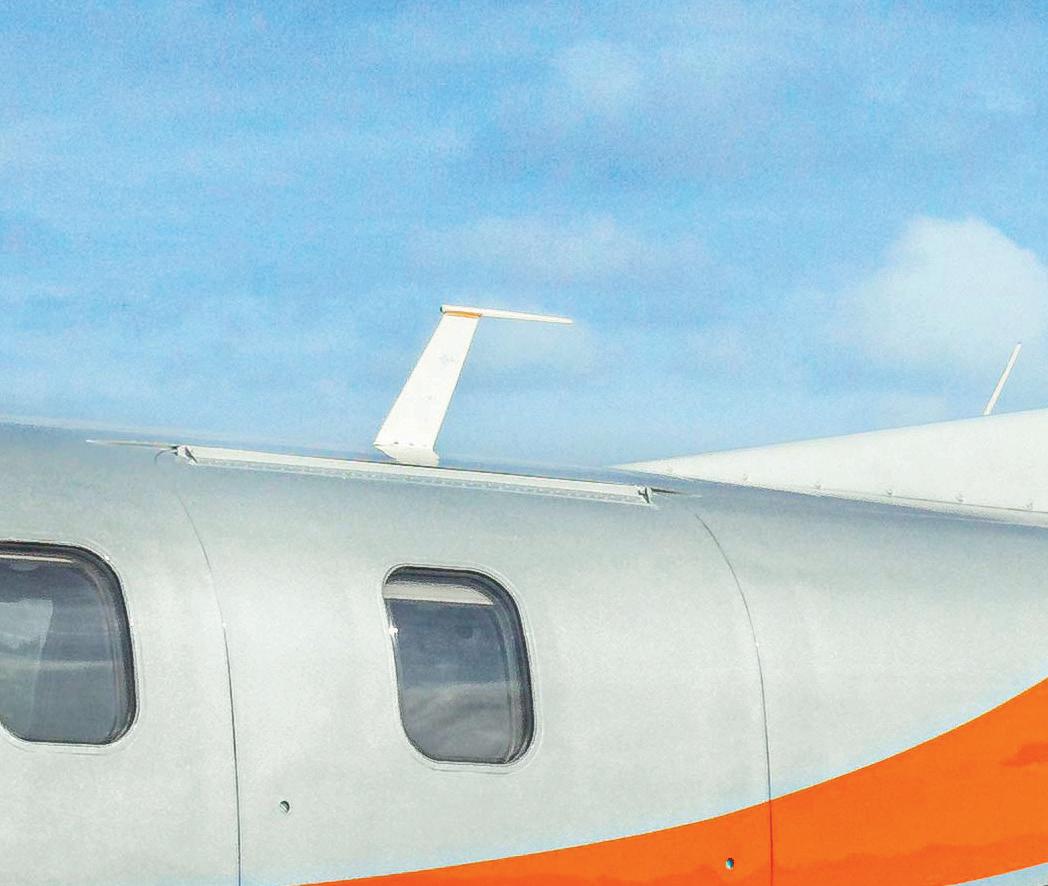
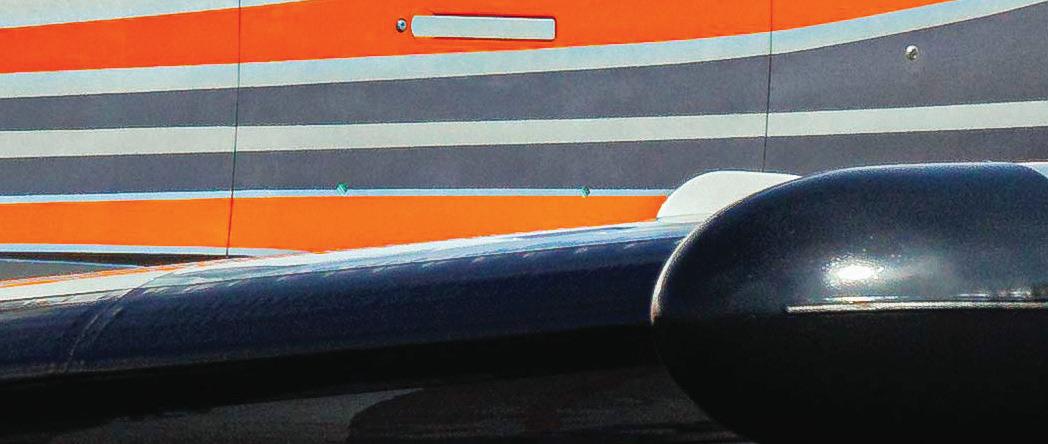


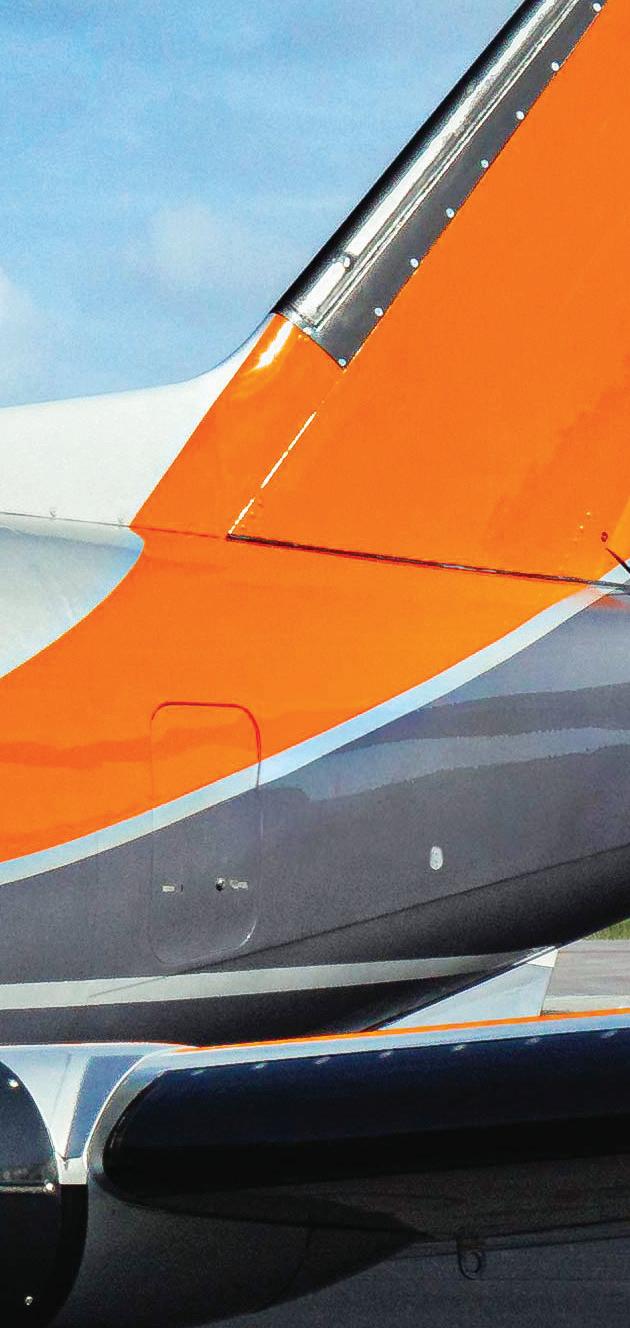



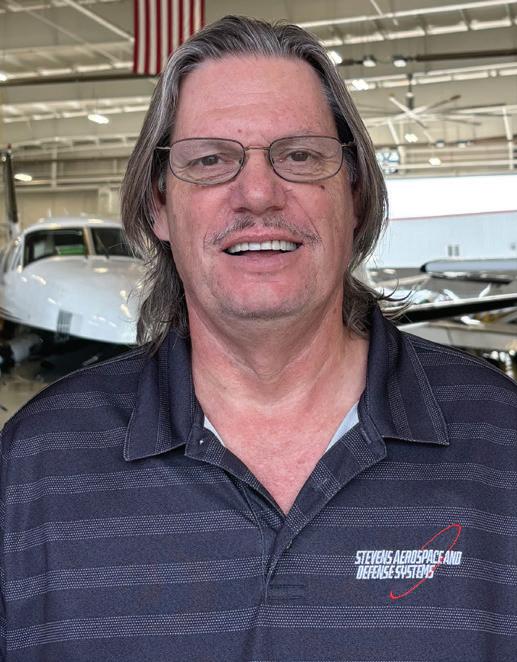
AH: Stevens is now one of the leading independent MRO companies. How significant a role does the aircraft paint and design operation play inside the total business mix?
MG: A major portion of our business is painting aircraft fully integrated in our full-service MRO shop. We cater to everything from turboprop aircraft and light jets on up to Challengers in our paint shop with capabilities of larger cabin jets in the other areas of the MRO. Paint is very important. Last year we painted over 40 aircraft and in 2025 we have some 54 aircraft already booked in, with some completed and some scheduled.


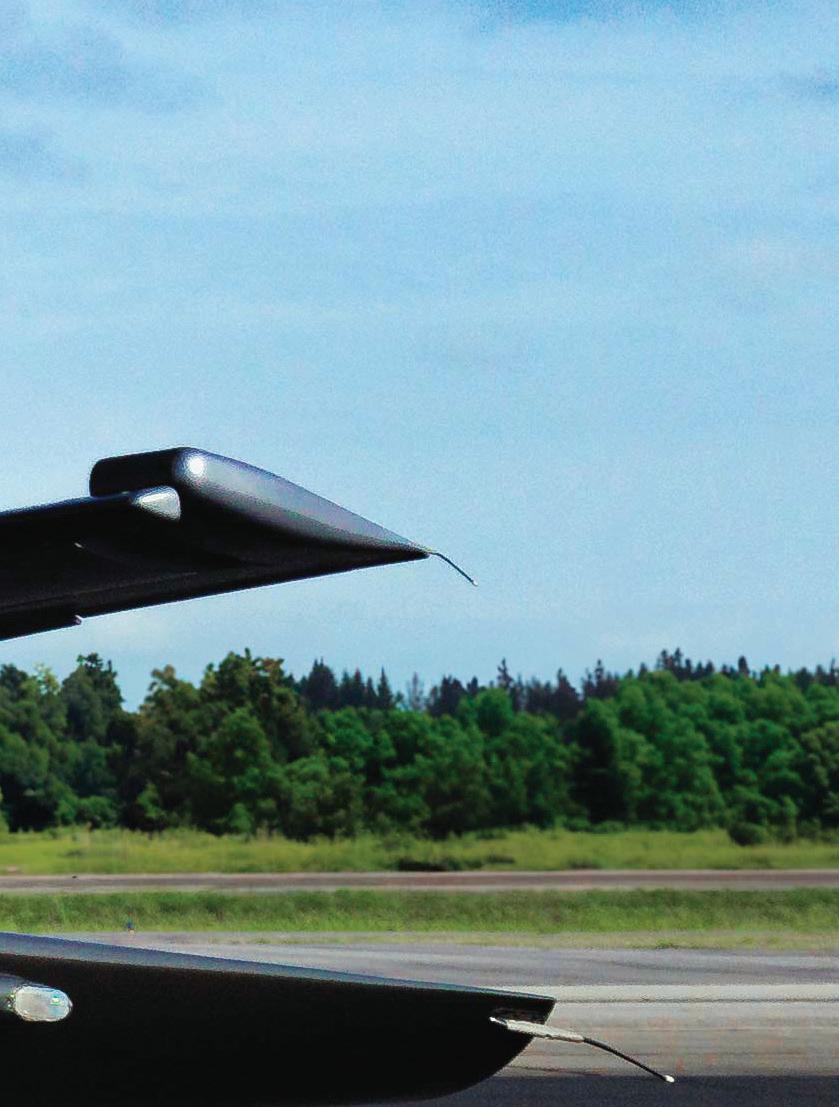



AH: What is your sense of how strong the demand for aircraft painting is across the US at present?
MG: Right now, I’d say that all or most of the top paint shops across the US are pretty full. Slots are hard to come by.

Part of the problem is that finding skilled applicators is really hard. Aircraft, by their very nature, are tricky objects to paint. I’ve known guys who could do a pretty good job laying out a paint job on a car or a motorbike, but who couldn’t achieve a straight line on a jet for love of money. All that curvature on a jet is seriously challenging to get right. Painting a jet takes weeks rather than days.

AH: You’ve done two recent special projects with new paint products in association with your paint supplier, Sherwin-Williams. What did they do as a coatings partner to help make the project a success?
MG: The key thing for us when we are using a new coatings product is to ensure that we absolutely understand everything about the new product. Sherwin-Williams does great data sheets on their coatings and I read that assiduously and make sure that I and the team understand the mixing ratios. Sherwin-Williams

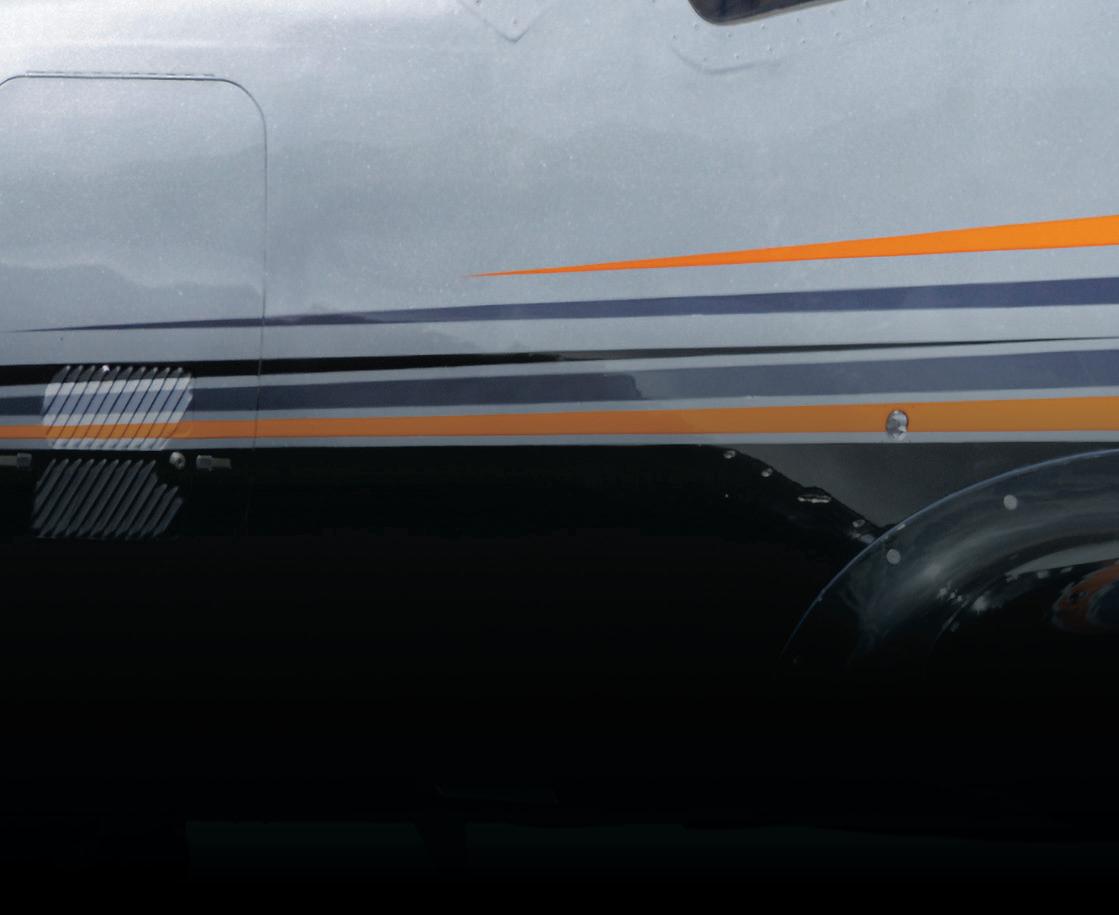
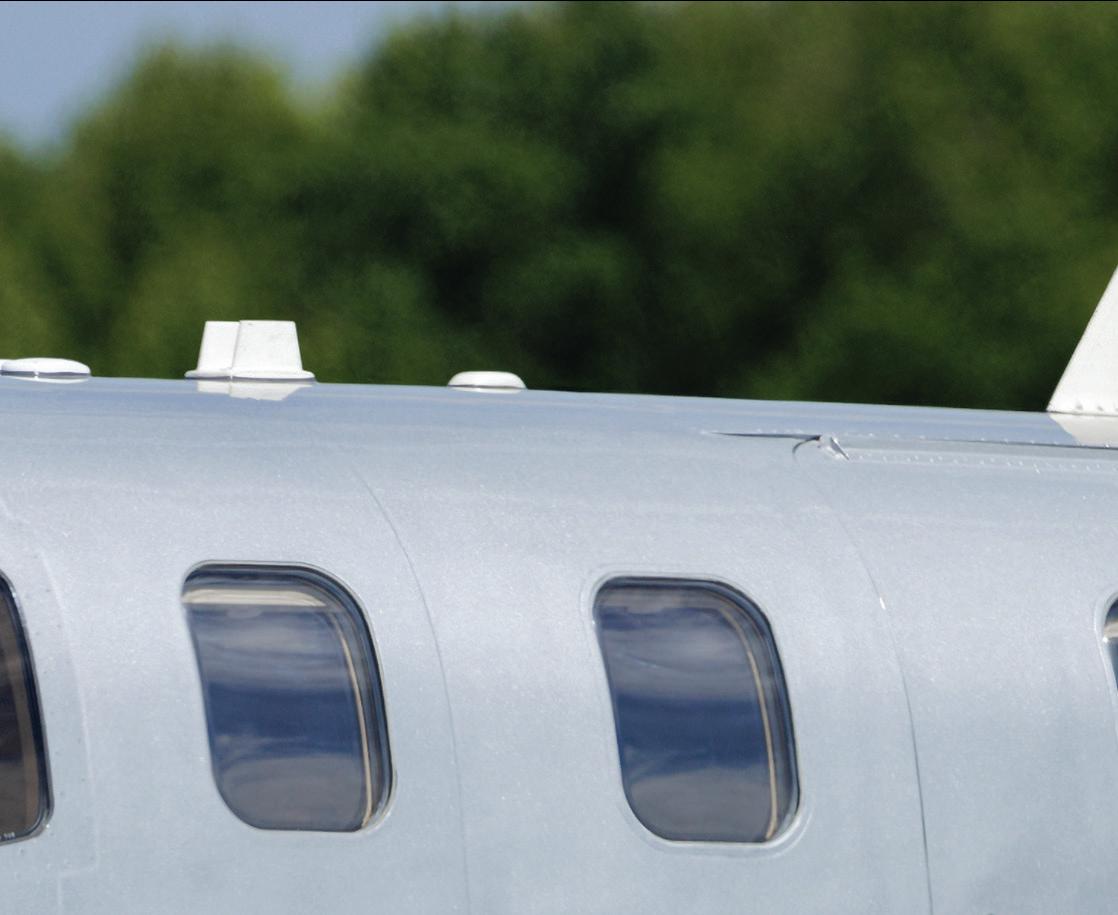
always has technicians available and if we feel it can be helpful, they will be right there with us onsite at the start of a paint project.
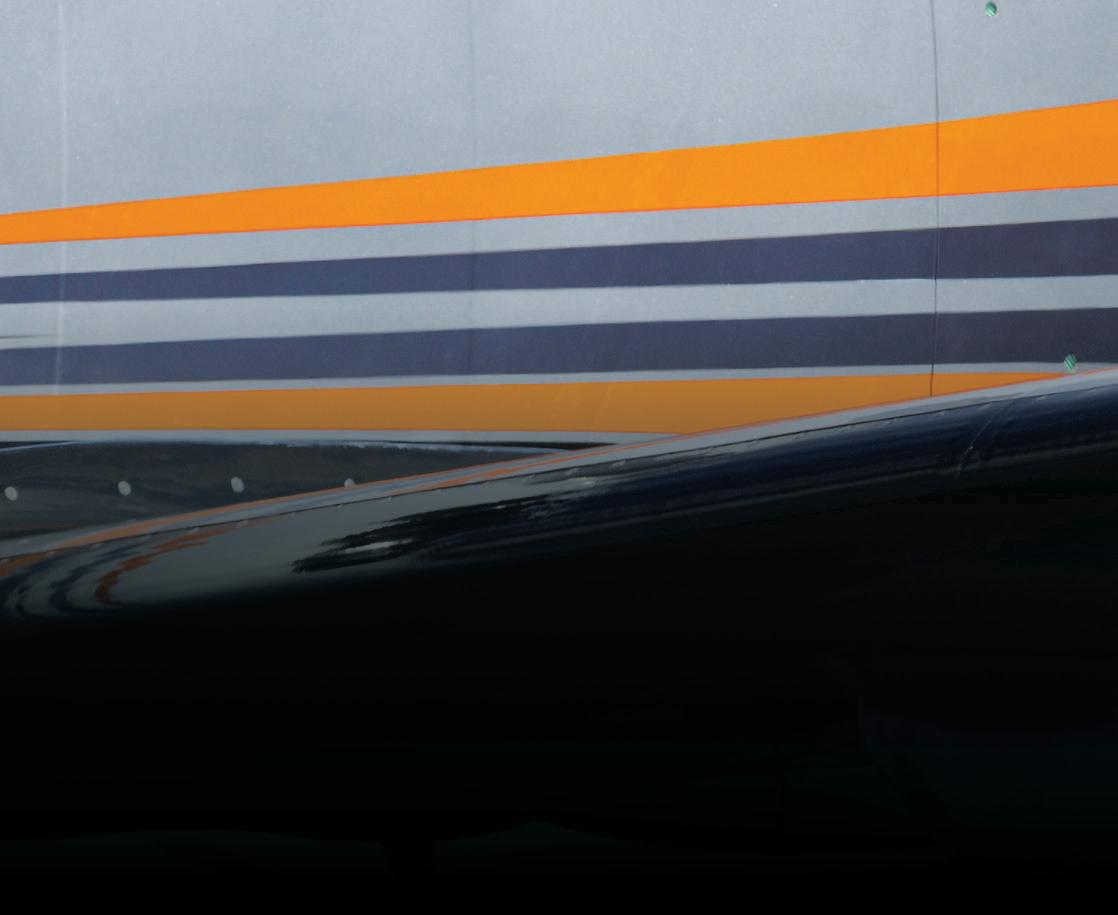
“
One of the two projects we did was a design and paint job on a TBM Socata. For that, I had Sherwin-Williams top technical expert, Richard Giles, plus one of their chemists out here on site to make sure that the mix was going to be absolutely right. We made sure we were setting the right pressures on our paint guns. This is really key to getting a perfect coating.
JV: I’d like to add that this is very much a partnership. When we release a new coating and it is going on a major paint job, we really focus on working with key people in the sector, like Mark, who can give us great feedback on how the product is performing.
We want to deliver easy-to-achieve mix ratios and coatings that are easily repairable and Mark’s feedback helps us to see that we are getting it right.
AH: What are some of the key challenges you face where the technical elements of the paints can play a significant role?
MG: The nature and quality of the coatings you are working with obviously have a huge impact. When you are painting large surfaces on an aircraft you want the paint to dry more slowly, so you don’t have dry spots. Slower drying is actually better for us in that it gives you more time to work with the paint. At the same time, if you are doing a repair, often you want the paint to dry faster. So, we want to have an offering that we can speed up or slow down. At the same time, we are generally under pressure to get the job finished and out the door, so speed and accuracy are huge factors.

One of the two projects we did was a design and paint job on a TBM Socata. For that, I had Sherwin-Williams top technical expert, Richard Giles, plus one of their chemists out here on site to make sure that the mix was going to be absolutely right.” Mark Glogouski

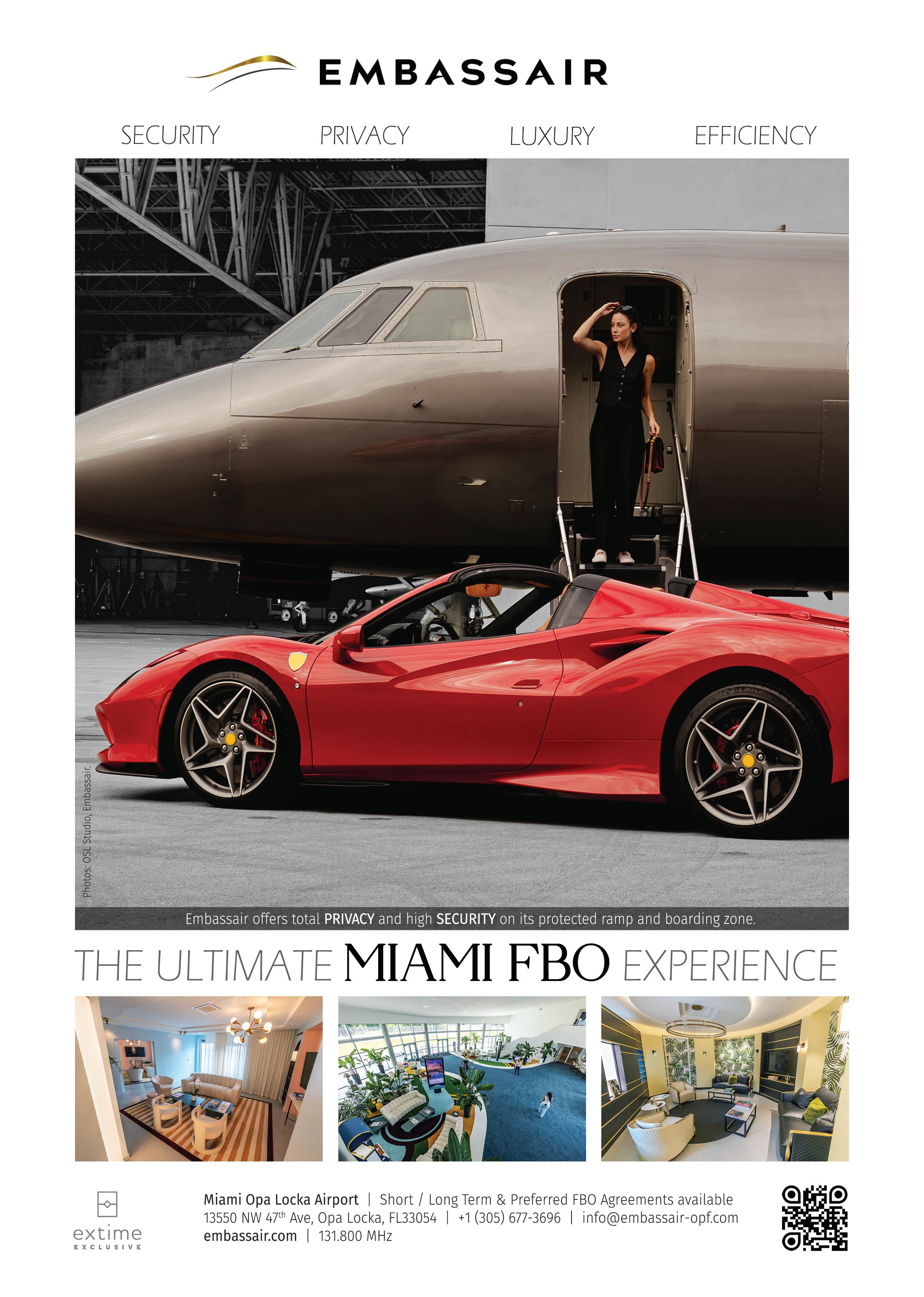
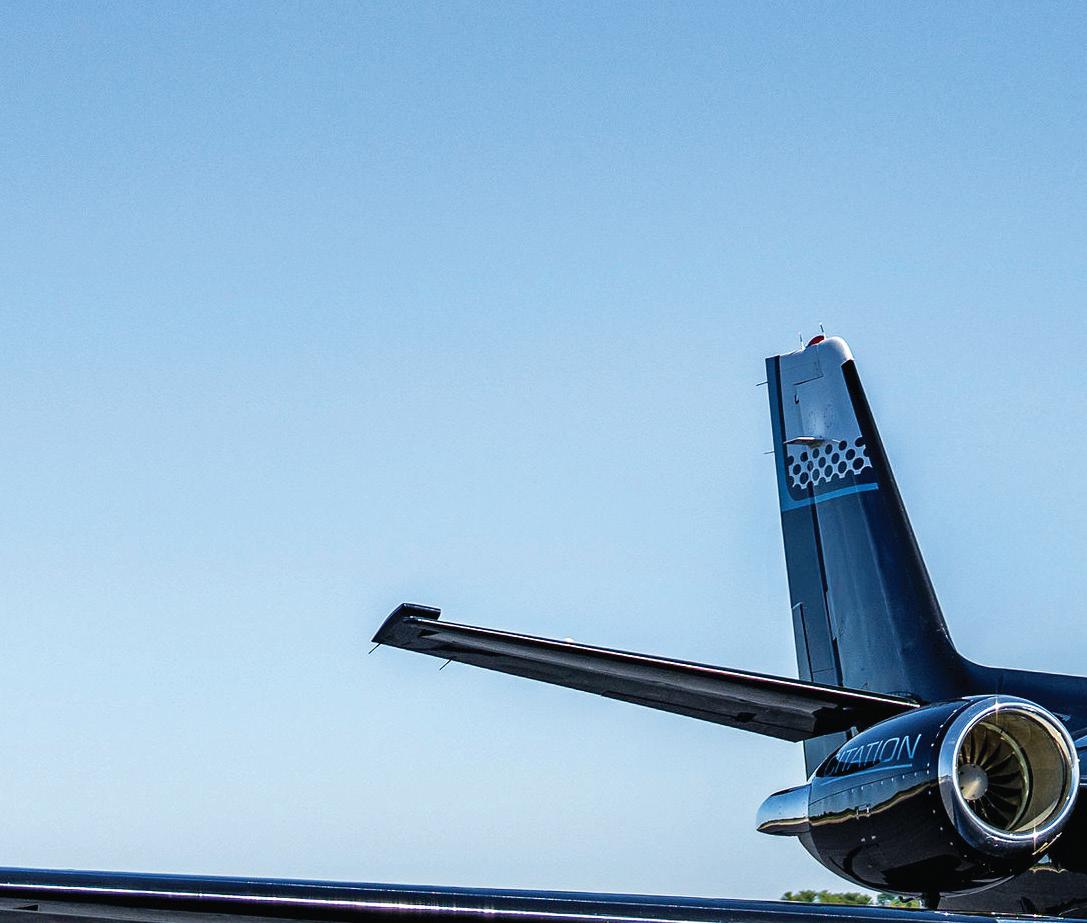


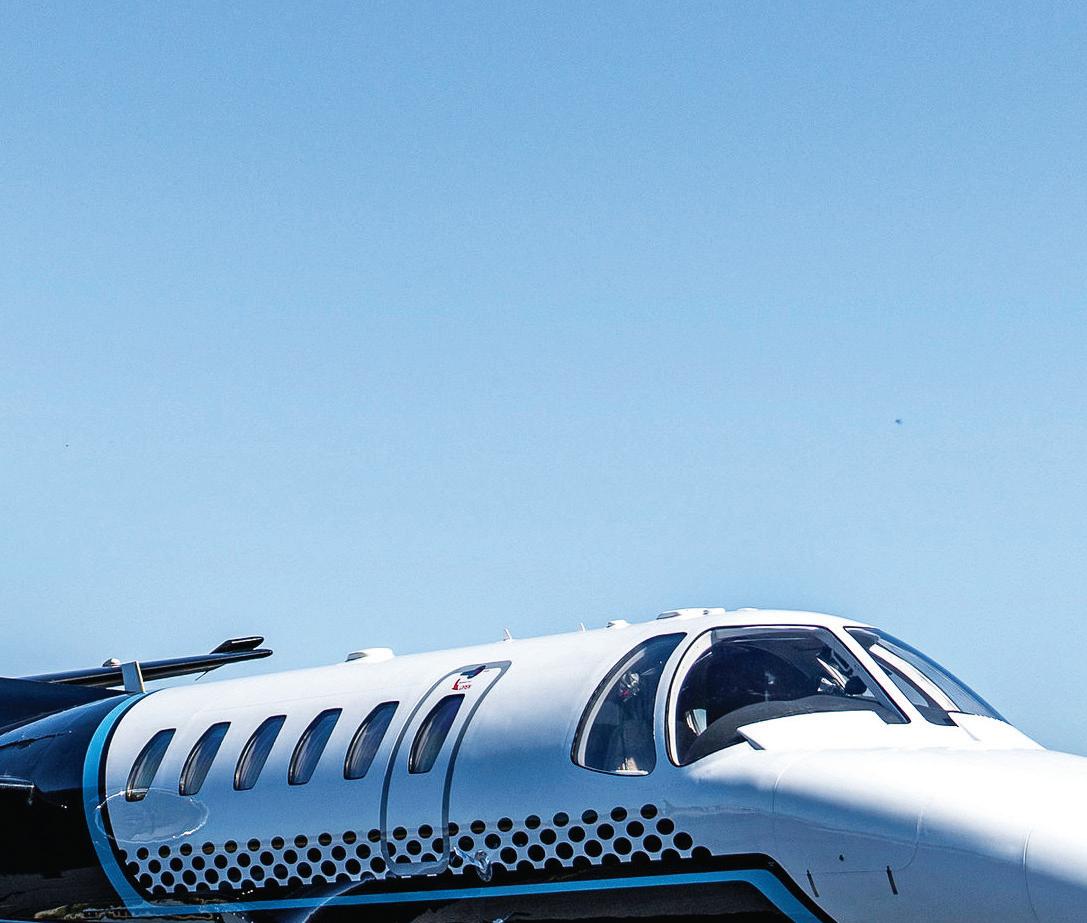





“ Our 850 Series SKYscapes Effect Finishes, which we released in March this year provides an easy-to-use line of mica, metallic and hybrid finishes.”
Julie Voisin

JV: As Richard Giles, our Technical Service Manager often notes, by the time an aircraft goes into the paint shop it has often spent weeks in the MRO shop, so as Mark says, his team is generally under pressure to get the job completed. Our 850 Series SKYscapes Effect Finishes, which we released in March this year provides an easy-to-use line of mica, metallic and hybrid finishes.

MG: With the painting of the TBM, SW has developed a finishing coating that goes over the pearls and metallics. The CM0850AP8 Appearance Enhancer locks the color in but gives you three days to work on the aircraft. This in turn makes it much easier to work on the metallics. SherwinWilliams has come a long way in helping us to be able to implement and turn out really fancy aircraft paint designs.

One of the challenges we had with the TBM was that it had large areas of silver paint. Silver and titanium are both very challenging for paint houses in that they have large flakes. You have to have your air pressure set just right and keep it constant, so you get the paint drying evenly.
With metallic paints, for example, if they don’t dry evenly, you can get a section of the flakes in the paint standing on edge and you get a wholly different reflection off the surface. Your eye will pick this up immediately as a blemish. By slowing down the drying time, that made things much easier for us.
Also, with the paint job on the Citation, we used SW’s 858 SKYscapes Single Stage coating. This is a product that

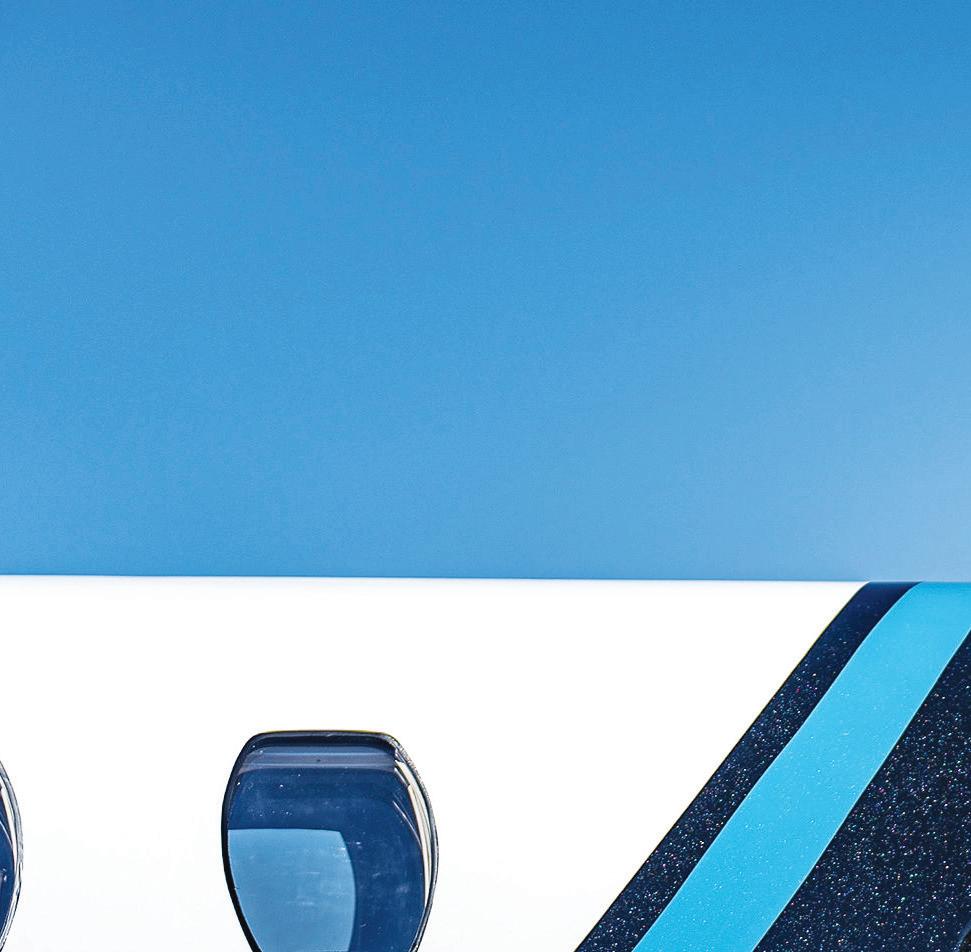
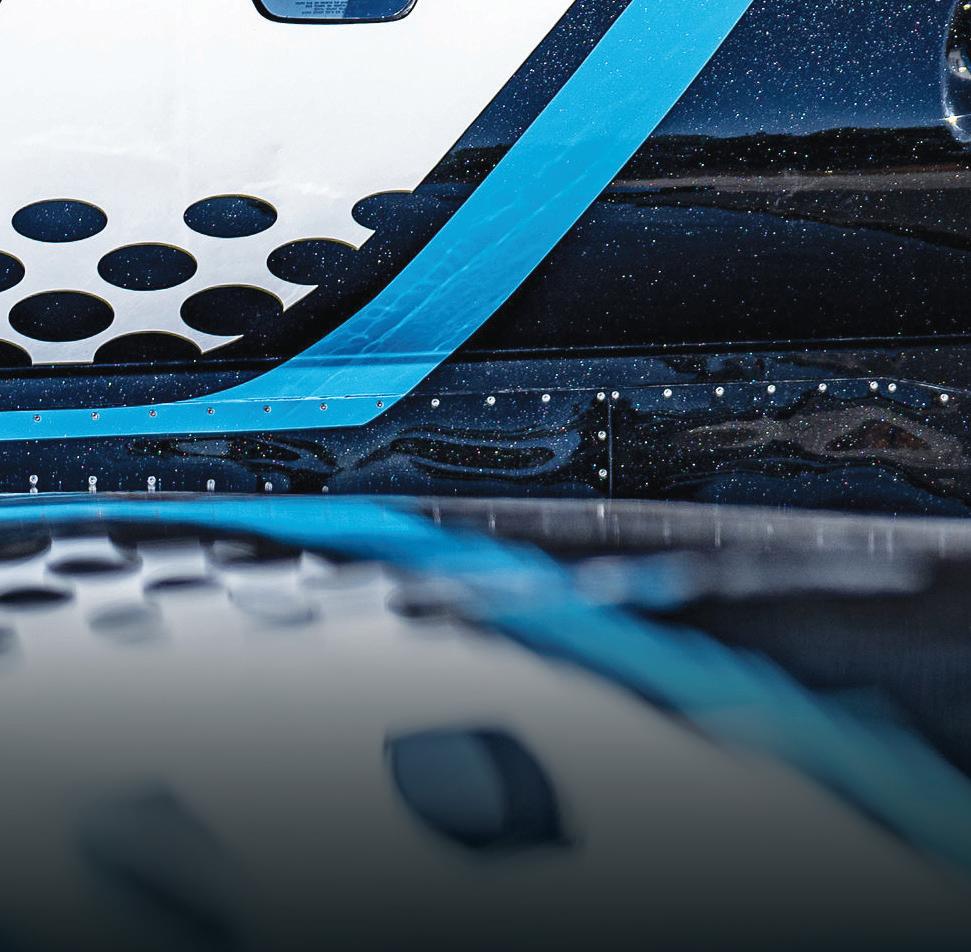



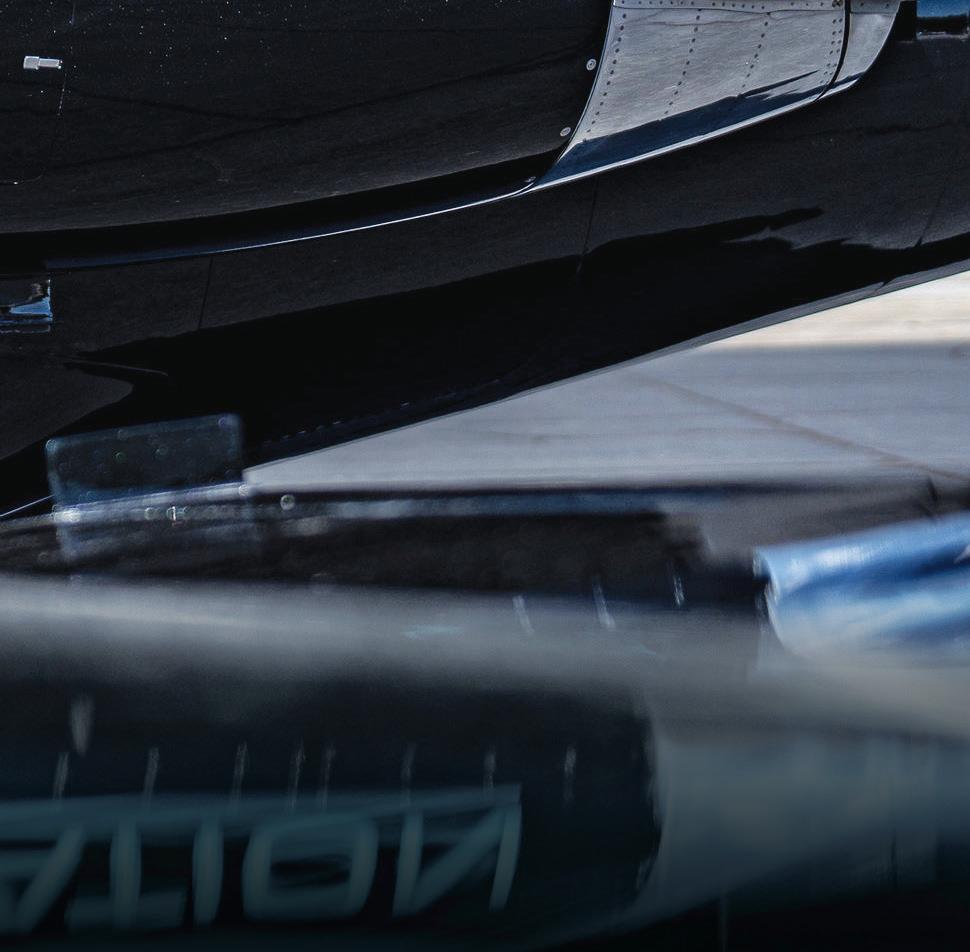

can be applied as a single-stage paint, with no clearcoat required, but it can also easily have a clear coat over it. There are so many options with this product. We put a shimmer coat over the top of the 858 series coatings and it looked fantastic.
JV: I understand that the design on the Citation took around 1200 hours to create. What was the customer’s reaction to the finished job?
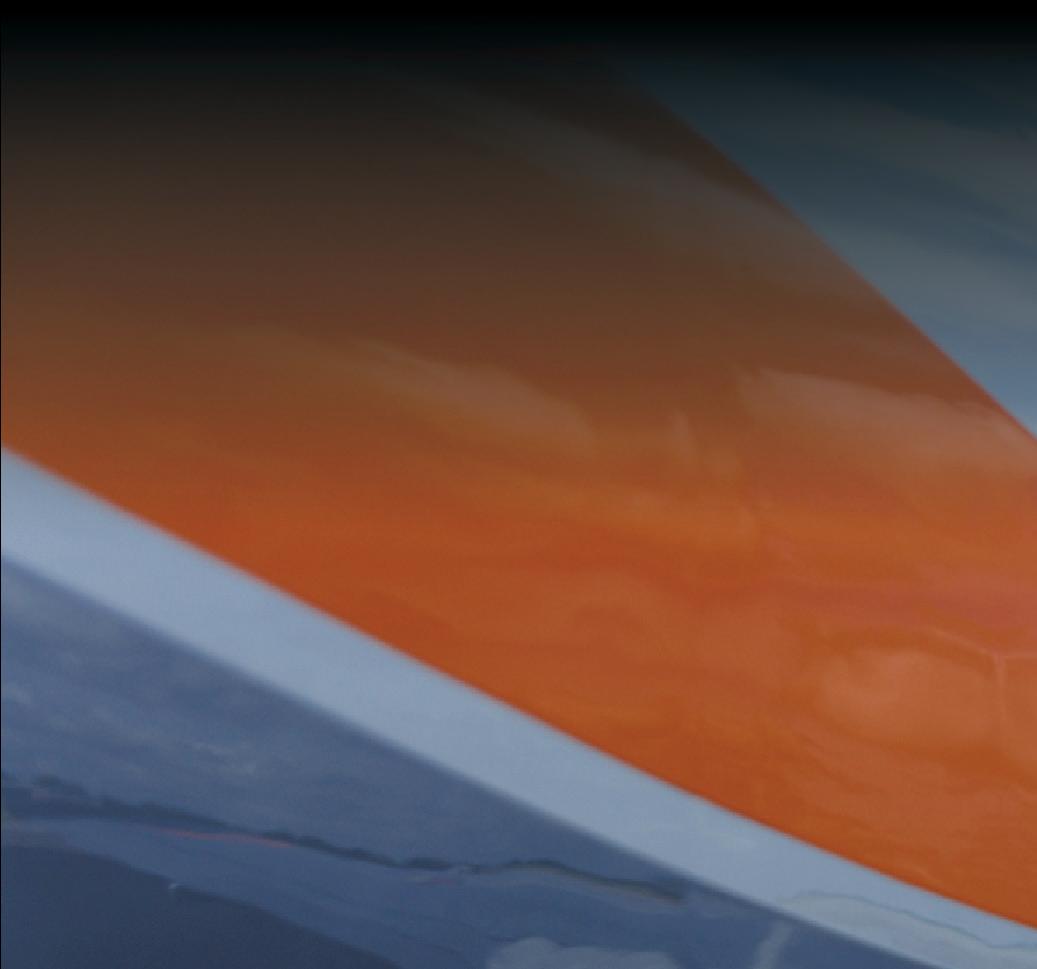


MG: The reaction was great, as was the customer’s reaction to the TBM. In fact, the TBM final paint job was so great, it was one of just 12 final aircraft design schemes to be featured in Sherwin-Williams annual calendar. And also with that job, the fact that the 850 Series is sp ecifically designed to be able to handle large areas was particularly important. It means that if the customer wants to do his or her aircraft wholly in a mica or metallic finish, we can accommodate them and do a great job. |BAM




“ The TBM final paint job was so great, it was one of just 12 final aircraft design schemes to be featured in Sherwin-Williams annual calendar.”

Mark Glogouski































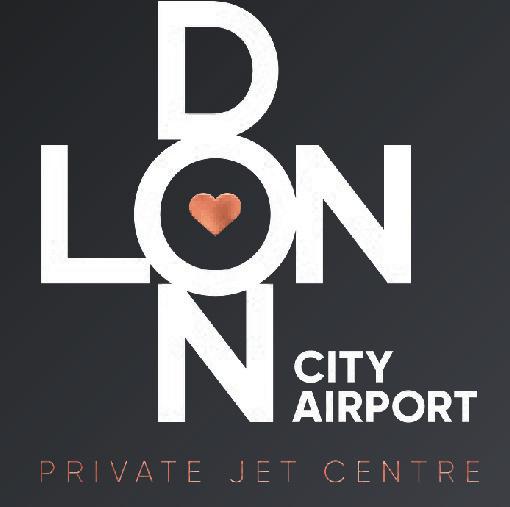




Christelle Labeyrie, Chief Operating Officer and Group Board Member, Aelia Assurances, on navigating the complexities of aircraft insurance

“ The insurance needs of aviation clients depend on the nature of a client’s operation.”
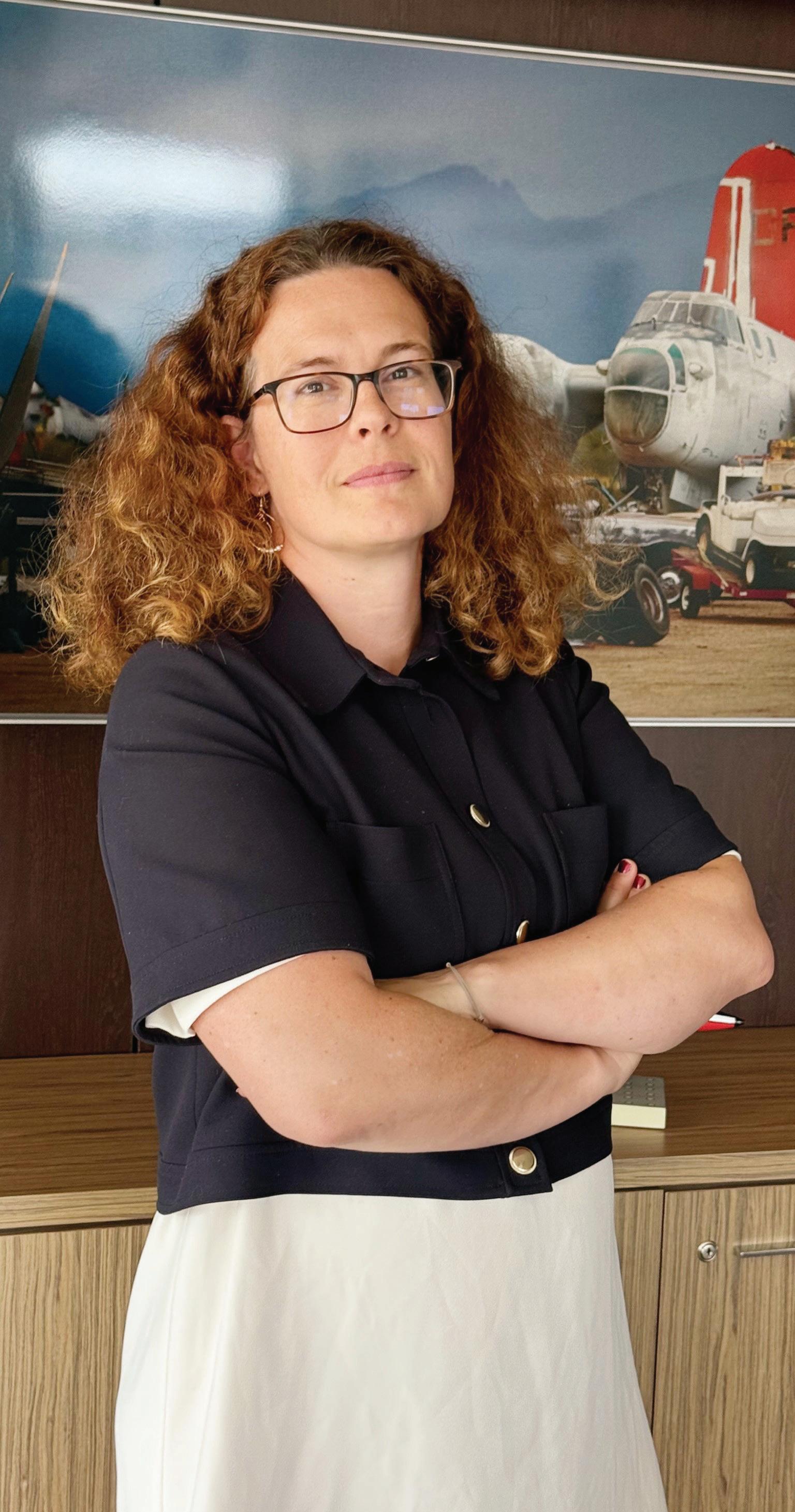

Q: Can you give us a brief history of Aelia Assurances and the services you provide?
CL: Aelia Assurances was established with a singular vision: to bring aviation expertise and tailored insurance solutions to the complex and fast-moving world of aviation. Founded by professionals with decades of combined experience in both the insurance and aviation sectors, Aelia quickly earned a reputation for agility, insight, and client advocacy. Based in Europe and operating internationally, we work closely with aircraft owners, operators, airlines, governmental operators, MROs, and aviation service providers to design insurance programs that truly reflect operational realities. Our growth has been driven by a commitment to service, deep market knowledge, and strong underwriter relationships.

Q: What are the challenges that owners and companies face from an insurance standpoint when they take on a jet? What guidance do they need, and what does Aelia seek to help with?
CL: Acquiring a jet introduces a series of insurance challenges, from regulatory compliance and hull value protection to complex third-party liability exposures. First, the clients need to trust that the broker will get the right coverages that protect their responsibilities. So, the first challenge is to avoid insurance gaps. There are often gaps between what a generic policy offers and what an operation actually needs.

Aelia’s role is to demystify the process. We guide clients through risk assessment, help them understand legal obligations (which can vary widely across jurisdictions), and structure coverage that is both compliant and comprehensive. We also liaise directly with underwriters to represent our clients’ specifics.
Q: How different are the solutions for different customers, such as a private owner, a company, a repair centre, an operator or specialist provider such as medevac?
CL: The insurance needs of aviation clients depend on the nature of a client’s operation. Risks, coverages, and exclusions are all different from one operation to another. The key is to match each client’s risk exposure to each insurer’s appetite and build the solution accordingly.

Based on a strong aviation background, Aelia structures every policy individually, working closely with clients to ensure that



Christelle LABEYRIE Chief Operating Officer



Stéfano VENIER Chief Technical Officer
Bérengère DEZAPHIX Chief Executive Officer



each specific risk is accounted for. We never take a one-sizefits-all approach—instead, we create personalized solutions aligned with the actual activities and exposures of each client.
Q: What is the scope for long-term relations with clients from Aelia’s standpoint?
CL: We view our role not simply as a broker, but as a longterm risk advisor. Aviation operations evolve—aircraft are added or sold, operating regions expand, regulations shift. Aelia provides guidance on claims or compliance matters.
Long-term relationships allow us to anticipate needs, advocate more effectively with insurers, and often secure better terms through consistency. This relationship model creates real value for clients over time—not just at policy inception, but throughout the lifecycle of their aviation activities.


Q: Can you tell us a bit about the difference between standard minimum cover and extended and improved cover, and why it is worth going in this direction?
CL: Standard insurance often covers the basics: hull, third-party liability, and maybe some limited crew/passenger coverage. It is the experience from 25 years in insurance and more than 35 years in aviation that allows us to accompany our clients and advise on extended/improved coverage.
Extended cover may include, as example, an extension of geographical limits, and higher coverage limits amongst others. Improved coverage isn’t just about peace of mind—

it’s about safeguarding operational continuity and financial resilience in the event of an incident. Aelia advises and helps clients understand the cost-benefit of more robust protection.
Q: What about ‘ancillary’ cover such as product and hangar liability for MROs and FBOs, ramp accidents and suchlike, as well as crew and passenger cover.
CL: Ancillary coverages are essential for service providers and operators alike. For MROs and FBOs, hangar keepers and product liability insurance protect against client’s aircraft damage or faulty maintenance outcomes. Ramp accident coverage— whether caused by ground/handling vehicles or crew—can be critical for busy FBOs or operators with tight schedules.
Crew coverage (including loss of license or personal accident) ensures that key personnel are protected, while passenger liability cover extends to medical costs, legal defense, and repatriation. Aelia works to integrate these ancillary covers into a comprehensive risk framework, avoiding coverage gaps that could emerge when piecing together multiple policies from numerous providers.

Q: What else should people consider?
CL: One area often overlooked is claims handling. Aviation claims—whether related to hull damage, liability, or loss of use—require specialized knowledge and a fast, coordinated response. Aelia stays involved throughout the claims process to ensure fair settlement, representing the client’s interests with insurers. |BAM






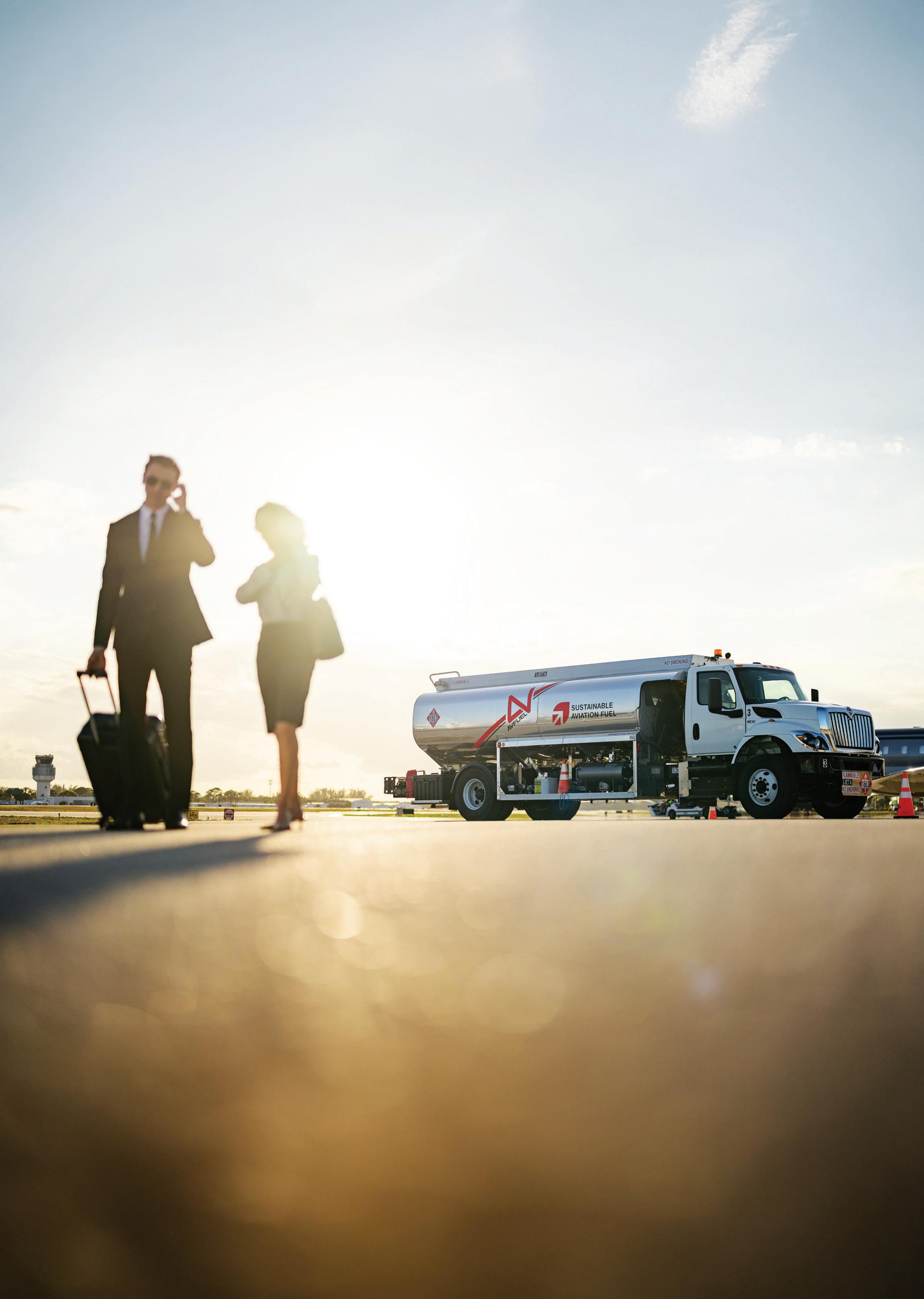





“ Our iconic H8 hangar welcome all type of aircraft up to Global 7500.”


Aéroport Biarritz-Pays Basque, on Biarritz’s iconic Hangar H8
Biarritz is an elegant seaside town on southwestern France’s Basque coast. The town’s fame grew when it became a favourite resort with European royalty in the 1800s. The long sandy beaches and the waves rolling in off the Bay of Biscay on France’s west coast also make it a major surfing destination. Add to this the presence of 16 major golf courses in the area, and it is easy to see why Aéroport Biarritz-Pays Basque is a key location for private jet owners and operators.


Q: Pascal, In Hangar H8, Aéroport Biarritz-Pays
Basque has one of the most iconic hangars to be found anywhere. Can you tell us something of its history?
PG: Biarritz Airport enjoys a strategic location, serving as a gateway to two territories. It allows us to serve jets heading to both France and Spain. We are just 40 kilometres from Spain’s San Sebastian and we are within easy reach of Paris. Hangar H8 has had a very interesting history.

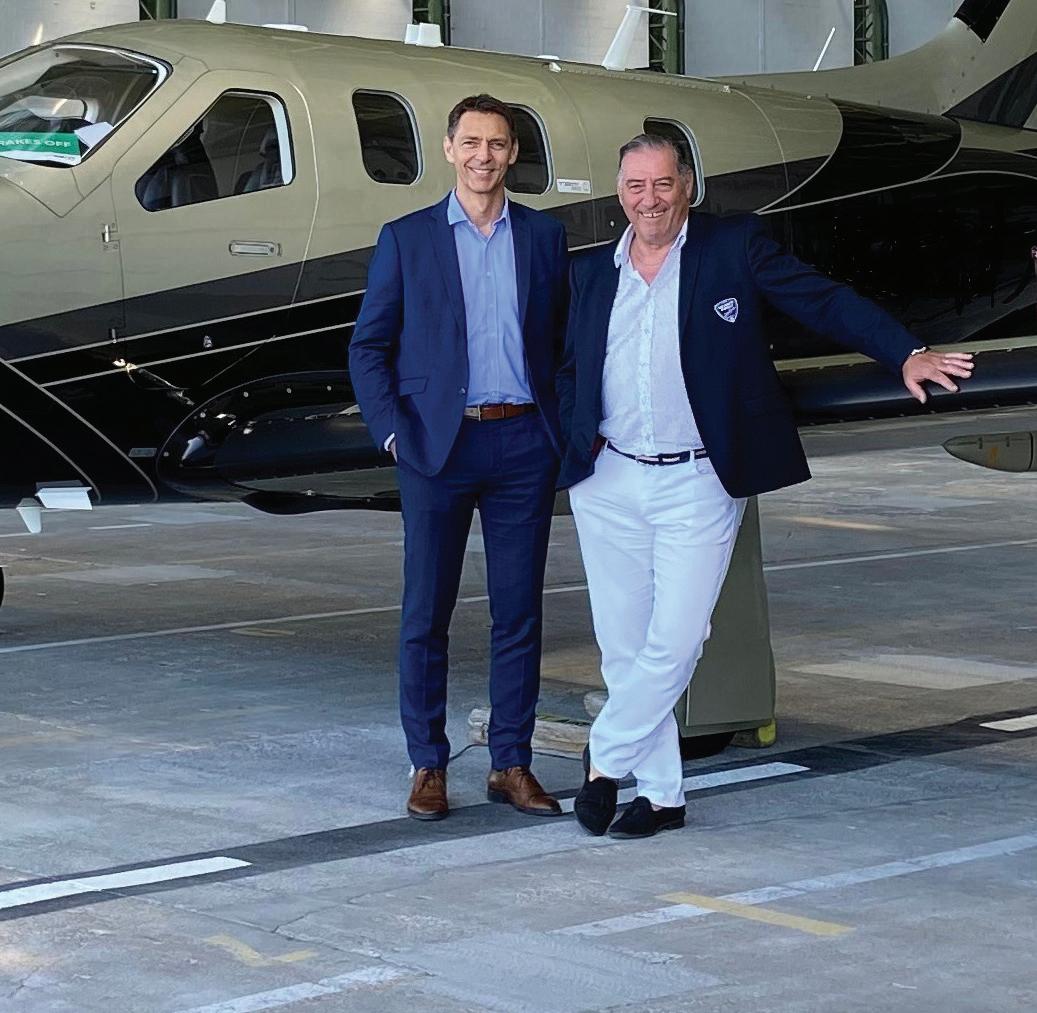






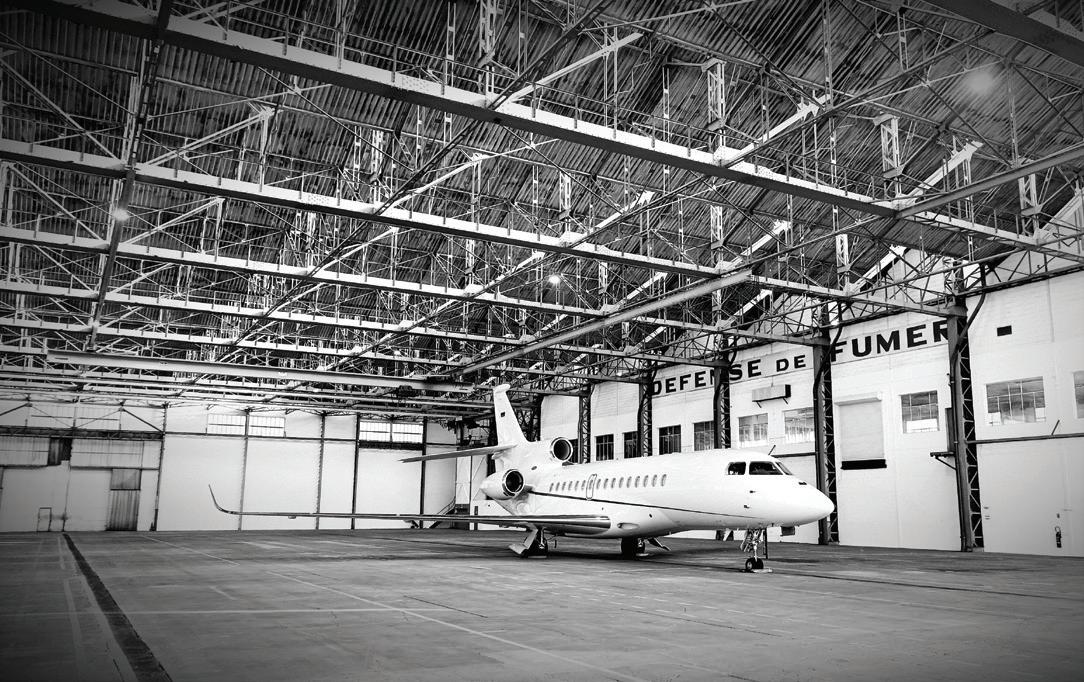
The current FBO terminal was originally dedicated to both General and Commercial aviation from 1954 to 1994 and was inaugurated In 2013, into a high specification business aviation FBO. It now provides a range of high-quality services, including integrated border control and a tax refund station available on request.

Hangar H8 has an equally venerable history. It was built in 1957 by Bréguet Aviation. It was used for the production of the Breguet Br.1050 Alizé, with final assembly, flight testing, and delivery of 87 aircraft carried out at Parme.


Other production activities followed. Breguet Aviation was asked, for instance, to set up equipment maintenance workshops at Parme by Avions Marcel Dassault. For nearly 28 years, these workshops handled the maintenance of equipment removed from various aircraft. This continued through the 1980s with the workshops remaining highly active. By 1990, the site saw delivery of the 100th Fokker 50.












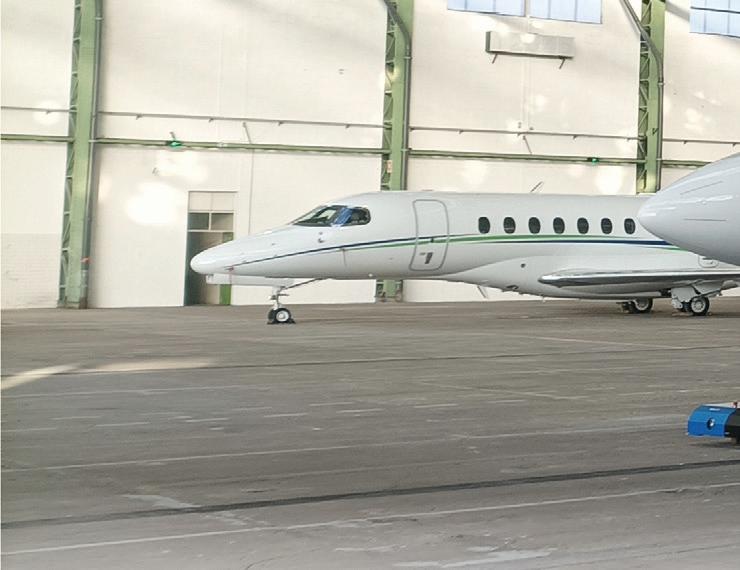



However, in 1995, production stopped, and the site served as a storage base for tooling and documentation.
The key year for our purposes, however, is 2022, when the decision was taken to clear out all the tooling and documentation archiving and to return the site to pristine condition to provide prestigious high quality hangarage for private aviation.
Q: How have things gone from there?
PG: Since the terminal’s inauguration, the activity has shown consistent success and significant growth. We have regular customers who park their jets with us year in and year out. On
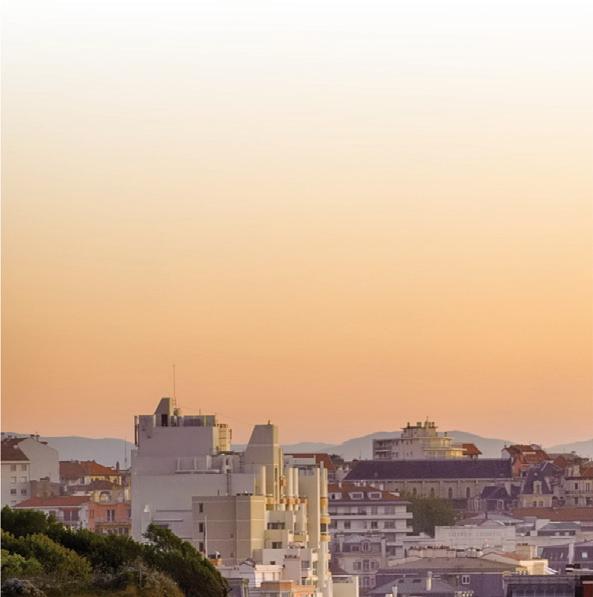


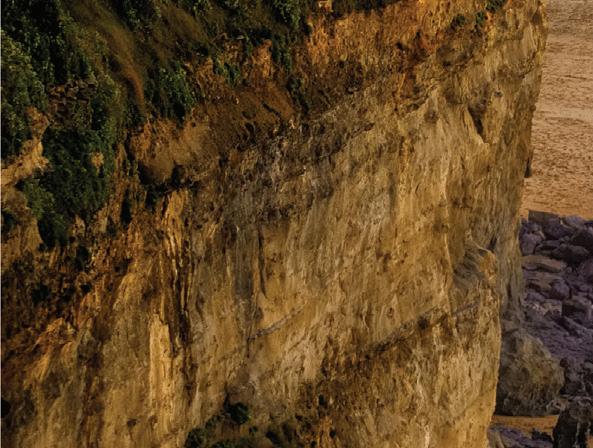
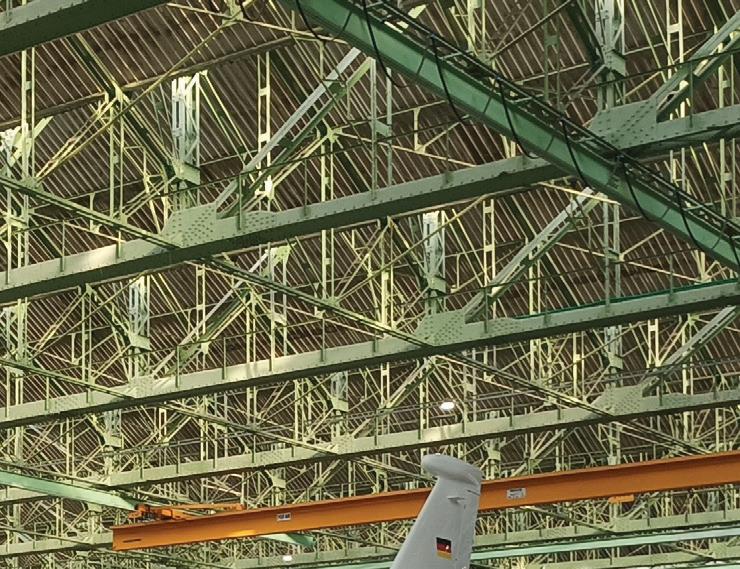


top of that, we have short-term customers who know that H8 is so large that we will always be able to accommodate them.

Biarritz is becoming a go-to destination for hosting exceptional events. We regularly welcome event organizers, partners, and brand launches in our iconic H8 hangar – a unique, Eiffel-style structure that offers a truly distinctive setting.
In May 2024, we had the pleasure of hosting the TBMOPA European Convention, which brought together pilots and aviation enthusiasts from across the continent. Looking ahead, we’re excited to host the Annual VisionJet Pilots and Operators
“ We have regular customers who park their jets with us year in and year out. On top of that, we have short-term customers who know that H8 is so large that we will always be able to accommodate them.”
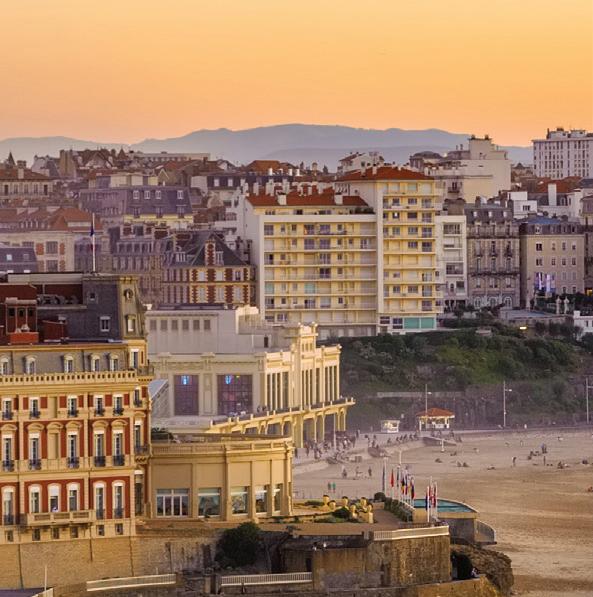


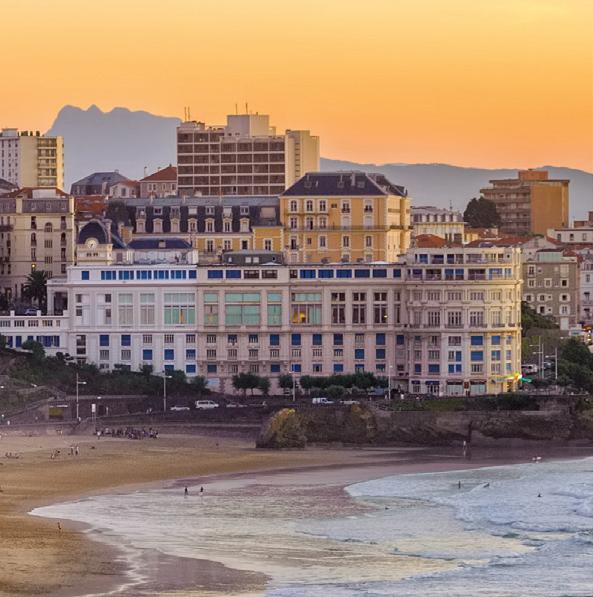






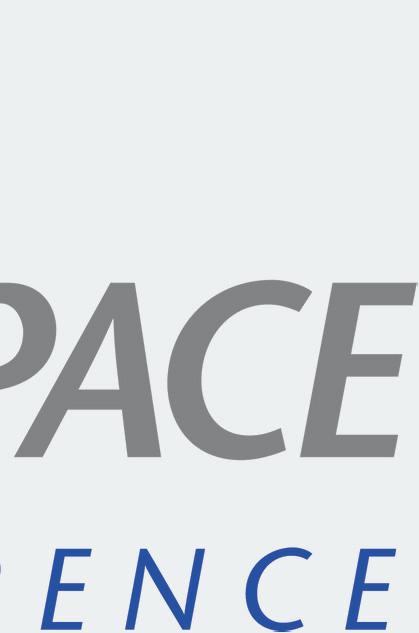
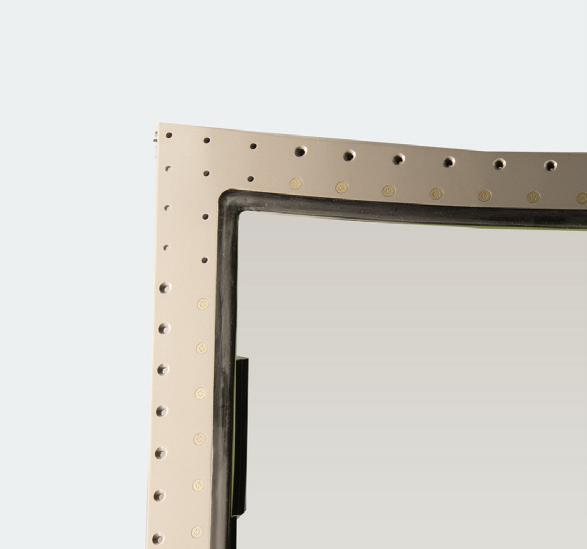








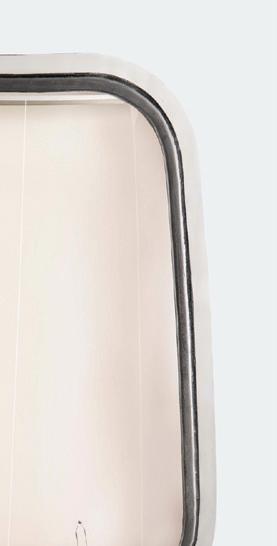












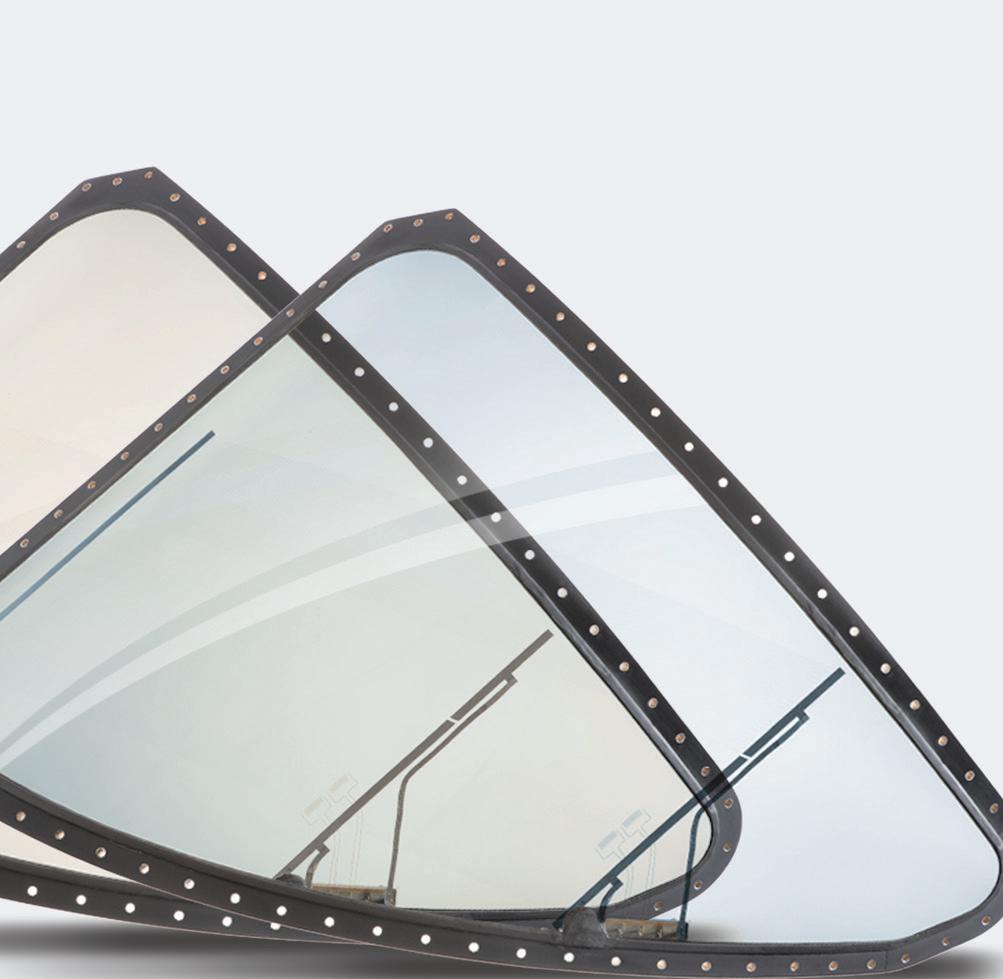































Meeting in September 2025 – a key event for Cirrus SF50 Vision Jet pilots and operators. It’s a real privilege to be part of such high-profile gatherings.

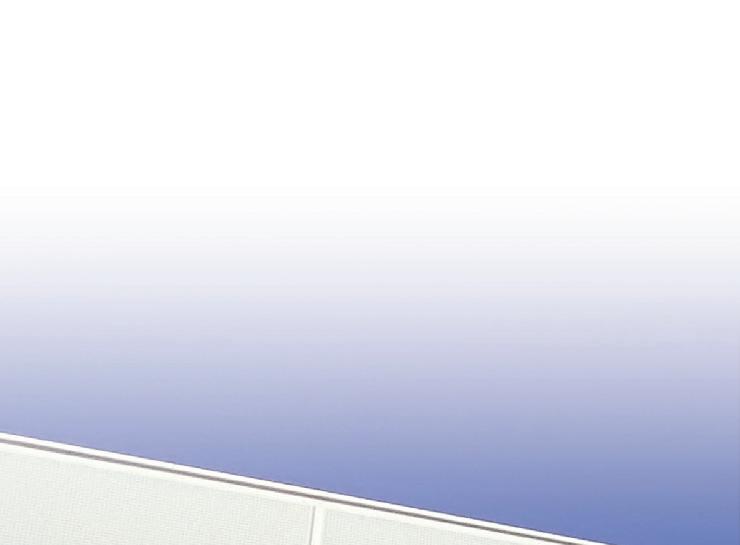


“ For catering, we’ve partnered with Delisky to offer an effortless ordering experience and an exceptional menu curated by a starred chef.”

Privacy and confidentiality are guaranteed, with no slot restrictions, ensuring that clients have easy access to their aircraft. We are accessible 365 days of the year. For catering, we’ve partnered with Delisky to offer an effortless ordering experience and an exceptional menu curated by a starred chef. Guests can enjoy refined Basque cuisine. H8 offers over 7000 square metres of highly secure space with guaranteed
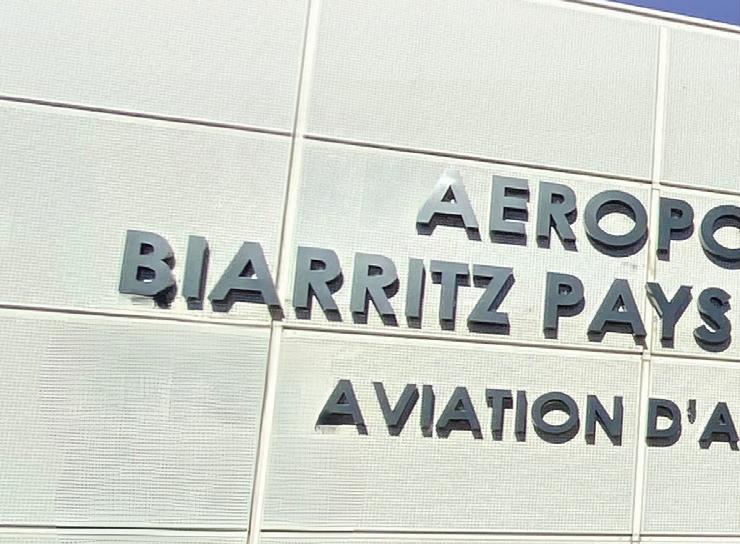
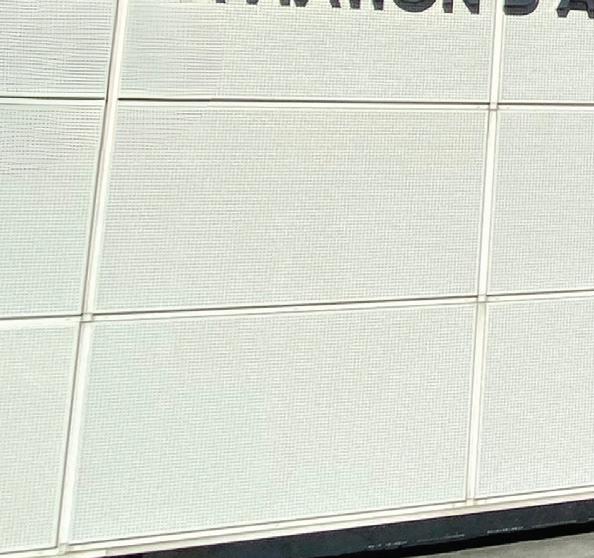
privacy. H8 can welcome all type of aircrafts up to Global 7500. The gable opening is very large, some 70 metres wide and 57 metres deep, with a height of 11 metres. This makes it very easy to manoeuvre aircraft in and out of the hangar. |BAM


Interested? Please get in touch:
Laetitia Letamendia: l.letamendia@biarritz.aeroport.fr website: biarritz.aeroport.fr/en/business-aviation
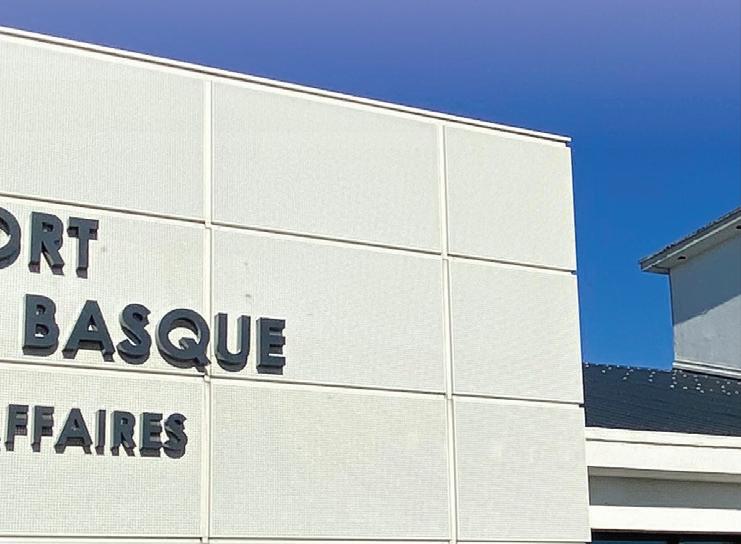
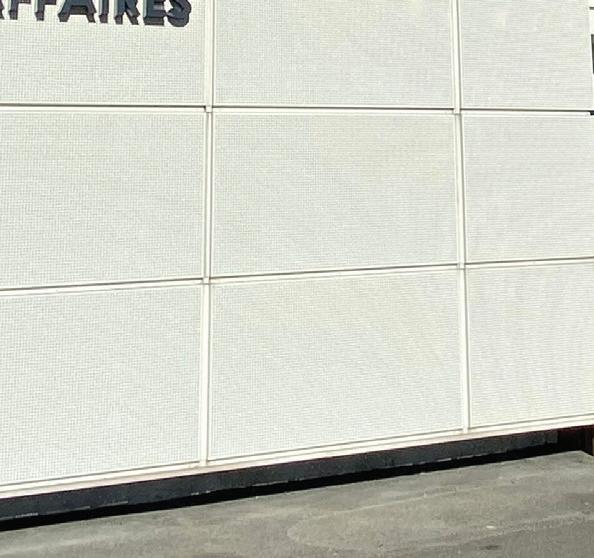

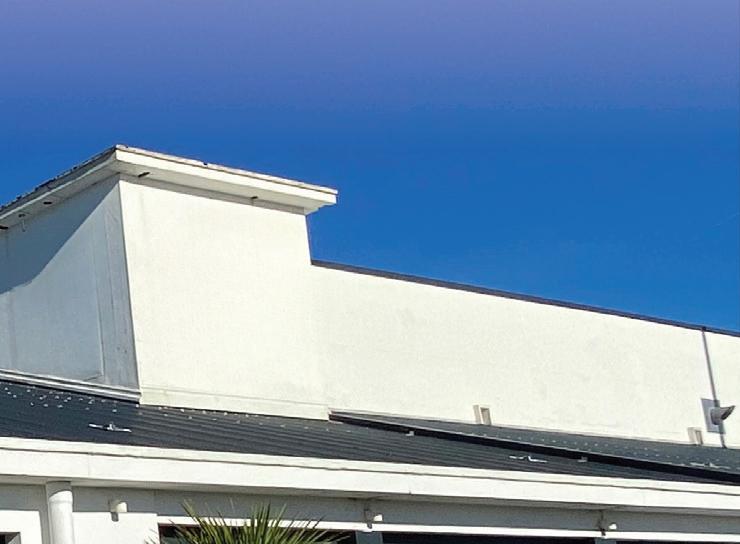
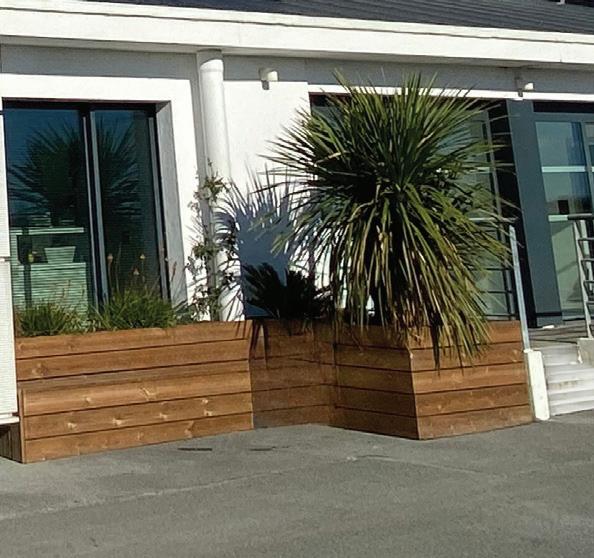

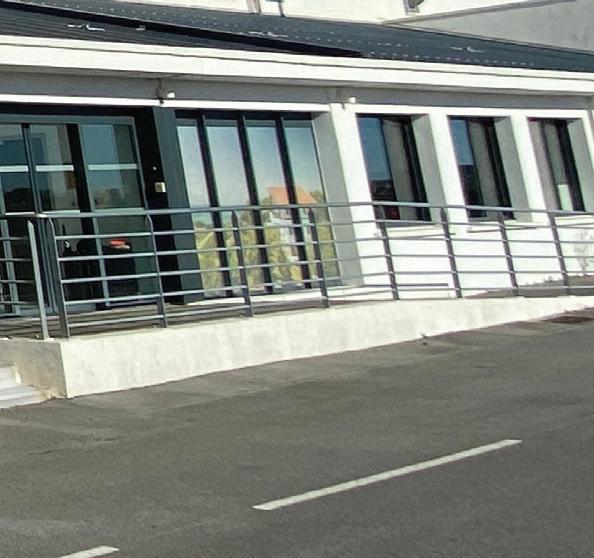














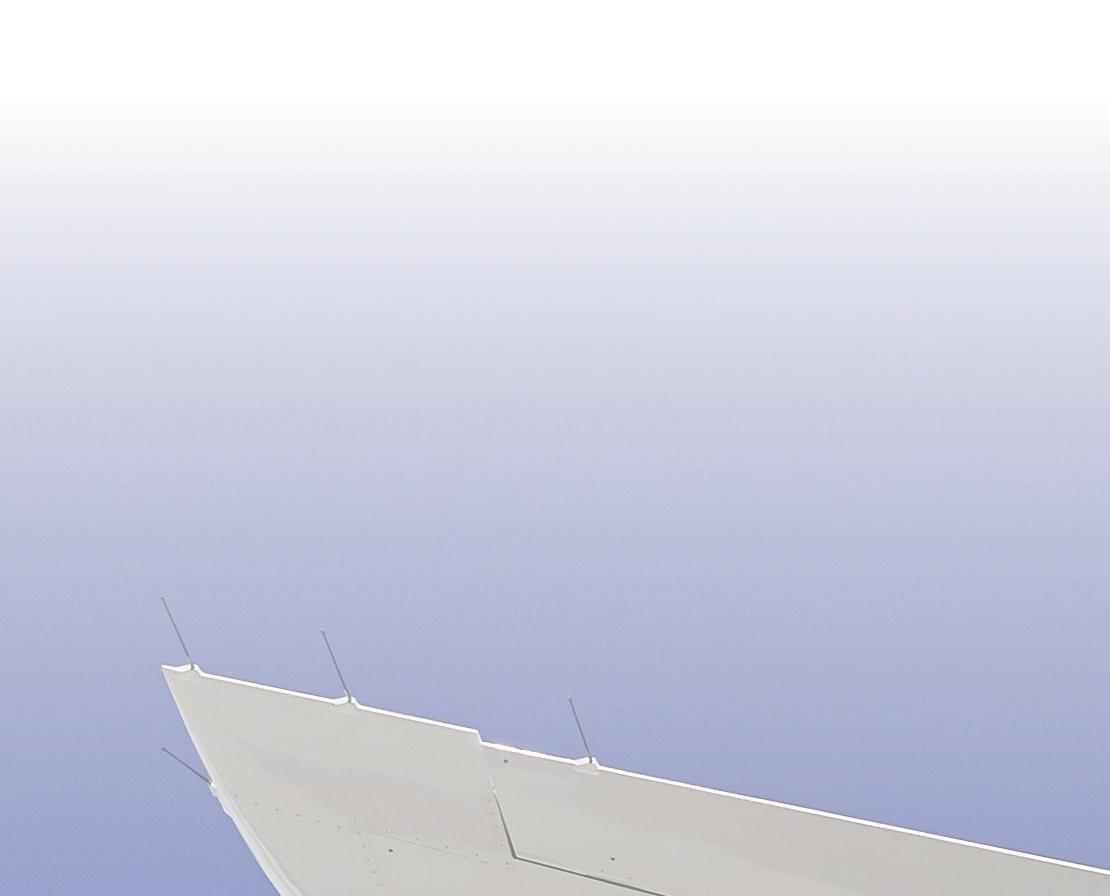
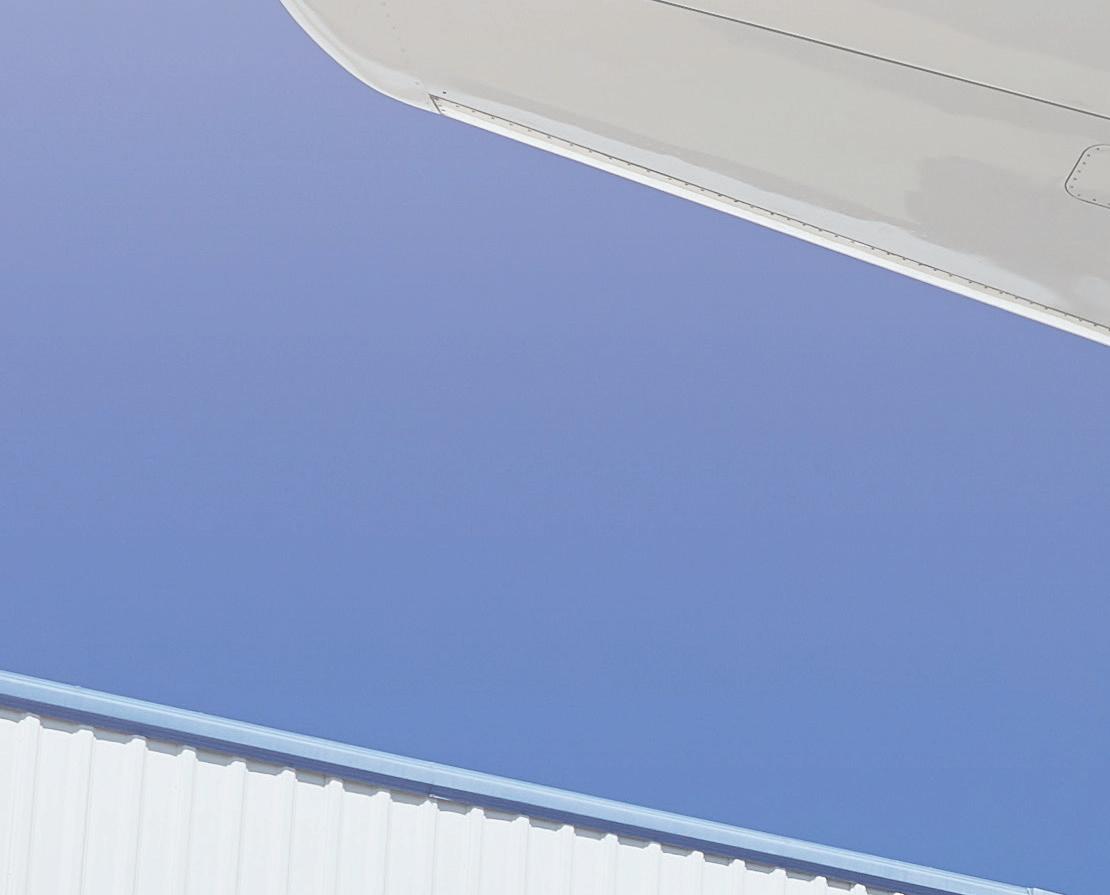

















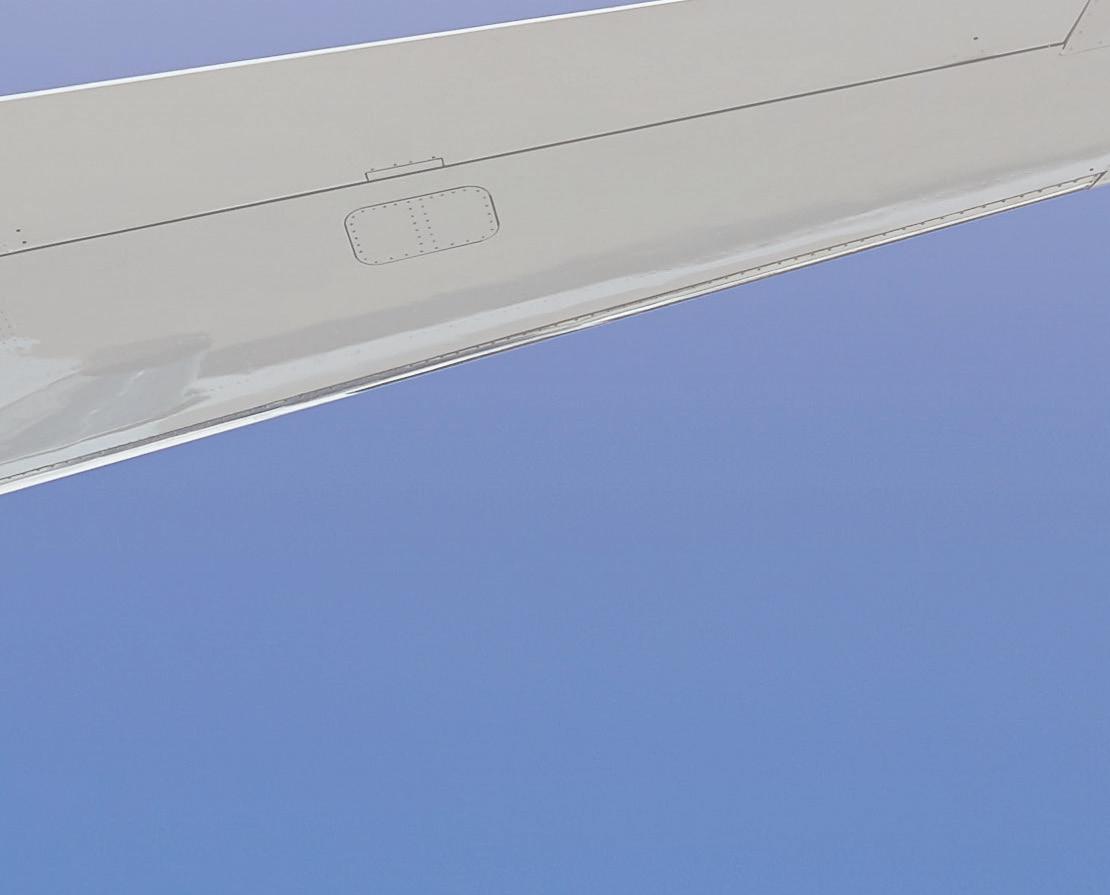
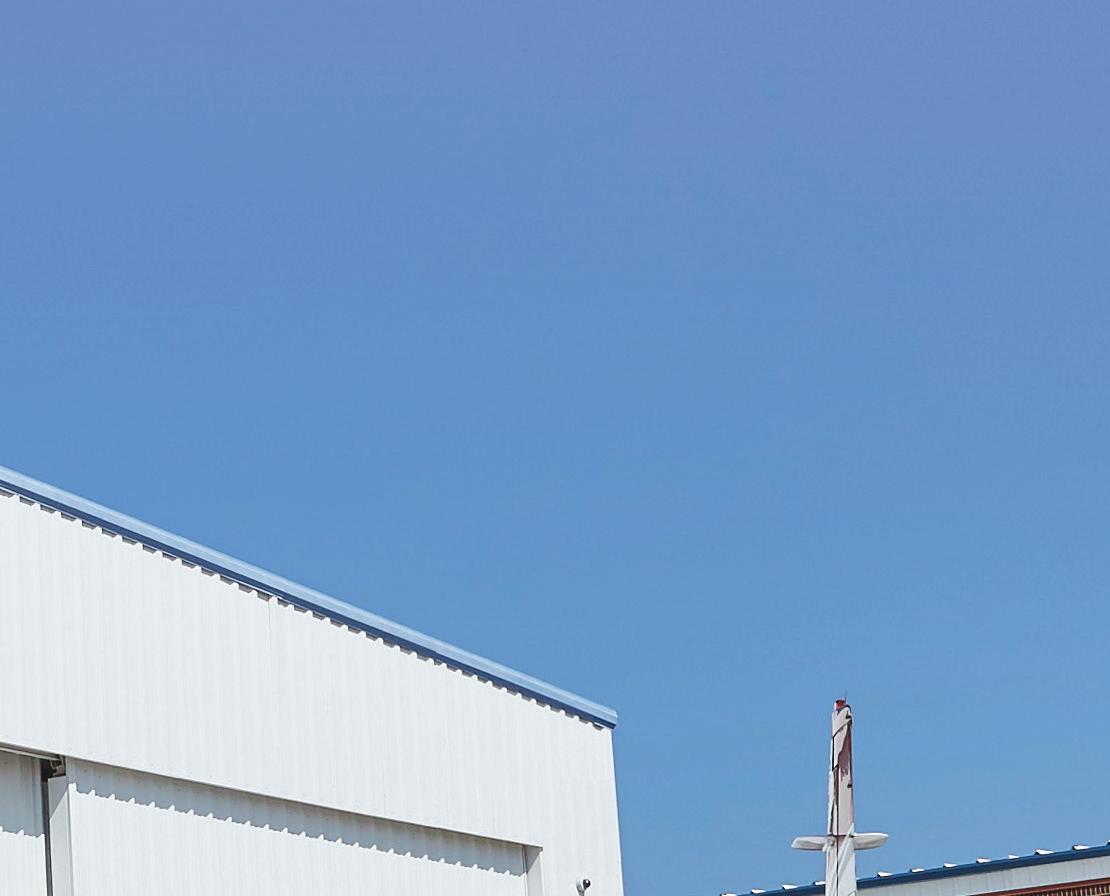
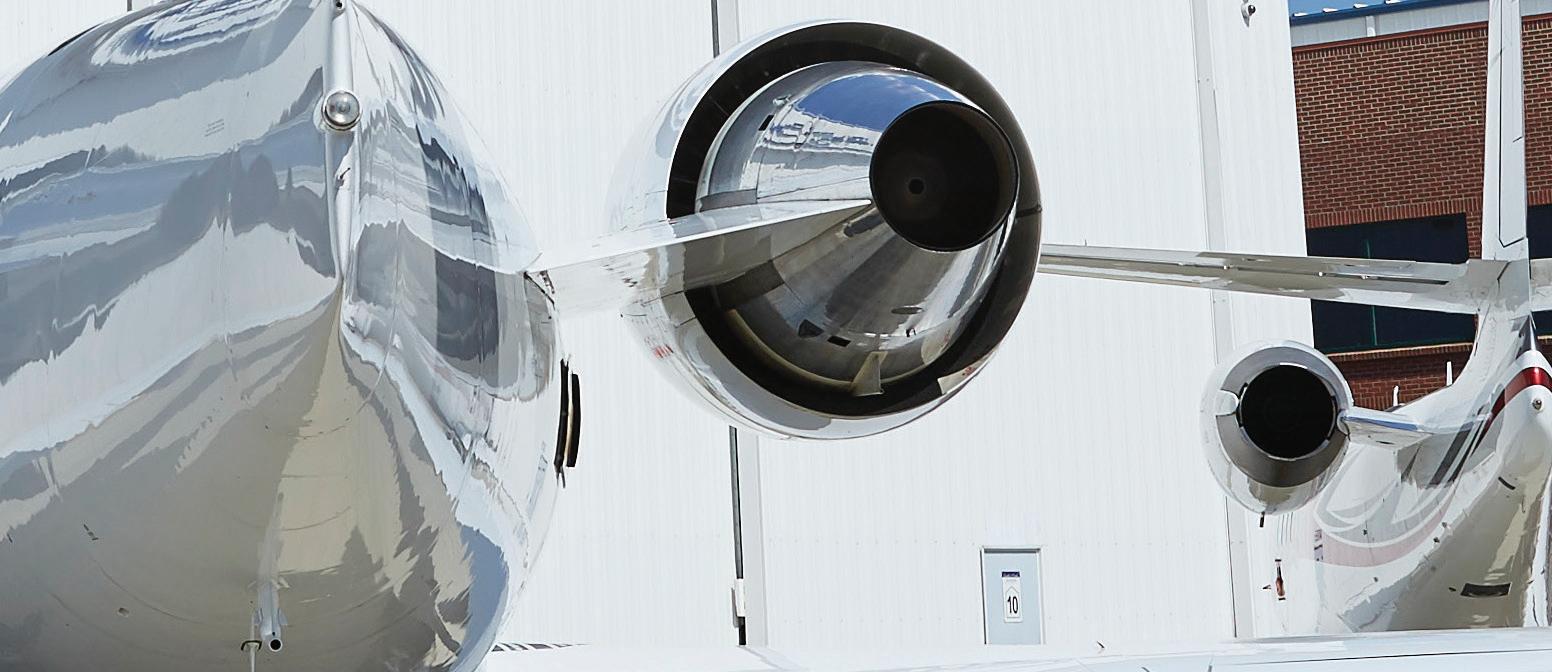










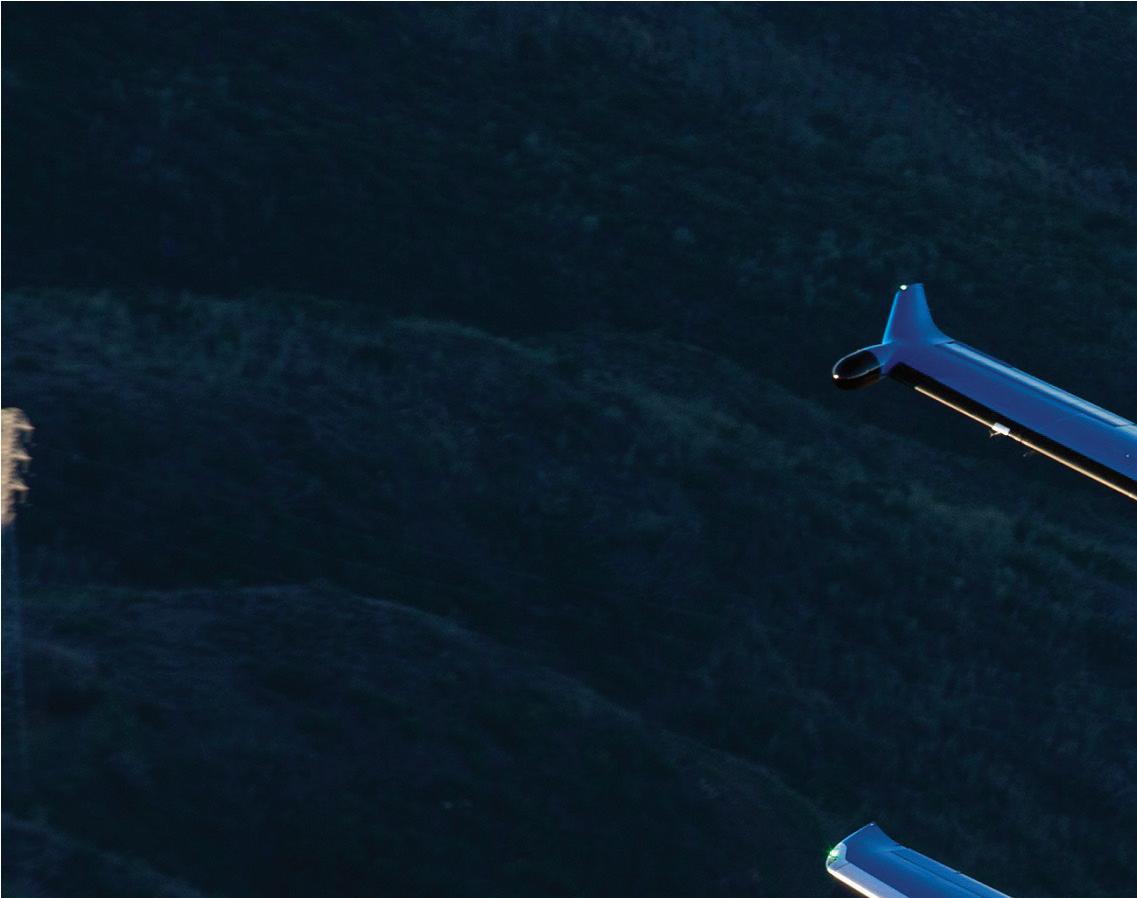





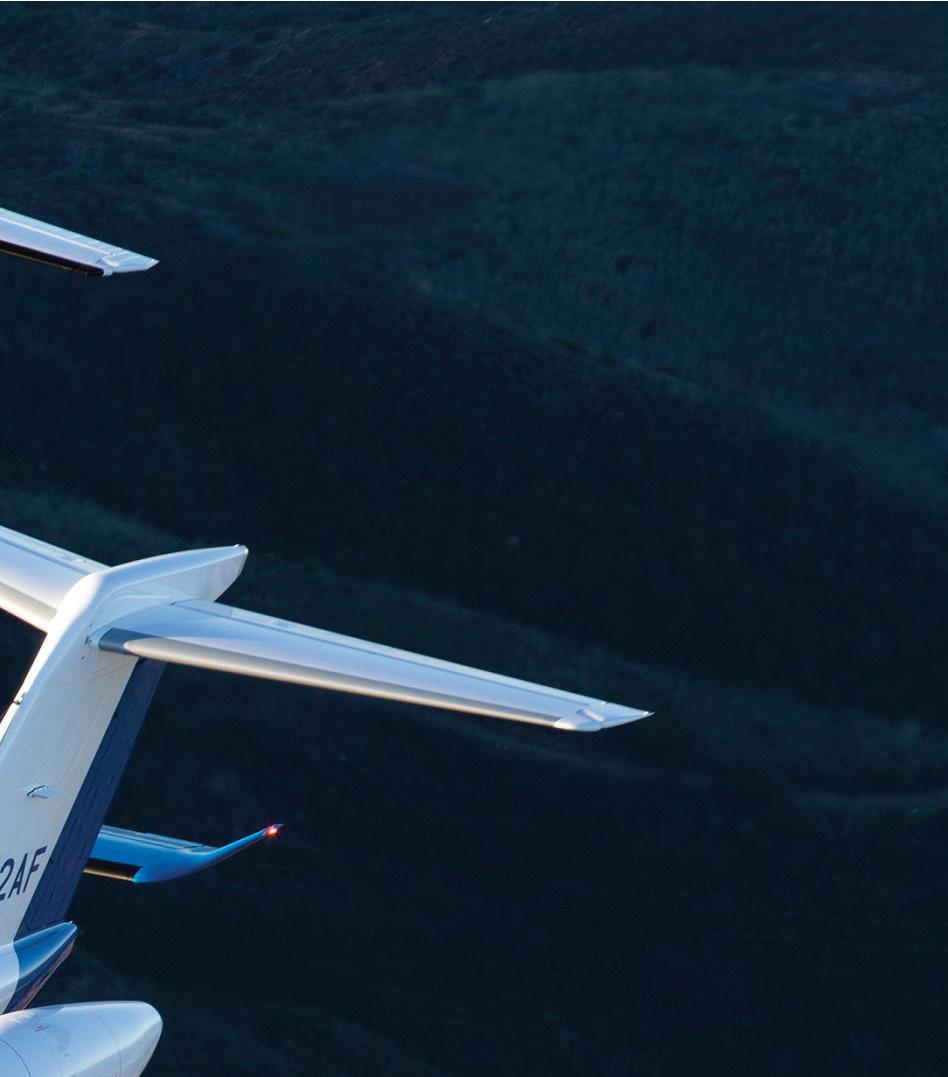
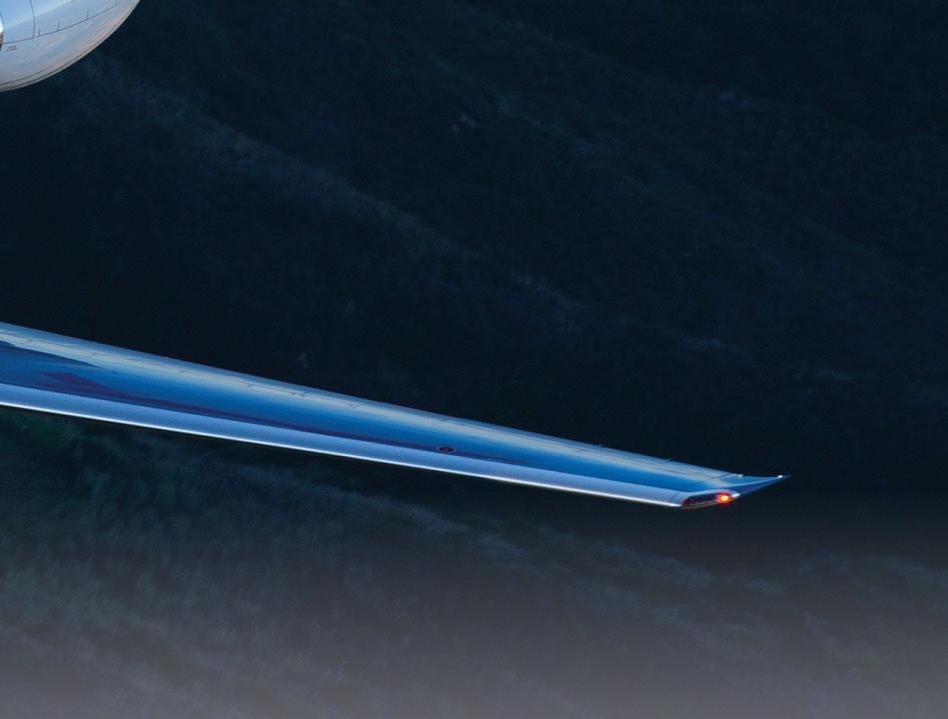
Nick Copley, President of SherpaReport, talks with BAM’s global correspondent, Jane Stanbury, about how the digital hub directly supports growth of the business aviation sector by providing valuable information for those seeking access to the benefits of private aviation




JS: SherpaReport is a powerful resource for all those involved in aircraft acquisition. Who does it help and what info does it provide?
NC: Our aim is to provide independent, valuable information that can support any stakeholder involved in acquiring access to a private jet, whether it be through ownership, fractional, jet card, or even charter. This might include financiers, lawyers, family offices, portfolio managers, asset managers, and even entrepreneurs seeking reliable data. We are unique in that we have aggregated valuable data sets and expert knowledge to create a comprehensive, independent source to help members make informed decisions about whether buying a private aircraft or investing in alternatives is right for them, their families, and their companies. We also offer guidance on other luxury travel options, such as destination clubs and private residence clubs. We’ve been doing this since 2006, so have a rich resource of independently sourced content
JS: that sounds like a lot of knowledge, how can members be sure that its current and correct?
NC: We can provide that invaluable mix of expert human knowledge, market analysis, and a superb network

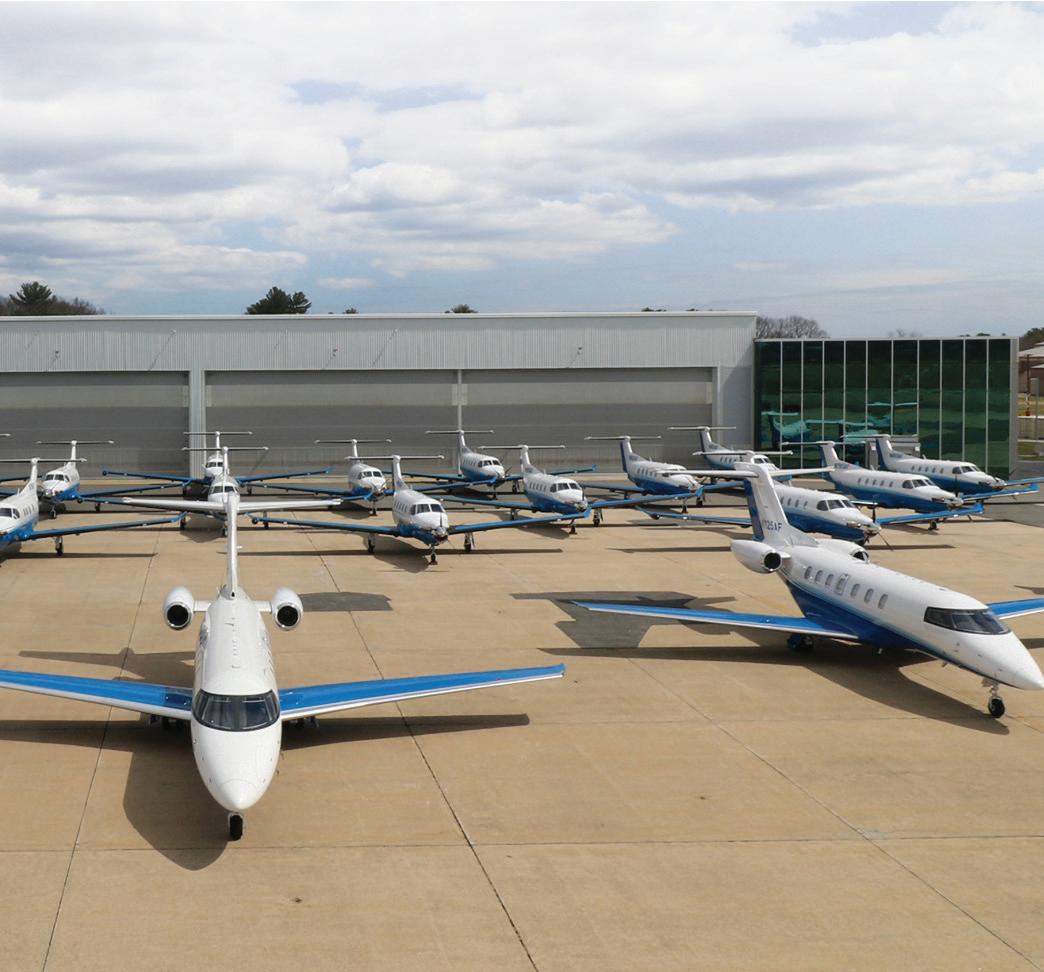

“ We are unique in that we have aggregated valuable data sets and expert knowledge to create a comprehensive, independent source to help members make informed decisions about whether buying a private aircraft or investing in alternatives is right for them, their families, and their companies.”
of industry experts to ensure that the data is current. We have strong relationships with OEMs, fractional fleets, charter operators, and aircraft managers, so we’re often able to source information that can’t be found elsewhere. Our experts undertake extensive research, monitor markets, and interview current and past senior industry executives and travelers to observe industry trends and activity. This real-time knowledge delivers informative commentary and revealing insight.
JS: We know that aircraft brokers, aircraft managers, and operators spend a significant time researching the type of aircraft that will fulfill their mission needs. How does SherpaReport fit into the aircraft acquisition process?
NC: Buying a private aircraft represents a major financial commitment, whether the owner is paying cash or financing. We are an independent resource, so we can give objective advice on what is best for the client. Our members really value that agnostic approach as they know they are receiving independent advice from industry experts. We release a free Annual Buying Guide each year covering all areas of business aviation. It compares some 150 business aircraft types, their specifications, and essential operating costs for around 25 models. This is often how our members become engaged with us. They use the guide, then realize they have other questions and decide to become a member to get access to all our other resources. It’s a small investment for a huge amount of valuable knowledge.
JS: What are some of the more common pieces of advice SherpaReport regularly shares with its members?
NC: That depends on the member, but common conversations revolve around the value of owning a jet in
comparison to taking a fractional option or simply prepurchasing hours through a jet card. Until the ownership obligations are explored, there are a lot of elements in the process that members are not aware of. We are not lawyers, so we advise members to seek a good aviation lawyer. Likewise, not all financiers are interested in financing an aviation acquisition, and in each case, we’ll help members to clarify which questions they need to ask of which professional.
We regularly emphasize that once the decision to purchase has been made, this is only the start of the financial outlay. Our service is offered to professionals who are often new to optimizing the benefits of private aviation, and these prospective buyers will focus on the purchase price, without being aware of the significant, continuous expenses that come with operating a jet. There are so many processes and phases associated with ownership that we try to provide a clear understanding of the long-term financial implications. It’s really essential that this is well understood, or the buyer will likely find the asset a burden rather than a convenience.
JS: So how does Sherpa Report help potential owners better understand the costs?
NC: We provide a holistic service that looks at all the prospective owners’ needs, from the type of missions they want to support, to how many hours a year they fly, and what routes they want to cover with how many people. We have spoken to people who think they want a large–cabin aircraft only to discover that a super mid-size model can meet their requirements. It may be that they come to us thinking they want to acquire a Bombardier Global 7500 for a price that can easily exceed $70 million. Yet, in reality, an Embraer Praetor at around $25 million could be more appropriate. Indeed, the reverse may also happen with a client thinking
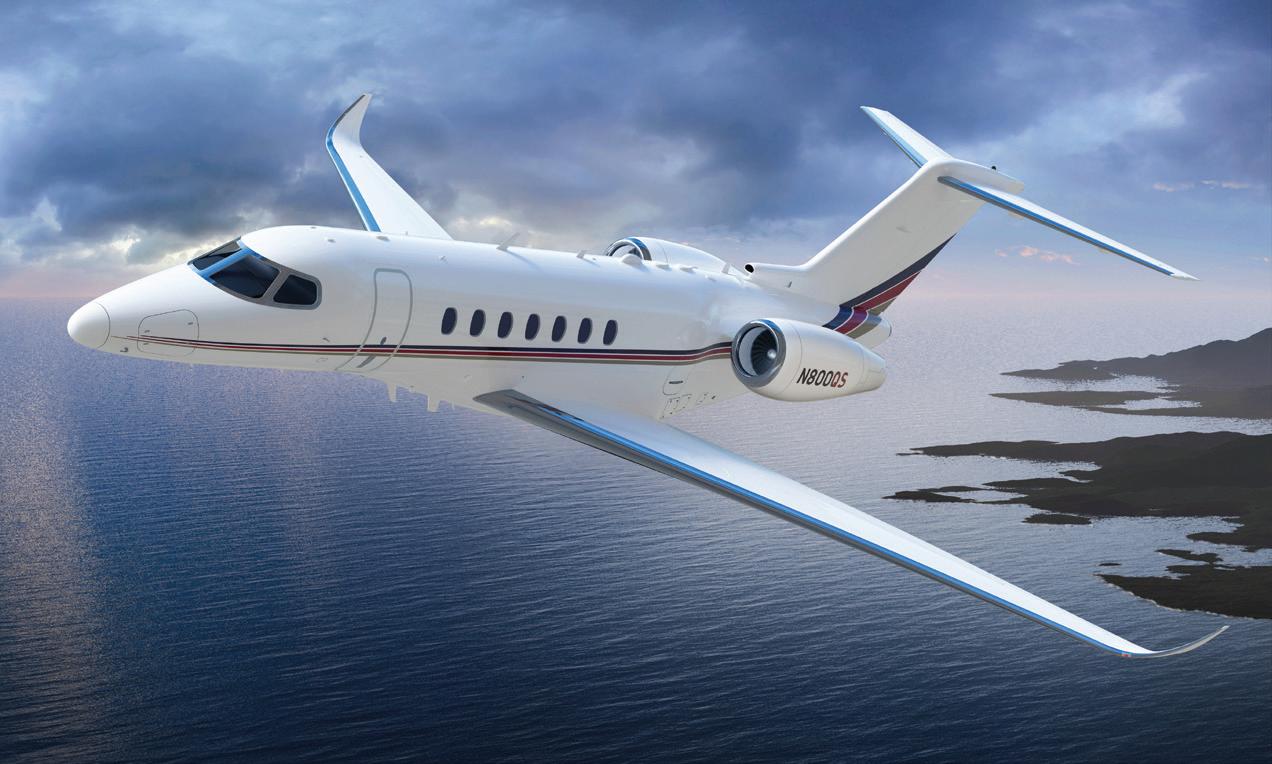
“ We frequently have to explain to members that the continuous fiscal obligations must be considered upfront.”
a smaller jet can meet the range and capacity they anticipate flying. We consider it part of our role to help them understand the differences to make an informed decision and to ensure they understand how this relates to ongoing ownership costs.
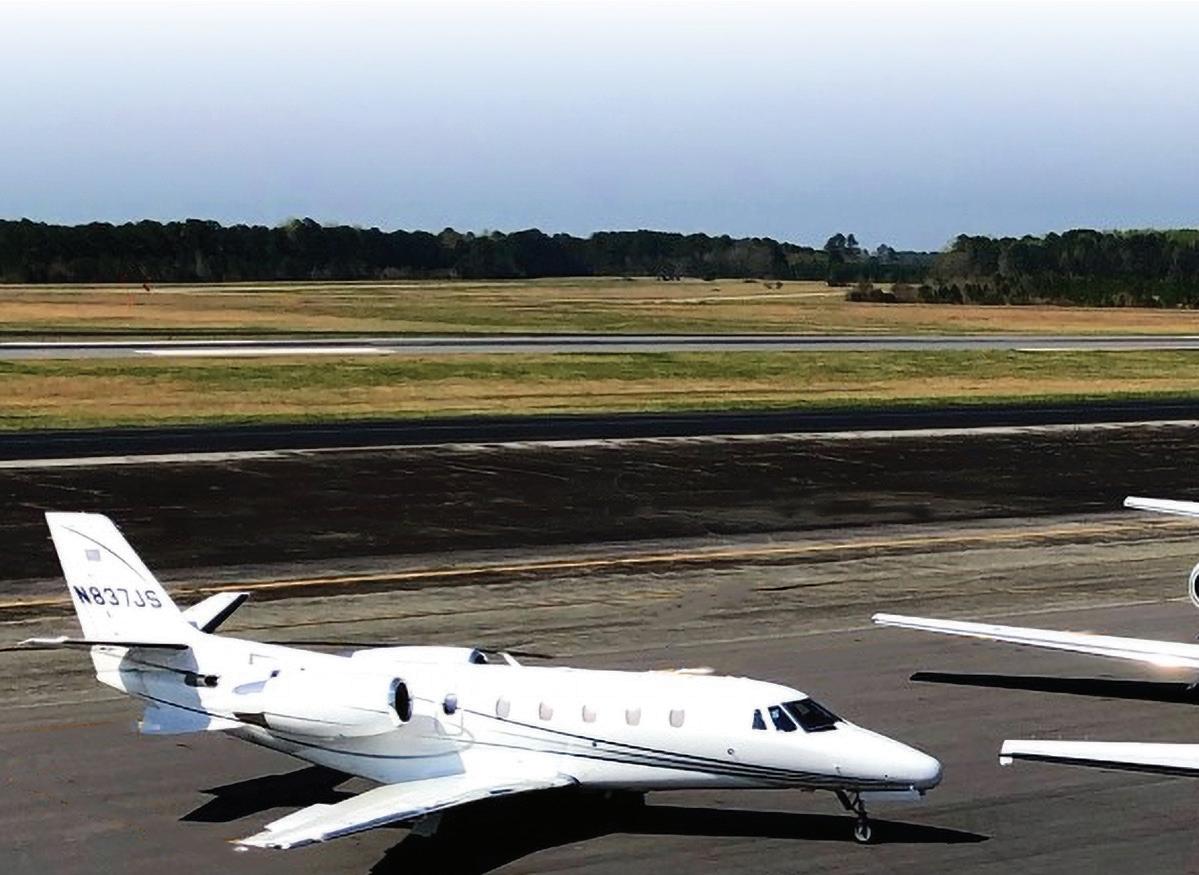
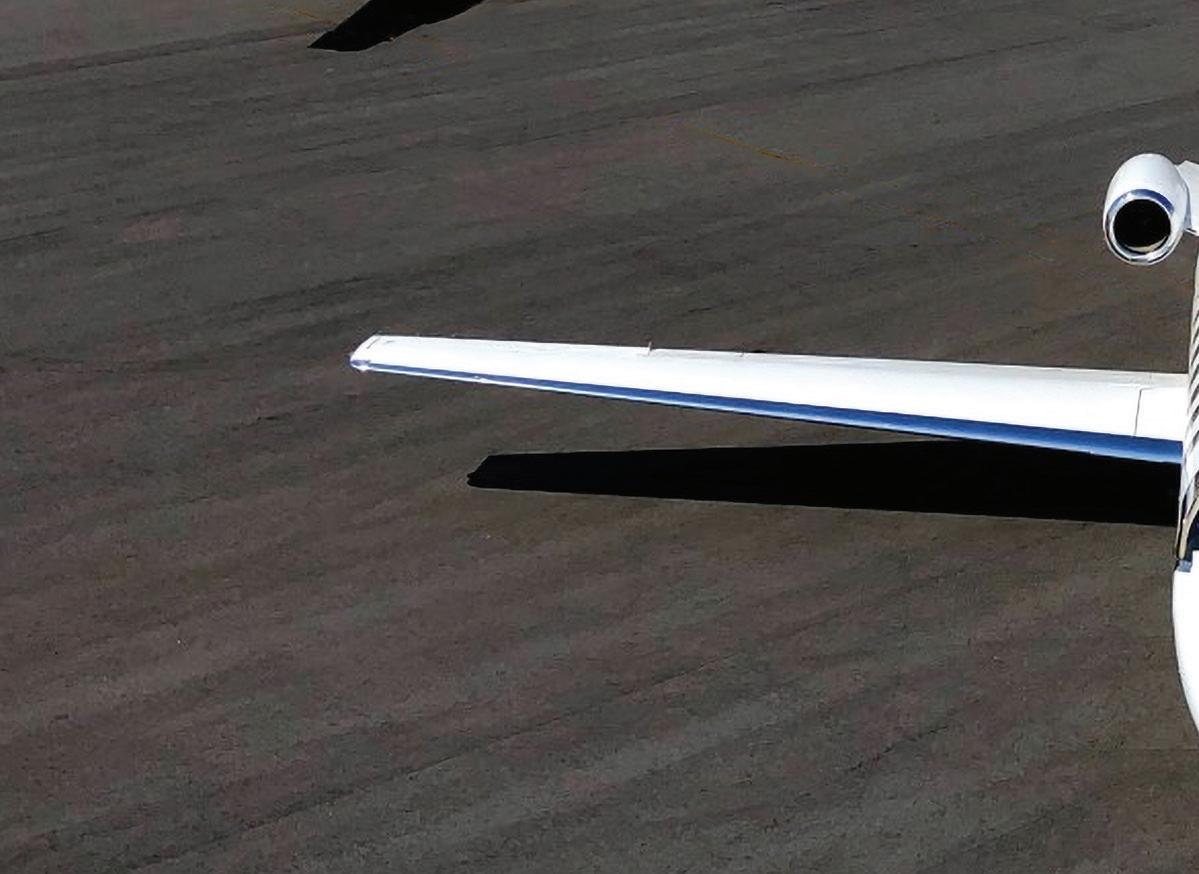
JS: You’ve mentioned ownership costs a couple of times, is this a big part of what SherpaReport helps business aviation users navigate.
NC: Yes, we frequently have to explain to members that the continuous fiscal obligations must be considered upfront. We suggest considering fixed and non-fixed costs so the owner can understand the feasibility of adding an asset to their portfolio. We share info about the various needs, and spend hours researching the market, working closely with the OEMs and suppliers to ensure we advise our members correctly for budgeting purposes around insurance, fiscal obligations, crew salaries, and more. We also explain the less obvious costs that incur fees. These are often less visible elements like flight planning software, connectivity, catering, cleaning and crew travel. These are areas that can really add up.
JS: This must seem overwhelming for some who are new to the industry, how do you ensure that new owners remain committed to private aircraft travel?
NC: There is no doubt that private jet ownership offers unparalleled convenience, privacy, and flexibility. However, the financial commitment extends well beyond the initial purchase, so prospective buyers must carefully evaluate the costs. We obviously want more entrants to the private jet market, which is why we help each SherpaReport member evaluate the best solution for them whether that’s ownership, charter, fractional, or hours. We want our members to get the best out of the private aviation experience, and that’s what drives our impartial advice. |BAM

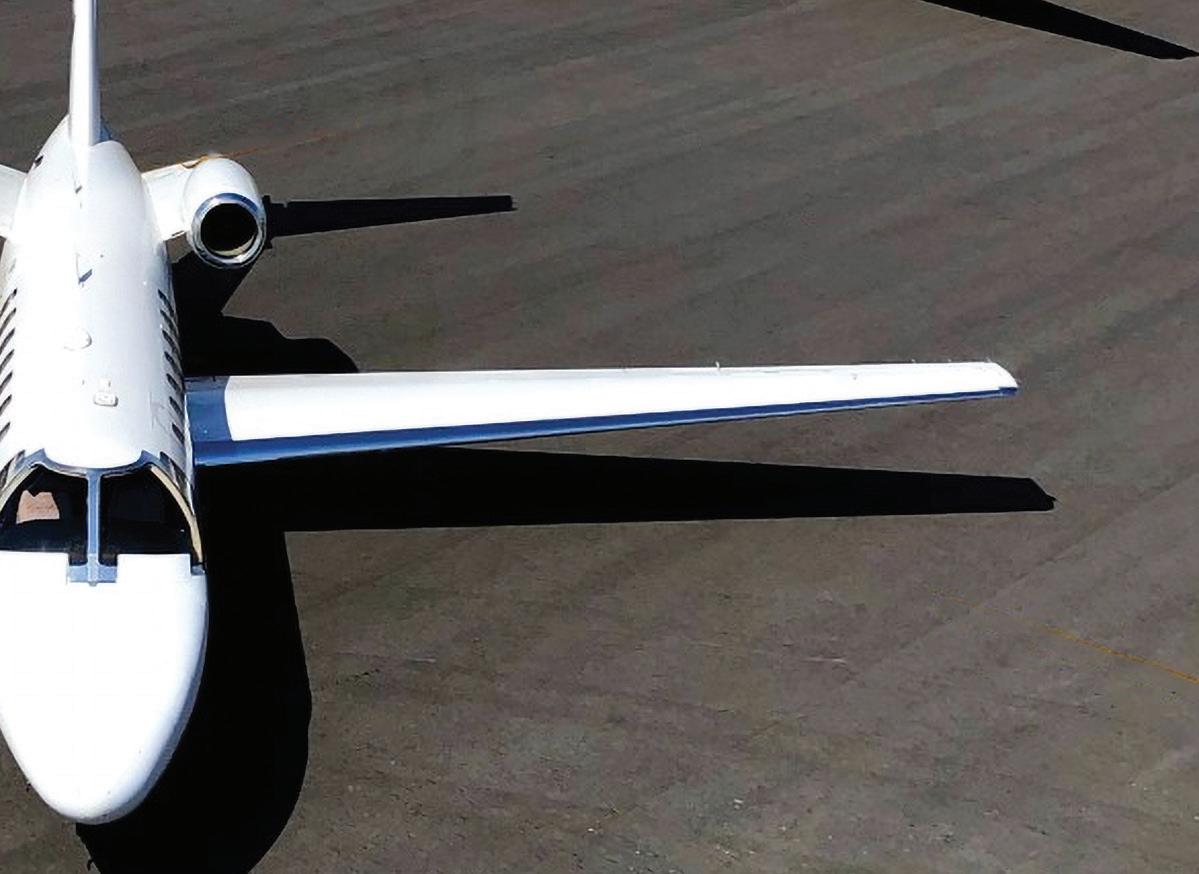


Brian Gonzales, Co-Founder & CEO of the UHNW referral platform, WealthQuotient, on how business aviation companies can expand their access to more qualified prospects
Q: Brian, we all know that client recommendations and referrals are a fantastically powerful way of growing any business. Your organisation specialises in ramping up the ‘referrals’ channel. How did you come to start the business, and what is it that you do?
BG: I Co-Founded WealthQuotient eight years ago after helping to start and grow a company called Wealth-X and I’m extremely proud of what we’ve built and the amazing organizations we get to serve all around the world. Our clients come from a wide range of industries, virtually all of whom target the wealthiest 0.1 percent.
Put simply, we serve the ultra-luxury space, and this includes business aviation, fractional ownership and companies targeting the pre-owned space. We also focus on the superyacht segment as well as financial firms, non profit organizations and universities who are keen on increasing their fundraising reach.
The driver or “why” behind our company is the reality that referrals are hands down the number 1 driver of new and efficient growth and this is true across every industry that serves the ultra wealthy community. And yet, what has been confirmed time and time again is that when you look at the sales strategies of these often very sophisticated companies there is almost never, and I really do mean never, any formalized, structured and coherent process their sales teams follow for generating referrals and introductions from their billionaire or multi-millionaire clients. It just doesn’t exist.
Without a well-crafted referrals process, companies by default rely on what I call an “outward in” prospecting approach. Everyone is looking for people who are financially qualified and have some sort of affinity or need for what they provide so all sorts of resources are deployed to try to identify these people. Lists are purchased, databases expanded, but it usually always leads to the big challenge for their sales team. How do they get in front of these people often with nothing more than their contact info?
Everyone knows you cannot cold-call ultra wealthy people. They are bombarded all the time by people who want something from them and are trying to sell them something and so this “outward in” approach is so inefficient and has such a low return on time.
Q: You improve this how?
BG: Look, everyone wants referrals and introductions from their clients. We all know those kind of introductions are gold. All that data shows that a referral from a client has a 400x greater chance of closing than a lead from any other source and not only that, but the sales cycle is shortened dramatically. But what we also see is that sales teams are simply not having consistent and effective conversations with their clients asking for introductions.
Sales teams do all sorts of things to try to generate business, but the most efficient and cost-effective thing they aren’t doing is having effective referral conversations with their clients. There are usually a few reasons they shy away from the idea. The main reason is fear. Fear of jeopardizing the relationship and the risk of being off putting to the client. They think it might be looked upon negatively if they ask. And I get it, on the surface that’s a reasonable fear, but ultimately when done right it’s a non-issue and the money that is being left on the table is much more significant than the perceived risk with the client.
Another reason these referral conversations aren’t happening is that no one has really ever taught them how to have the conversation properly. It’s almost like it’s taken for granted. Go ask for introductions as if there is no nuance around how this conversation needs to be had and so what I hear from sales professionals all the time is that when they have tried to have these conversations they often feel awkward and clunky and haven’t produced much results and so they just give up on it and hope their clients will make introductions on their own when they think about it, which is far from ideal.
So we help sales teams weave a process into their day to day that empowers them to have these conversations consistently and effectively and leads to introductions actually being made as opposed to hitting walls and dead ends.
Our process is very principally based. One of our core principles is that most people, including billionaires, are more than willing to help make introductions as long as they don’t have to work very hard to do it. Where so many organisations and sales teams go wrong when they try to leverage a client’s network of contacts is that without realizing it they are making it way too hard for their customer to help.

“ Sales teams do all sorts of things to try to generate business, but the most efficient and costeffective thing they aren’t doing is having effective referral conversations with their clients.”


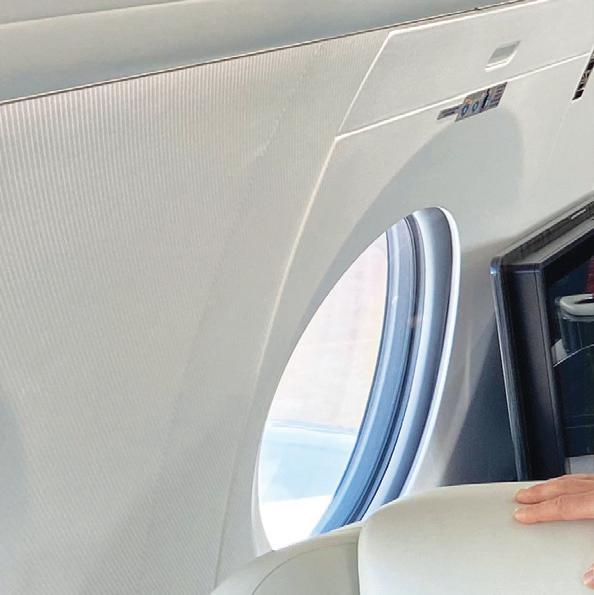



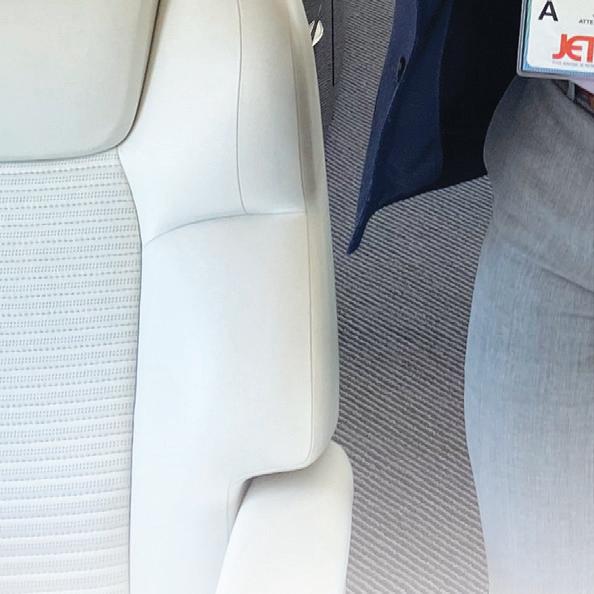

One of the main examples of this would be the open ended referral request. The sales team member will say something like: Do you know anyone in your circle that I should speak to?
People are busy and you’ve now put way too much pressure and work on the shoulders of that client and so the usual answer to this is: “Let me think about it and I’ll get back to you”, and that is the last that you will hear of it 9 times out of 10.
Most people are reasonable and happy to help and this includes billionaires. But in the overwhelming majority of cases they won’t work at helping and so the conversation needs to be positioned properly. One of the lenses we need to view the conversation through is “How do I make it as easy as possible for this person to help me?”
Q: So, what you are saying is that just hoping that your clients will spread the word about how great your products or skills are, either doesn’t work, or doesn’t work as well as it could. And you have the answers?
BG: Humbly speaking, yes, yes, yes and yes. We have studied this for years and have a tried and tested approach. It’s not only been the 8 years WealthQuotient has existed, but this goes back to my Wealth-X days as well. I’ve always had the belief that data and research is so valuable but if it isn’t tied to a simple process that a sales person can execute on it will not have the impact it could. WealthQuotient is that simple process any sales person can master to deepen



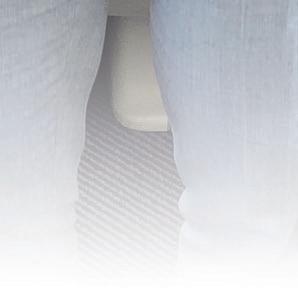
“ We have studied this for years and have a tried and tested approach.”





relationships with their customers and then leverage that relationship properly and in a non transactional way to access that clients broader network of qualified individuals.
That kind of brings up another aspect of our work. What’s become really obvious over the years is that the vast majority of sales teams have very transactional relationships with their customers. When sales professionals are vulnerable and transparent time and time again, I hear that in many cases they don’t really have relationships with a lot of the principals they sell to. I also hear from them that the only communication they often have with the principal is when something goes wrong or it’s time to sell them something again. We really focus a lot of our pre referral work on simple things that can be done to build a non-transactional relationships with a very specific and intentional focus directly with the principal.
In the business aviation space, I’ve found sales teams generally build relationships with the folks who are a tier or two down from the Principal. Maybe it’s the chief pilot or the EA, but all too often it’s not to the Principal. In my experience, most sales professionals will have relationships with maybe only 15 to 20 percent of the Principals they sell to. Which in some ways might be where the fear we talked about that keeps people from having referral conversations come from to begin with.
What we want to do is to help teams expand their circle of relationships from 15 to 20 percent of the Principals they sell to, to something nearer to 70 to 80 percent of them. Go build a relationship with the Chief pilot or the head of the flight department. Absolutely build a relationship with the assistant but the main focus from my perspective should be doing everything you can to build a relationship with the principal directly. This is possible. I’ve found that among a lot of sales professionals there is a deeply held, and false, belief that the Principal just doesn’t care to engage with them. “I’m just the jet guy/girl”, is the sentiment we hit a lot. And I get why they feel that way but there are some intentional and non transactional things we can do to build deeper relationships with more of the principals we serve. The goal and intention needs to be that if a relationship doesn’t exist with the principal it’s because they haven’t opened the door for the relationship to develop not that I as the sales person haven’t done the things necessary to facilitate that relationship. And unfortunately, all too often it’s more of the latter than the former.
Q: So, how do you address this?
BG: We have developed something we call the “relationshipbuilding checklist”. A checklist of 4 to 5 things we get into our calendar that trigger what I call non transactional touchpoints throughout the year. None of them are magic but the consistent
layering of these non transactional touch points open doors and deepen relationships with the principal. We’ve seen it happen time and time again. Working through these helps the team to start building these relationships and getting these relationships to ourish. You can go to our Wealth Quotient website and download the checklist for free.
There has to be intentionality around this. It won’t happen by accident. This isn’t rocket science and we like to say that we make common-sense things common practice. Things people know that they should do but don’t do. We provide a process and lay tracks down that make it easy to execute on.
It’s a process that focuses on building transformational (non transactional) relationships with the principals our clients sell too and then equipping them to have really effective conversations with the Principal that leads to a steady flow of introductions.
Ultimately, the vision we are casting as we create a culture of referrals with the clients we work with is that if your team will get very intentional about having consistent and effective referral conversations with their customers it’s going to open doors to people and opportunities they would never have otherwise. And once implemented, that culture works! |BAM
e E xper ts in Av iation Insurance
When it comes to aviation insurance, expertise matters.
At Saepio Insurance Brokers, we specialise in crafting tailored insurance solutions for private jet owners, corporate charter flyers, and aircraft operators worldwide.
With years of experience and deep-rooted relationships in specialist aviation markets, we ensure you have access to the very best un and policies—designed around your unique needs.
✅ Bespoke cover for private jet owners and operators
✅ Hull & liability insurance for airplanes and helicopters
✅ Expert advice on fractional ownership, hangars & contents
✅ Trusted by international clients with complex aviation needs
Whether you fly your own aircraft or rely on a Pilot in Command, our team will make sure you're fully protected with first-class service and comprehensive coverage.
Your peace of mind is our flight plan.





ith the spring air pulsing with anticipation and Geneva alive with the energy of aviation’s biggest week, professionals from across the globe converged on OptimHall for one of EBACE’s most talked-about evenings — the BizAv Media Networking Party, held on May 20th, 2025.
As always, the atmosphere didn’t disappoint. The music kept the dance floor moving, conversations buzzed between sips and handshakes, and the drinks and bites were served just right — fresh, fun, and full of flavour. From industry veterans to fresh faces, the room was alive with possibility, proving once again that the best connections happen when the setting is just right.



The BizAv Media team continues to do what it does best: bring people together. Our aim is to offer an evening that’s not just social, but truly valuable — where chance encounters become strategic partnerships and casual chats turn into lasting collaborations.
Looking ahead, we’re bringing that same energy to NBAABACE in Las Vegas this October, where — for the third consecutive year — the iconic Hard Rock Café will set the stage for another high-impact networking night. And this year, we’re especially excited to officially welcome the Mix & Mingle community into the fold — bringing their unique vibe and network to what’s set to be our most dynamic U.S. gathering yet.

